This One Is For Nick
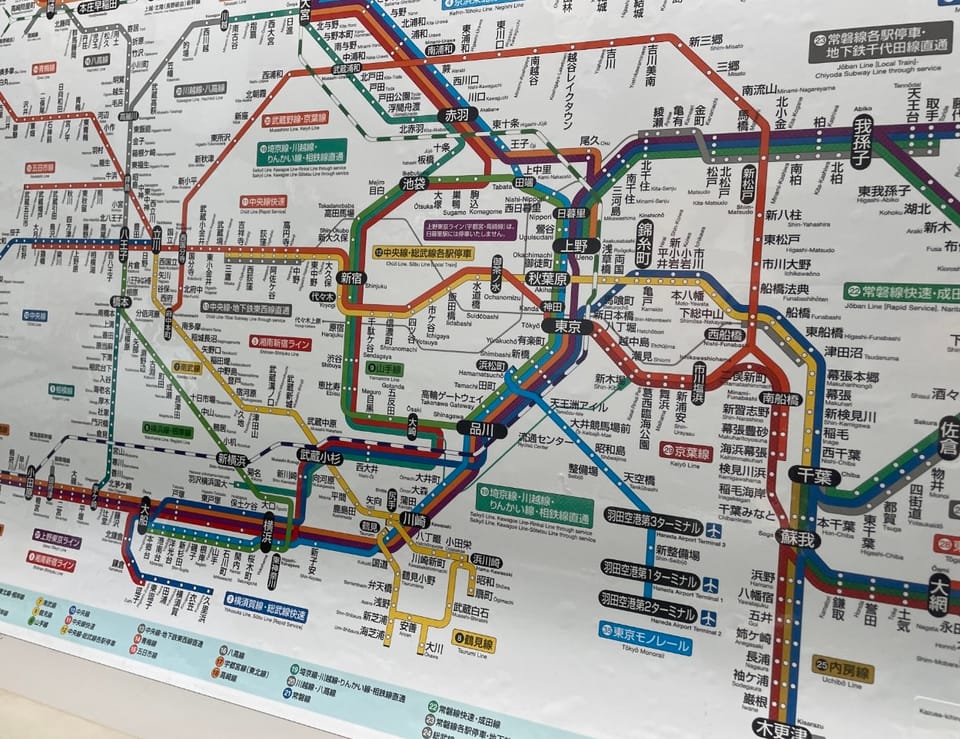
A day in the life...
Me: “I’m heading to Akihabara to find NFC tags.”
Nick: “Oh, that sounds like fun.”
I’m talking to Nick over Zoom. He’s in Australia. I am in Japan. I hadn't been thinking of the trip to Tokyo as "fun." In fact, I've been thinking almost exclusively about what to wear. Not in terms of being stylish, rather what will best hide the sweat that I will inevitably be soaked in. It’s mid September. It’s still insufferably hot and humid. Everyone’s talking about it, everyone’s tired of it.
I recalibrate my thoughts to Nick‘s comment. Yes, actually. This isn't just a sweaty commute, and it isn't headed to some unavoidable toil. This trip is part of the joy of being alive, the privilege of expression, the aliveness of creation.
I will document! It will be fun!
And here we are. A day in the life... A (mostly) unedited pictorial essay about an artist's trip into Tokyo looking for NFC tags for an audio installation.
//
Breakfast/lunch
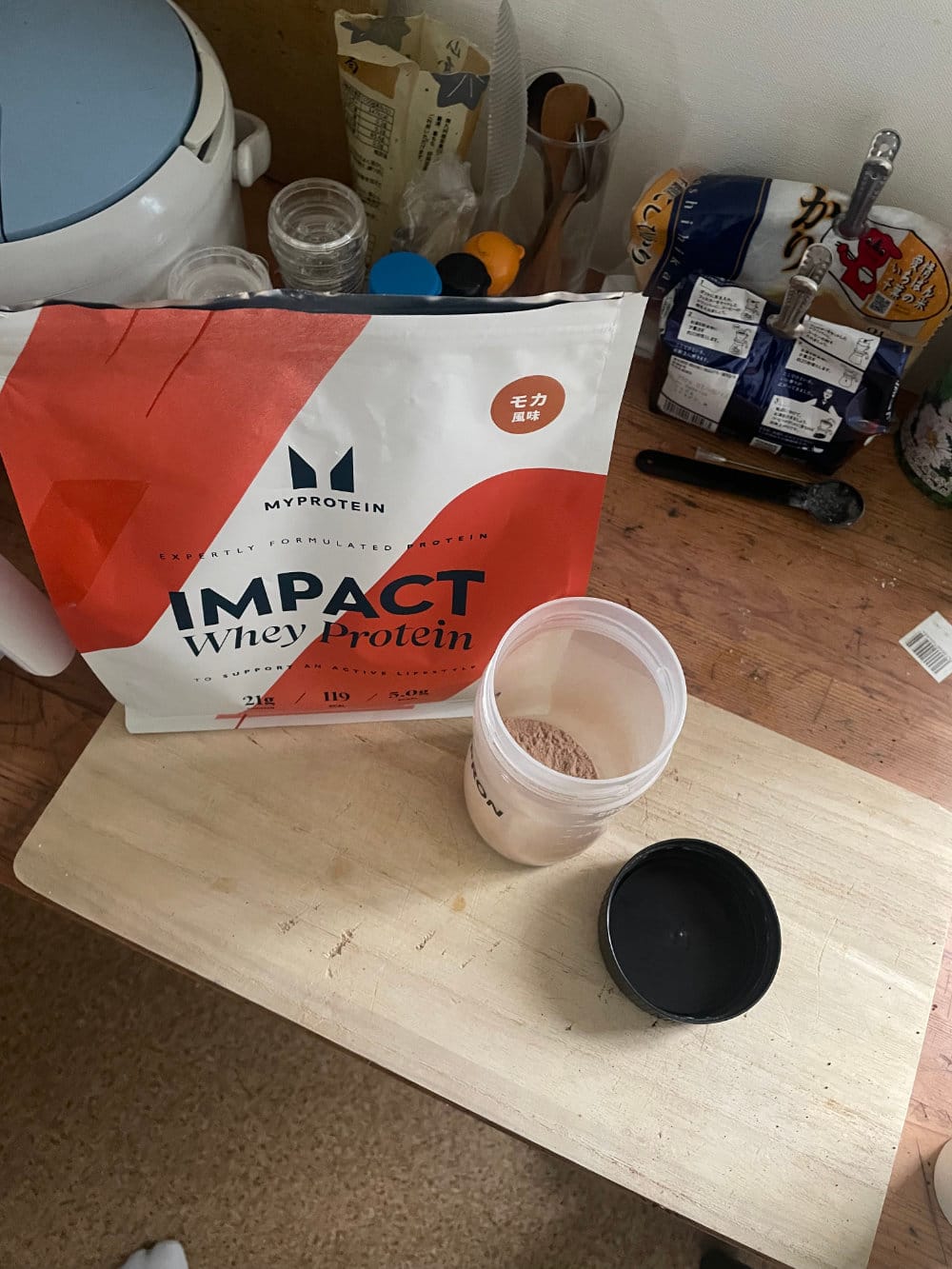
Morning Exhibition Installation Prep
I had no idea how to do any of this before I set up the installation (let alone whether it would all work). Now it's a comforting multi-step ritual I go through every morning just before 11:00am, when the exhibition opens up each day.
- Turn on the H6 recorder
- Turn on the monitor
- Start up the Raspberry Pi (with a tooth pick)
- Turn on the bluetooth keyboard and mouse
- Wait for the Raspberry Pi to start up
- In the meantime, set up the H6 in audio interface mode, and set it to Audio I/F only. (This was the magic tiny little step I finally figured out that made the whole thing work)
- Launch Sonic Pi
- Use this weird graphical rerouting software to reroute Sonic Pi's audio from the default speakers to the H6. (Another magic tiny little step that didn't reveal itself until late one night, while troubleshooting, I thought to upgrade Sonic Pi and the upgrade installed this weird software which made everything work.)
- Turn on the lights
- Raise the curtains
- Ready!
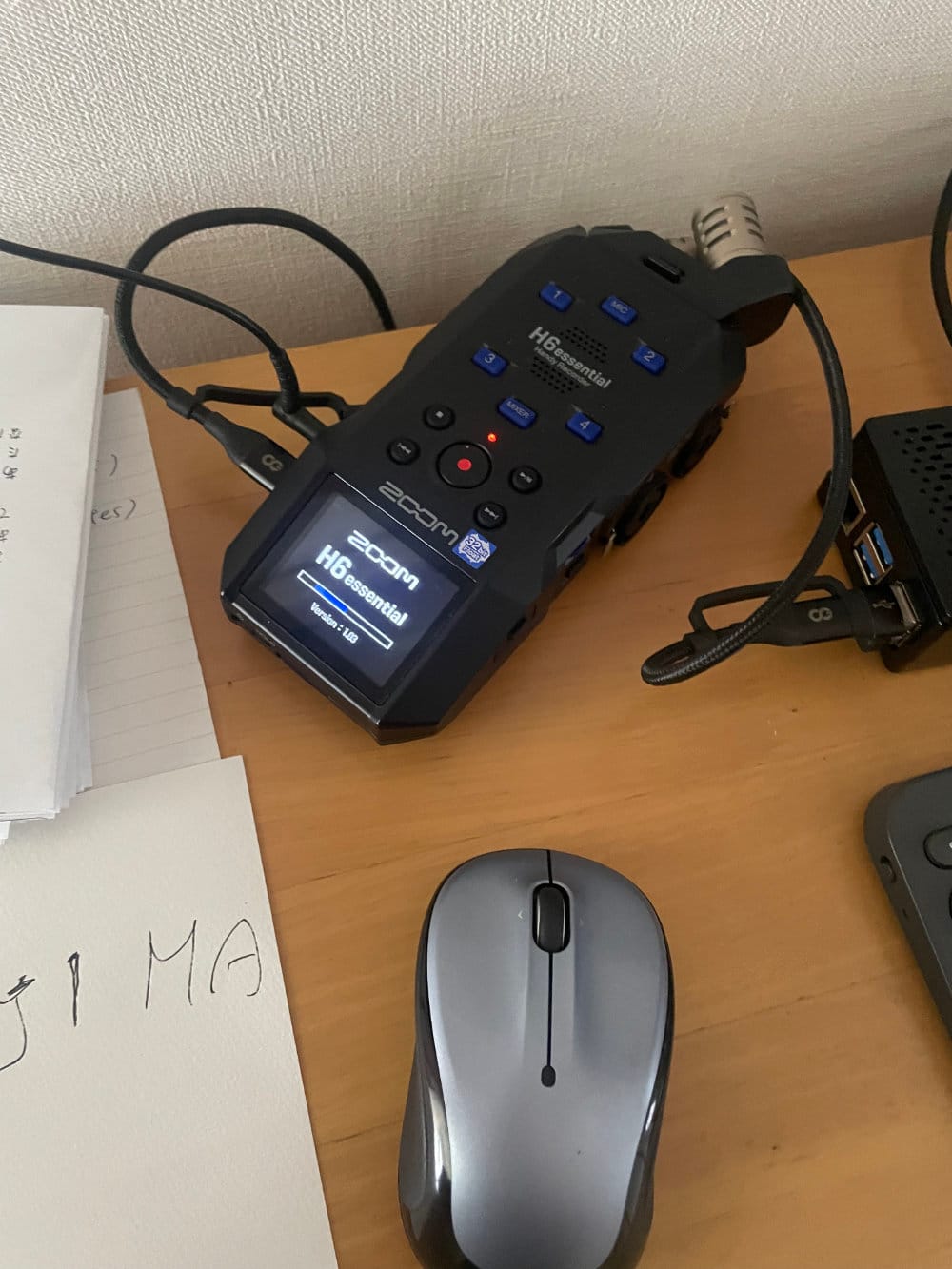
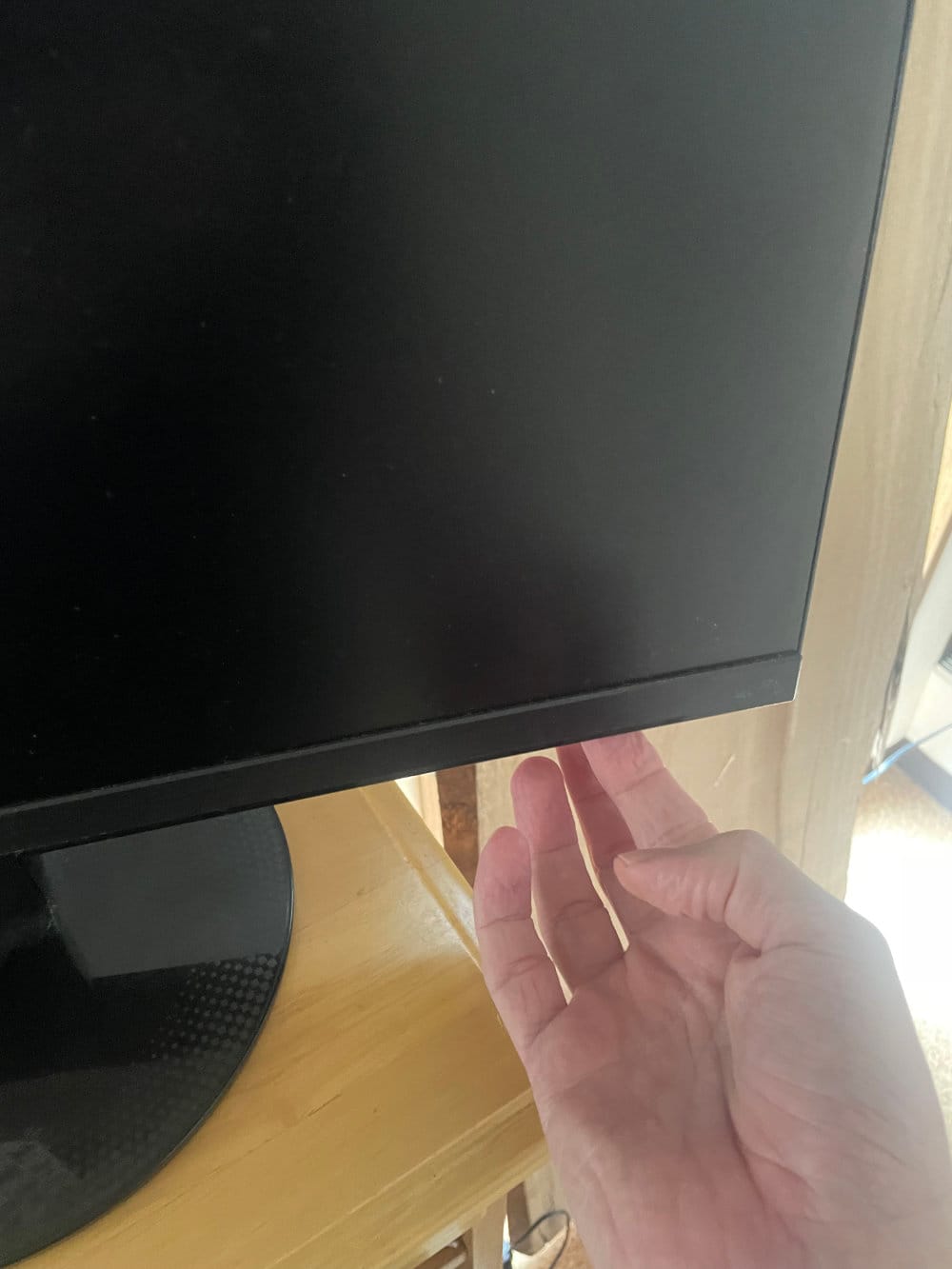
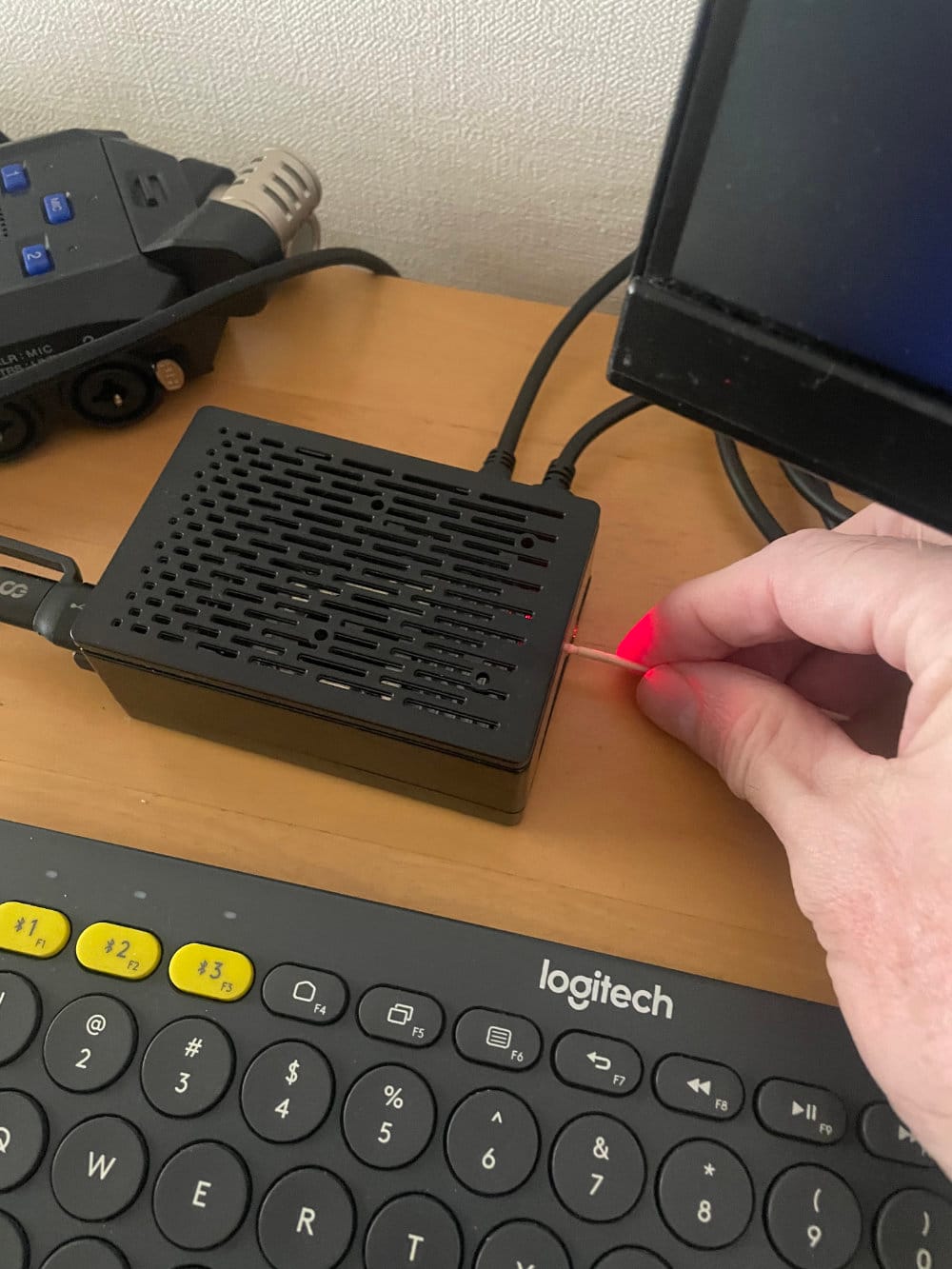
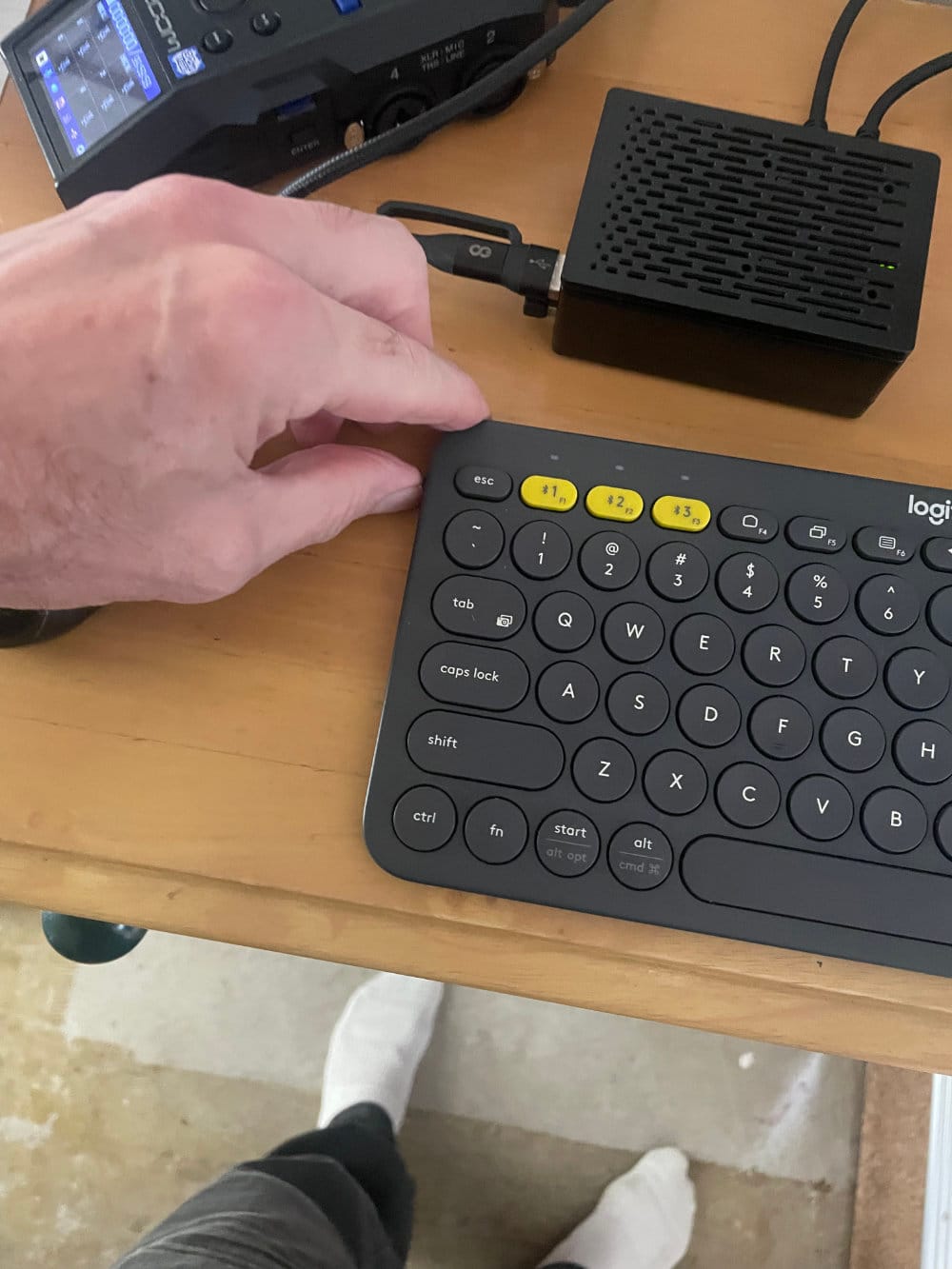
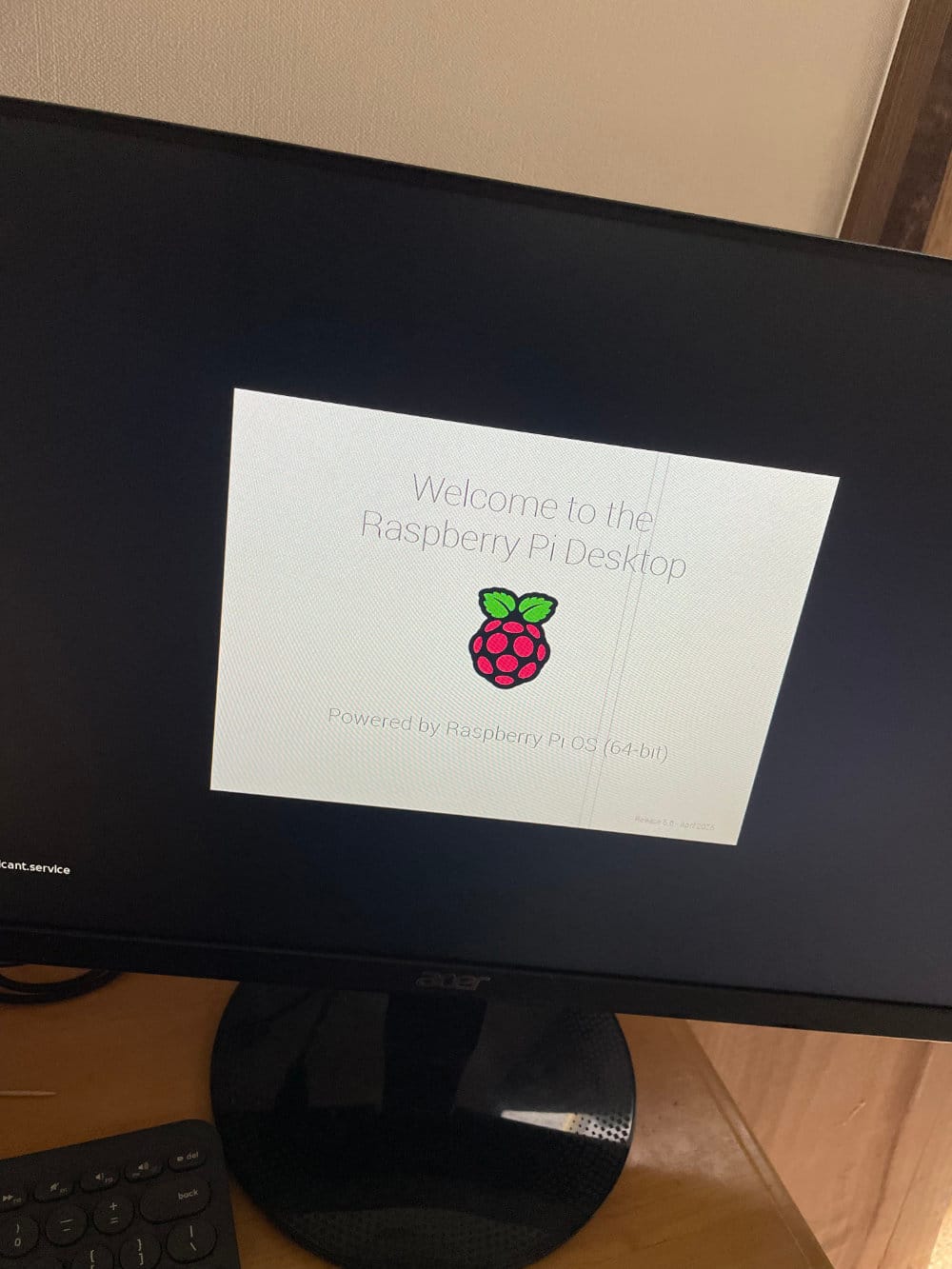
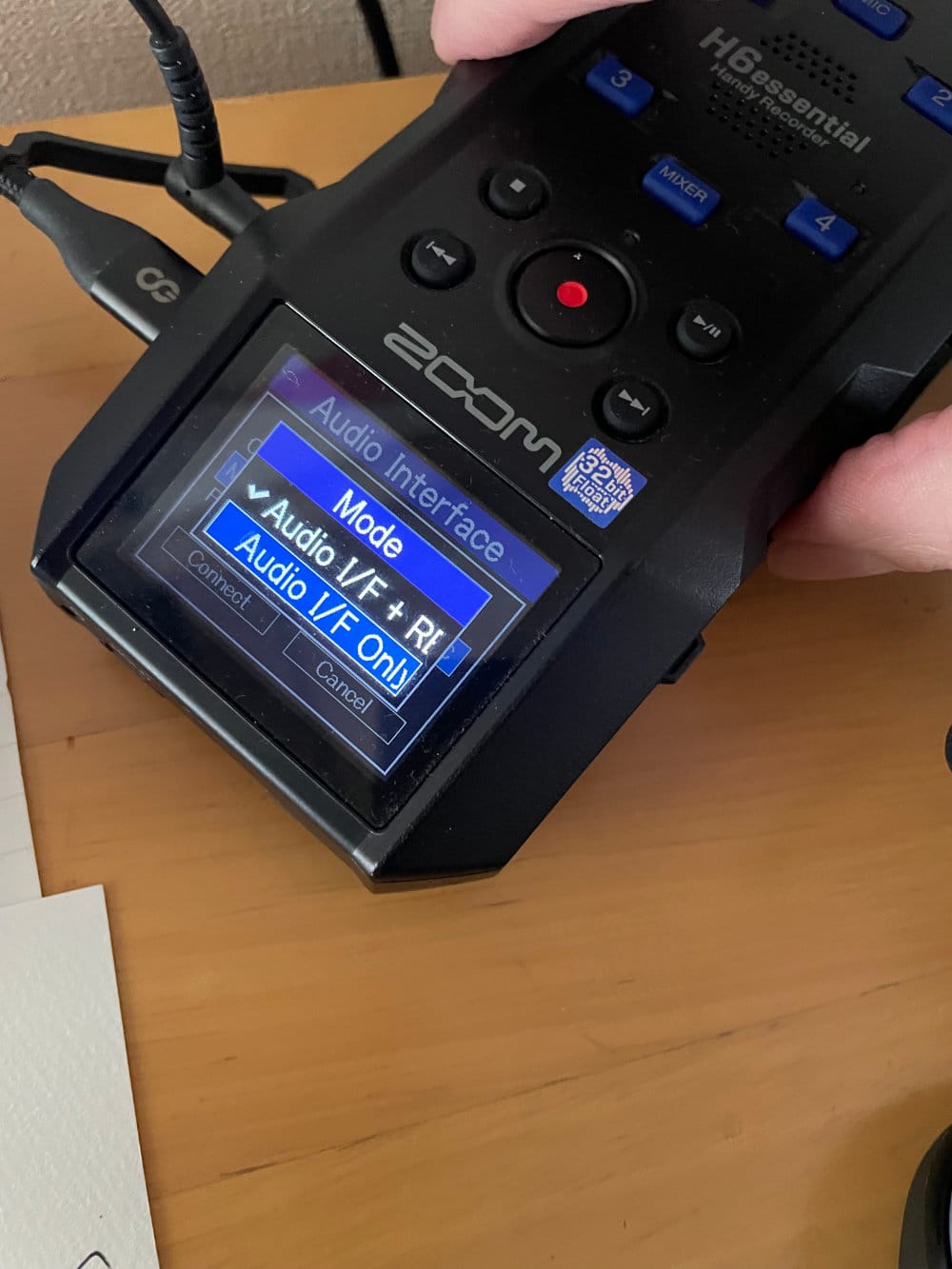
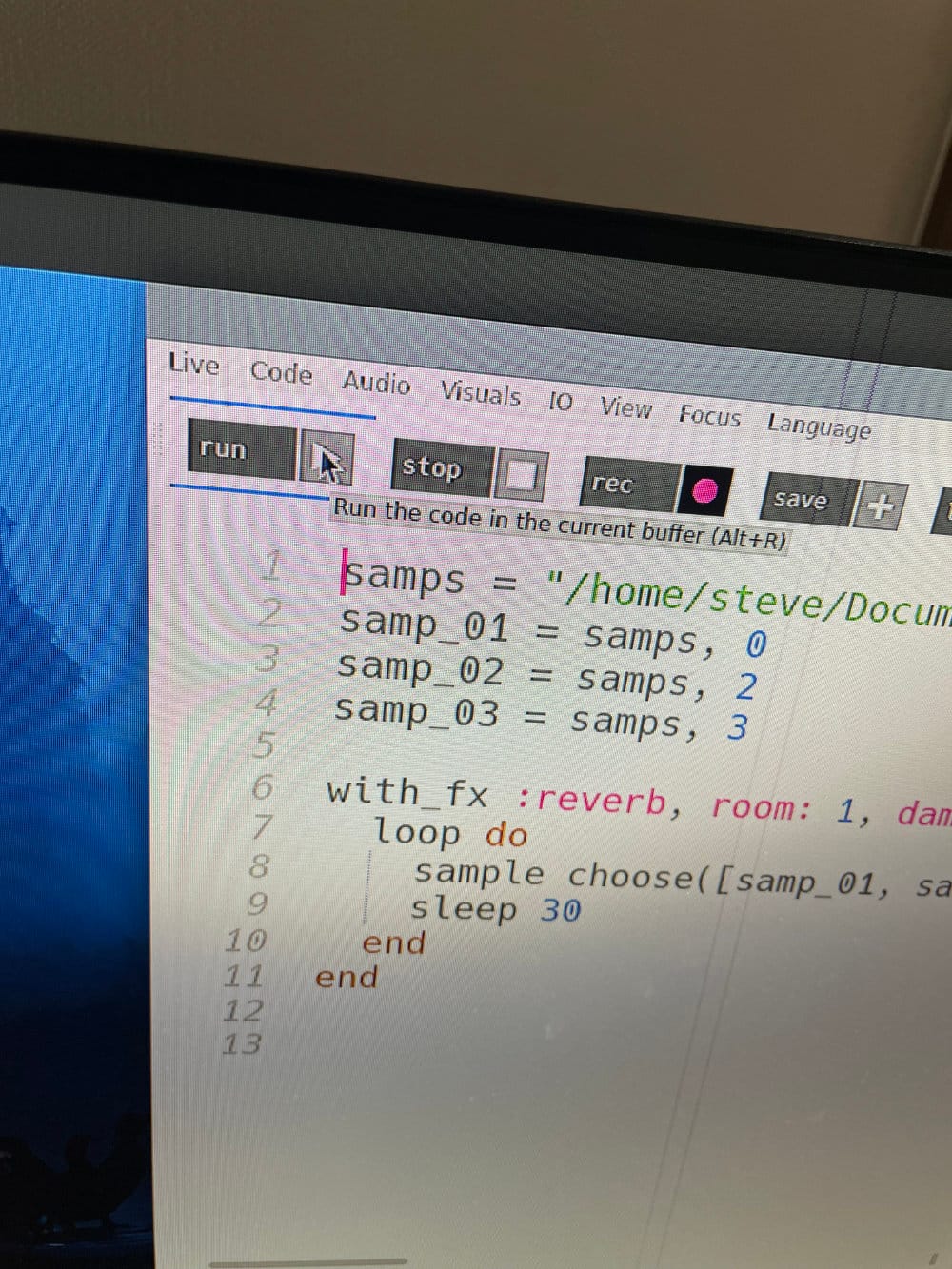
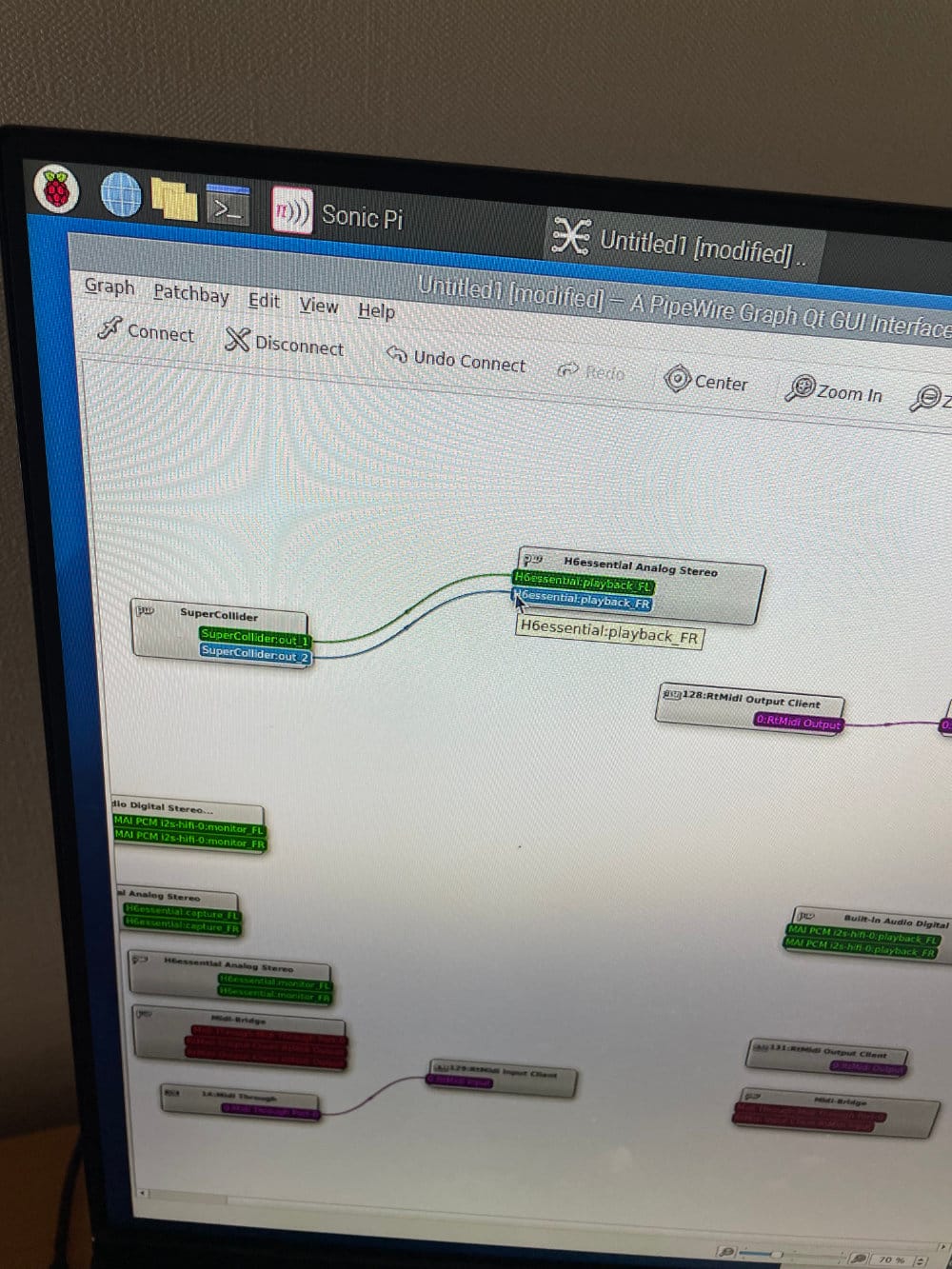
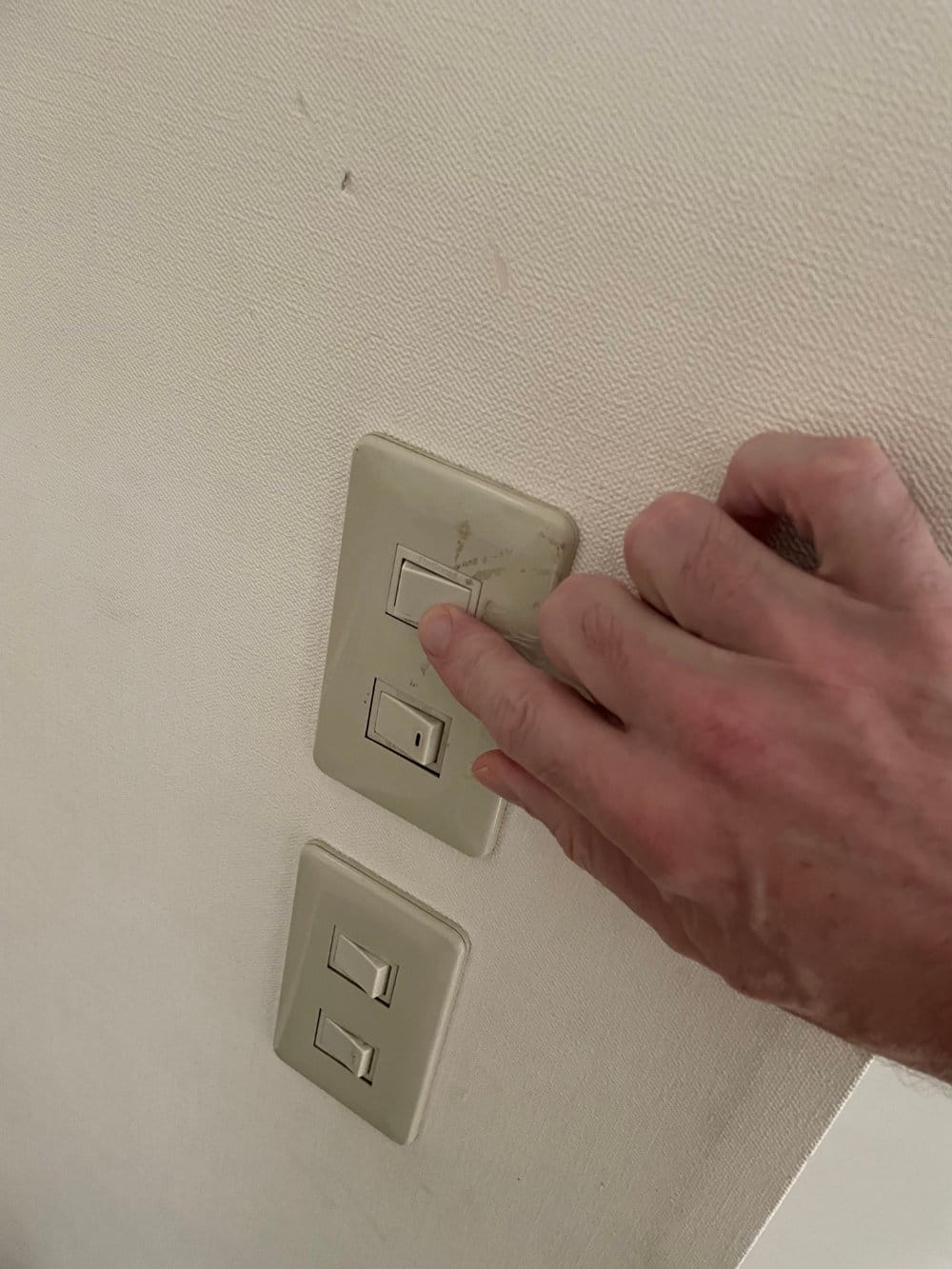
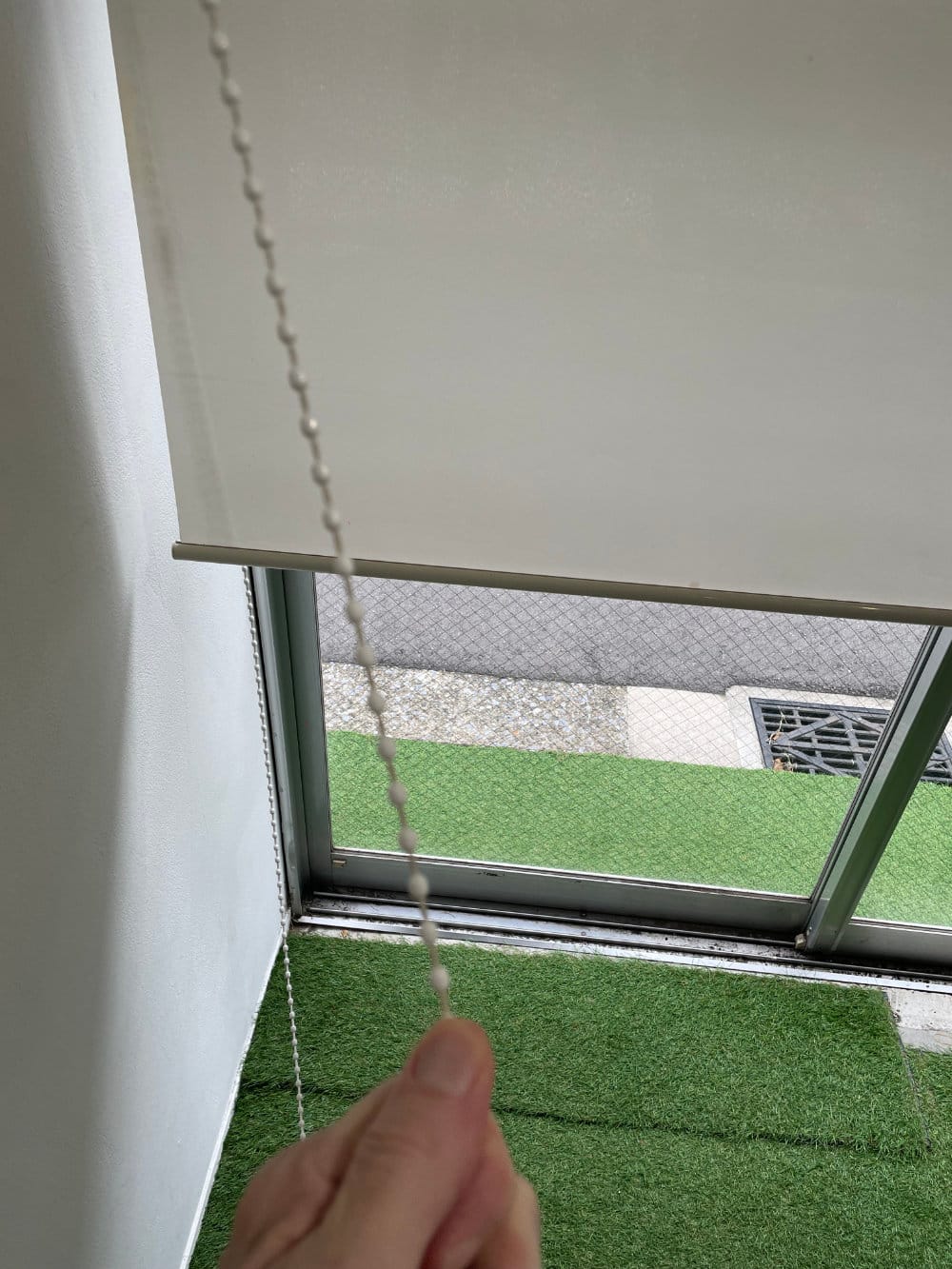
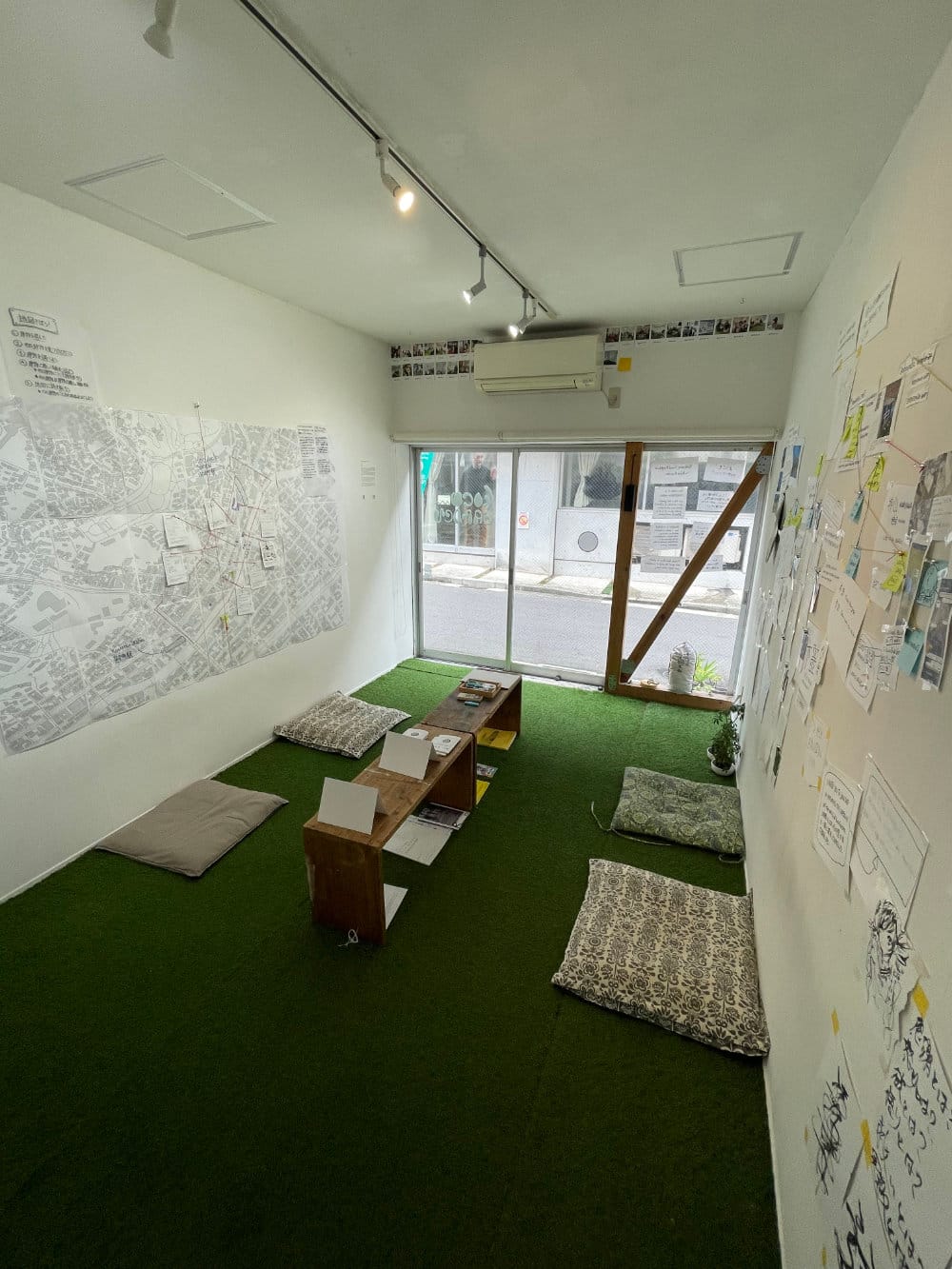
//
On the way to Hinodecho Sation
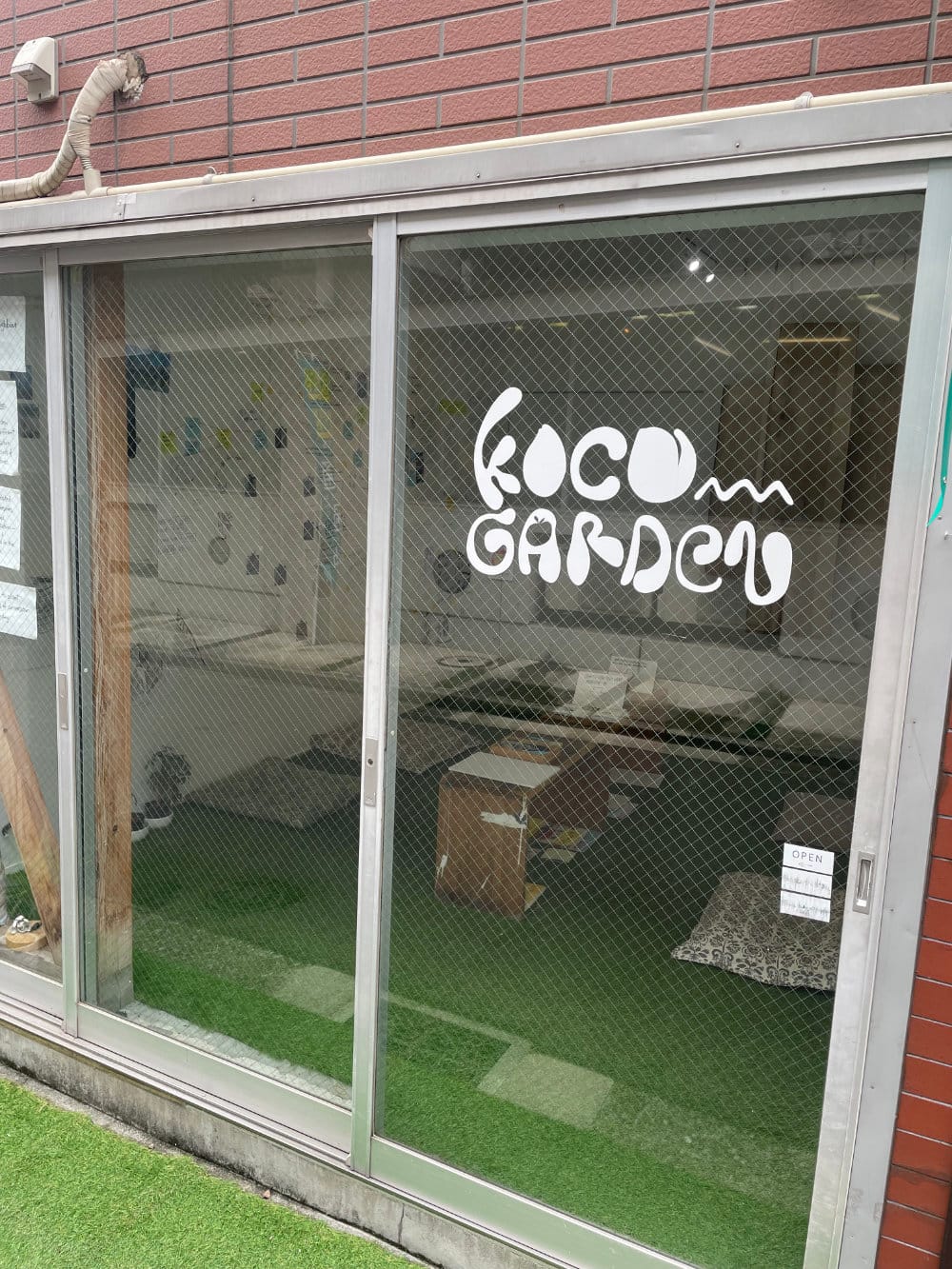
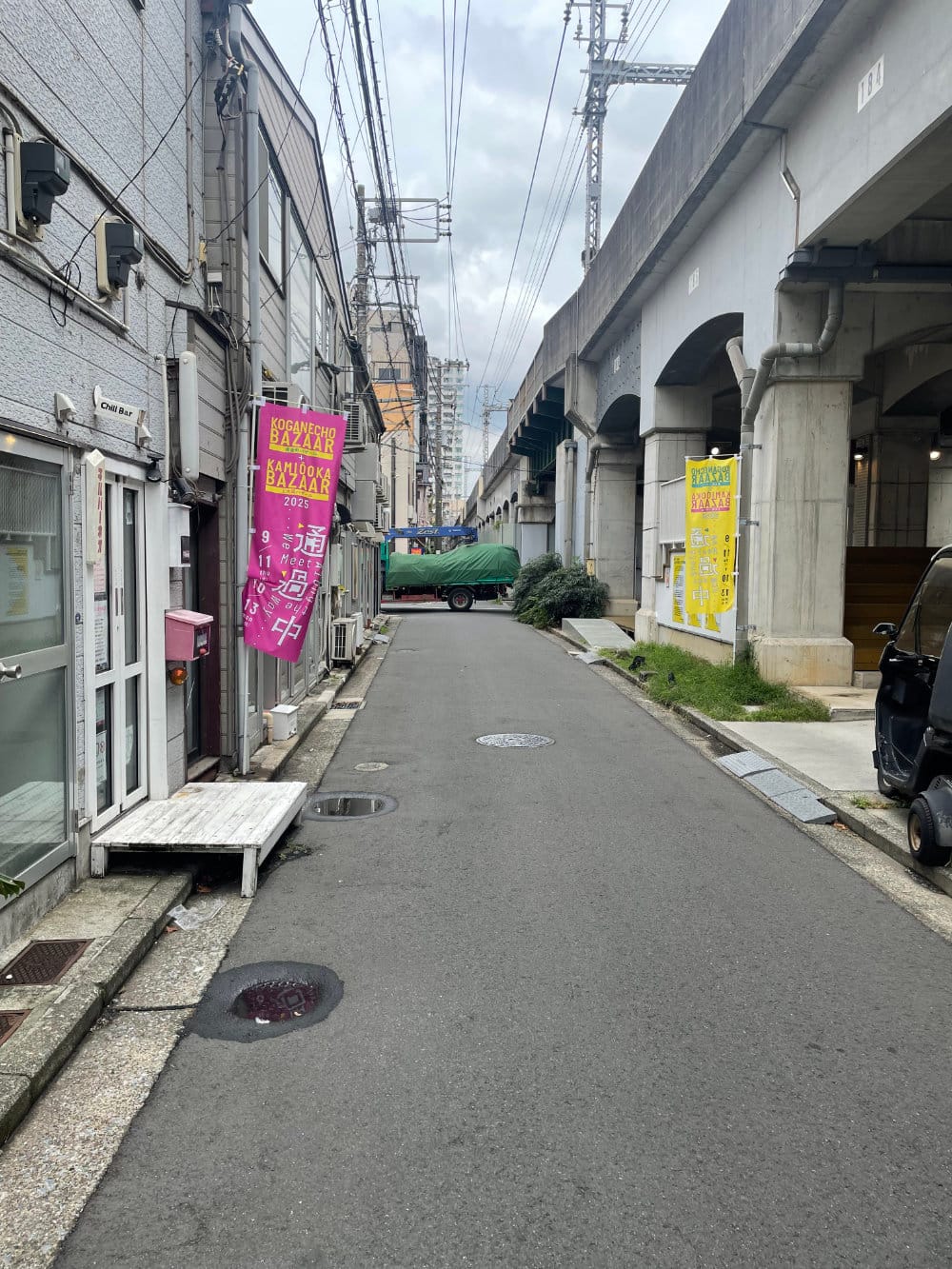
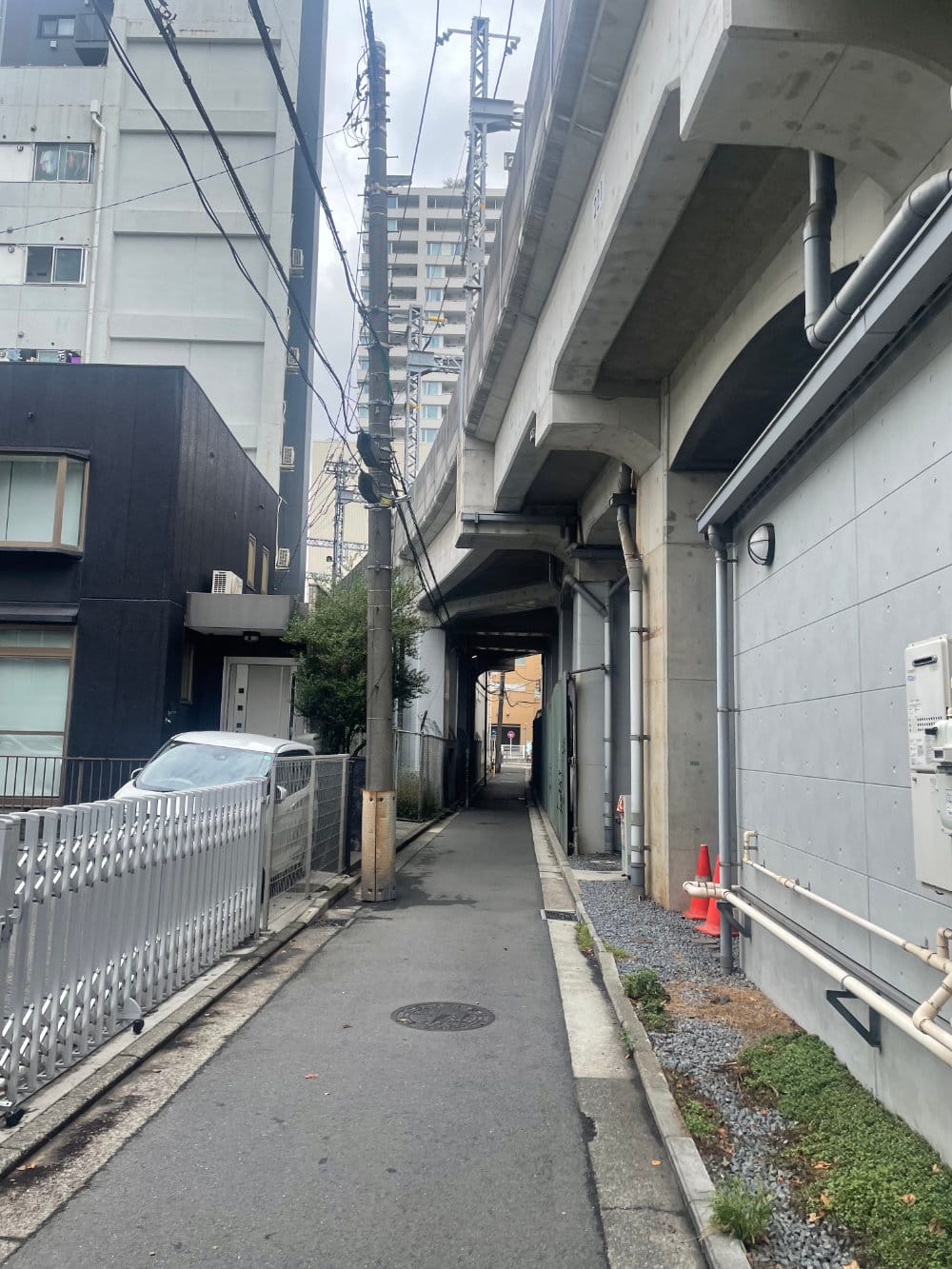
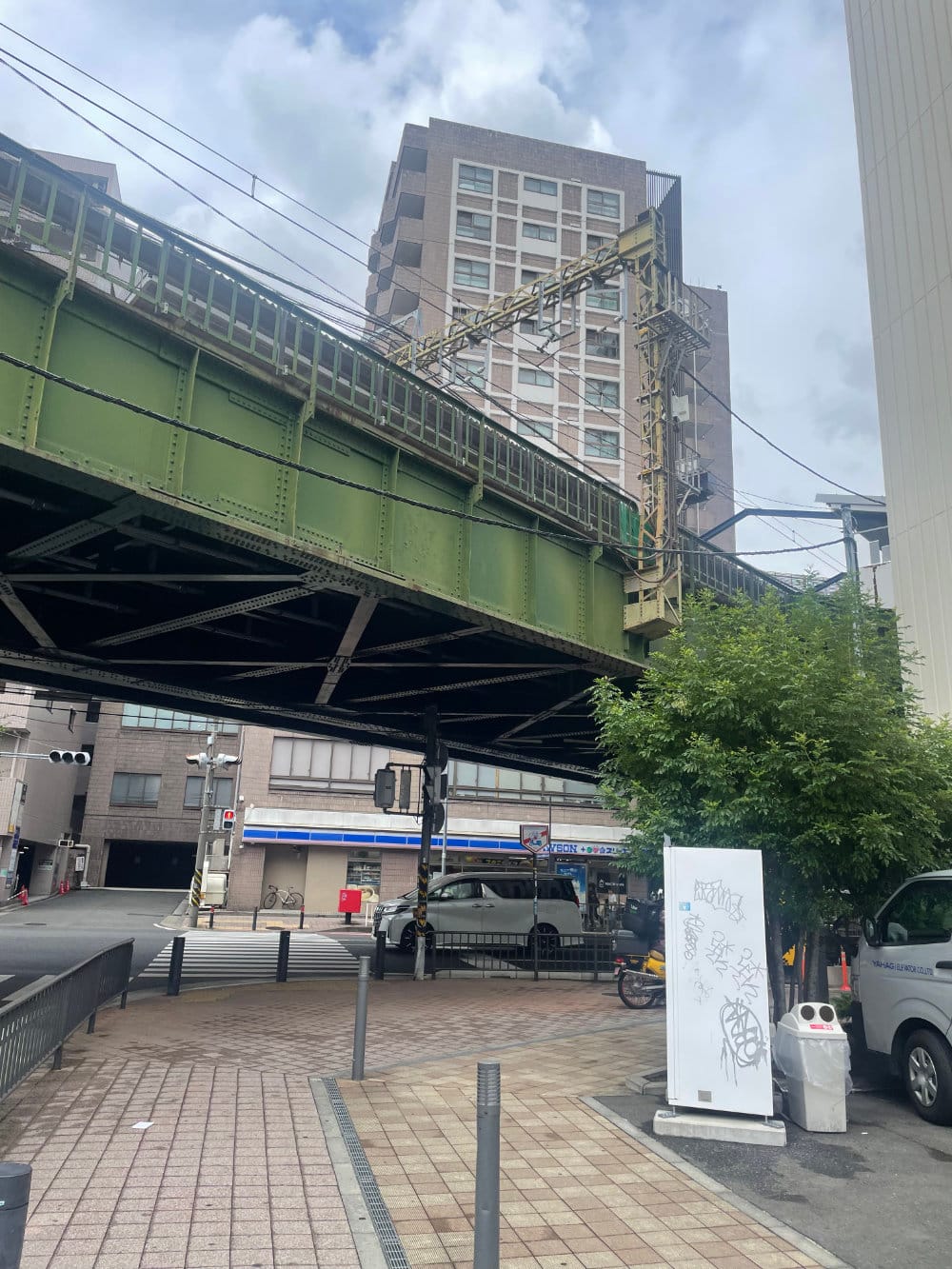
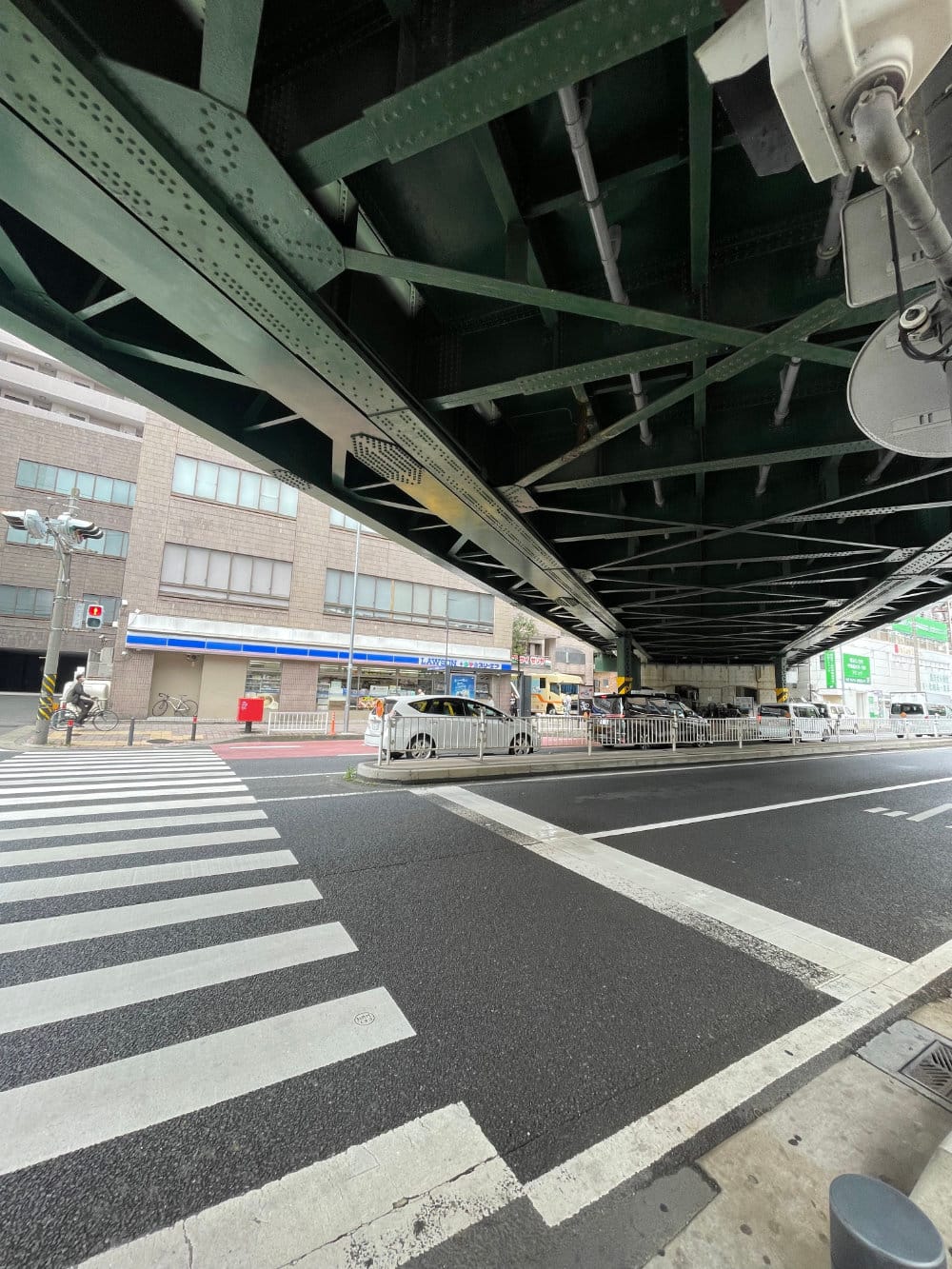
//
Hinodecho Station
Load up the Pasmo card so I can get to Tokyo and back. Head up the stairs and wait at the second gate to the right. If it's an 8 car train, that car will stop exactly in front of the stairs when it arrives at Yokohama Station. This is now all so incredibly familiar.
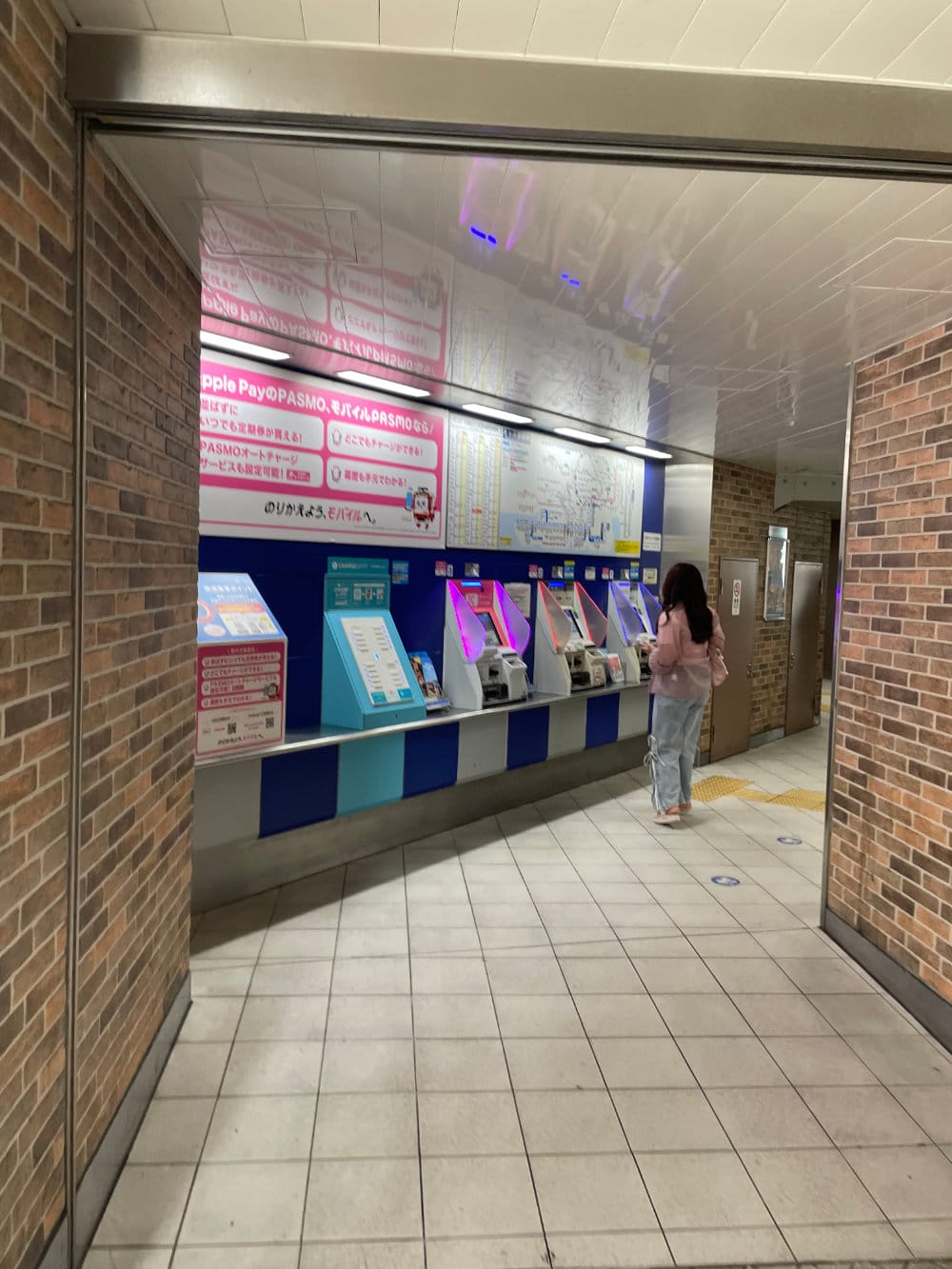
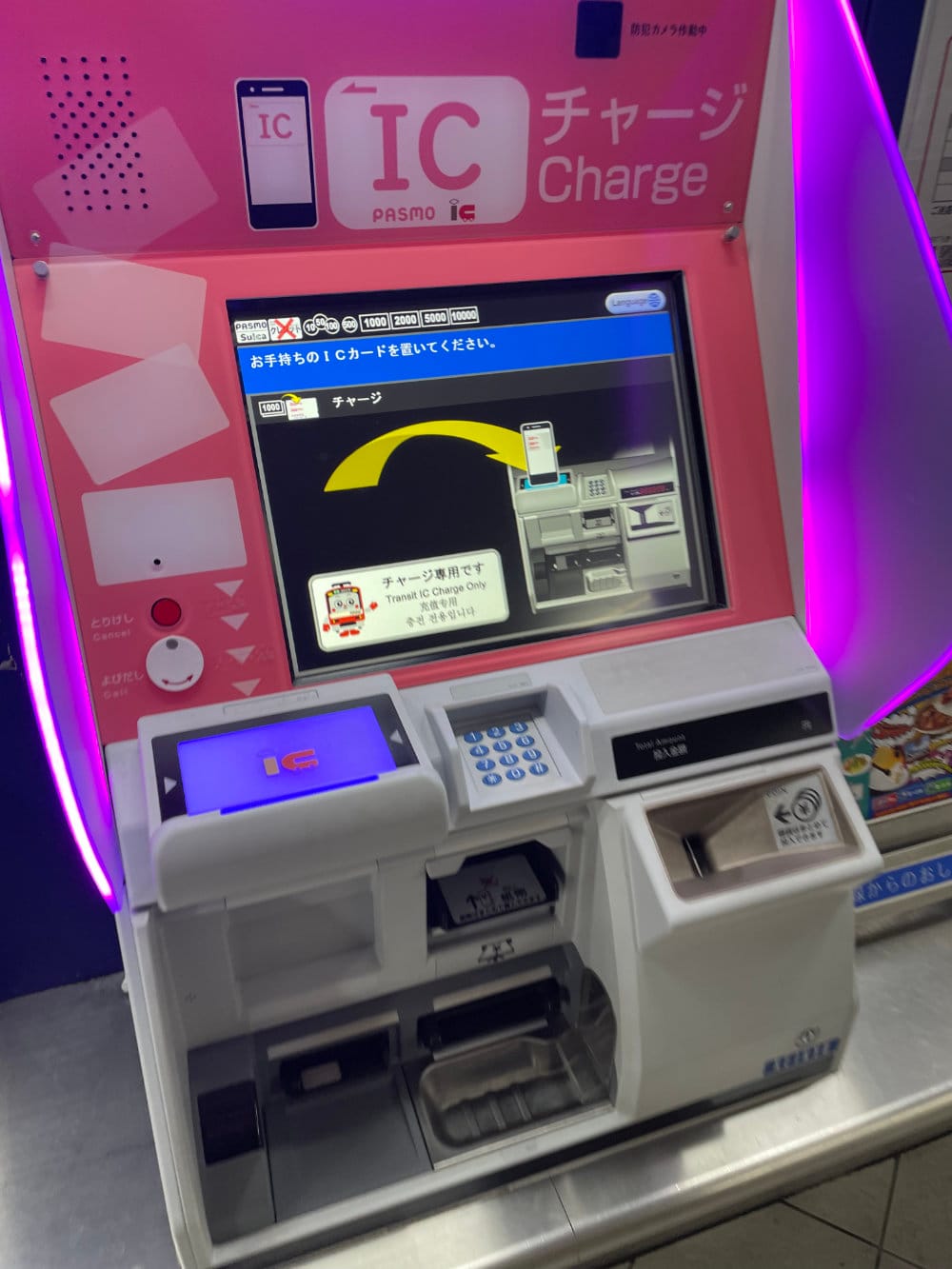
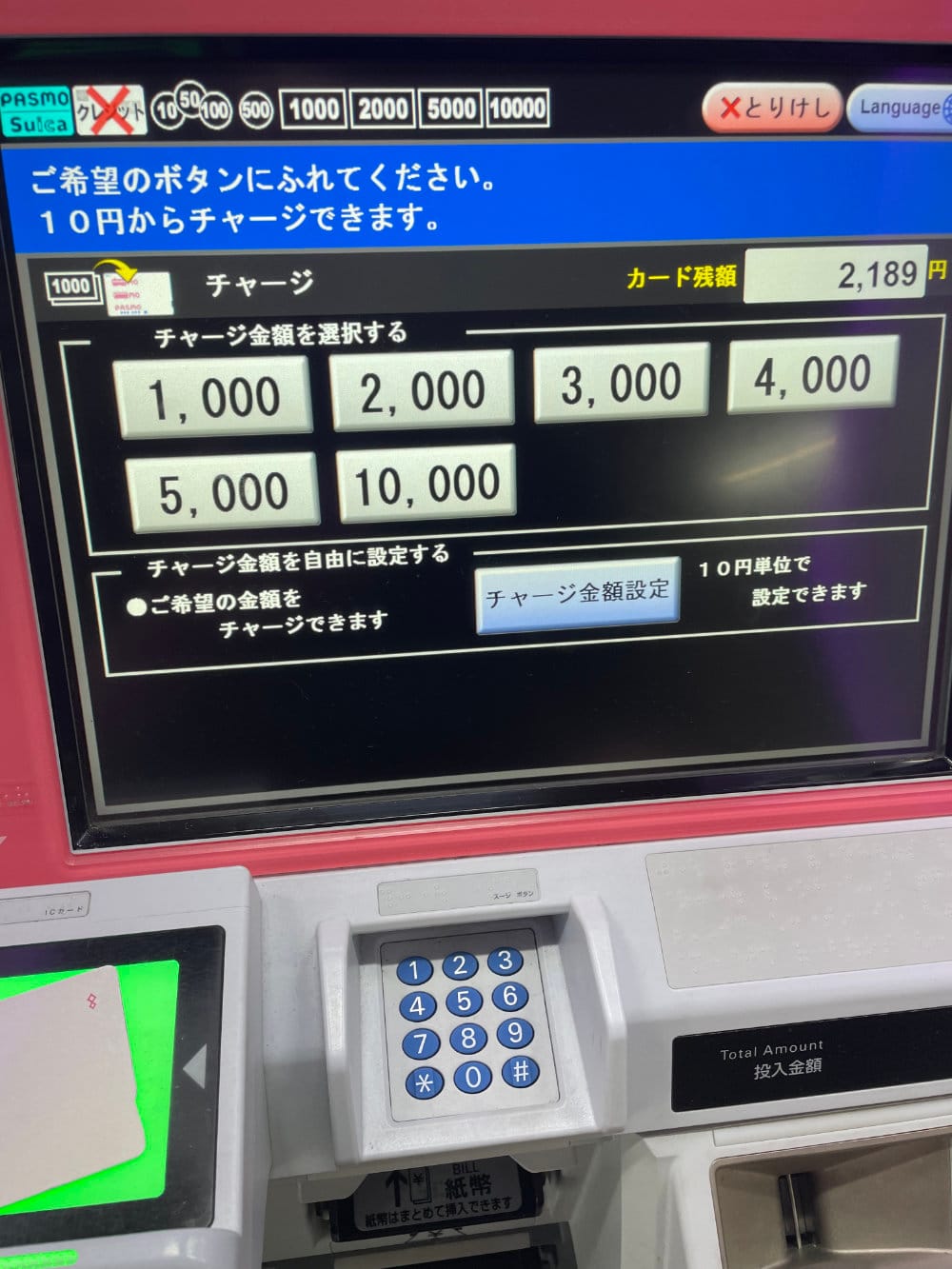
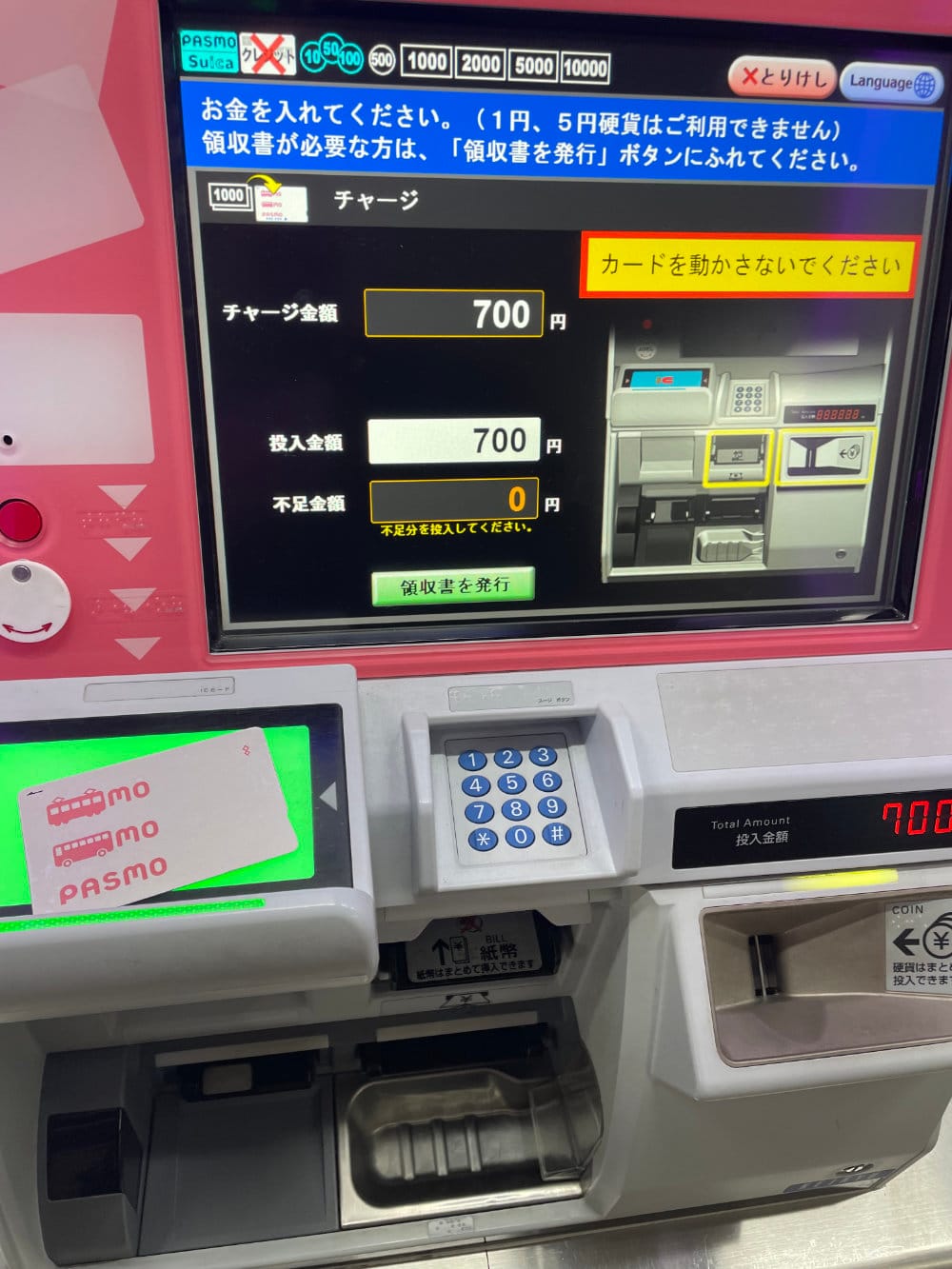
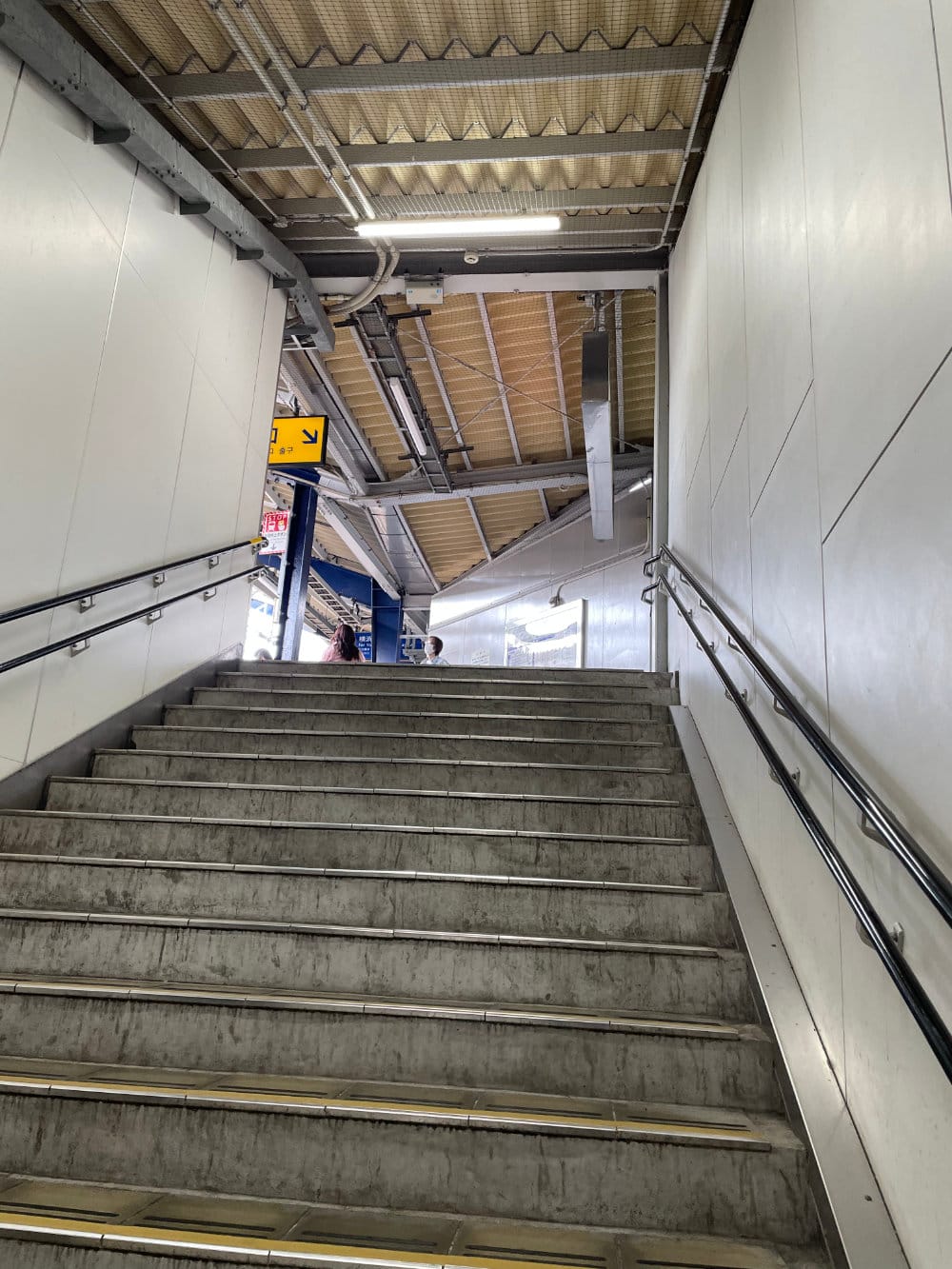
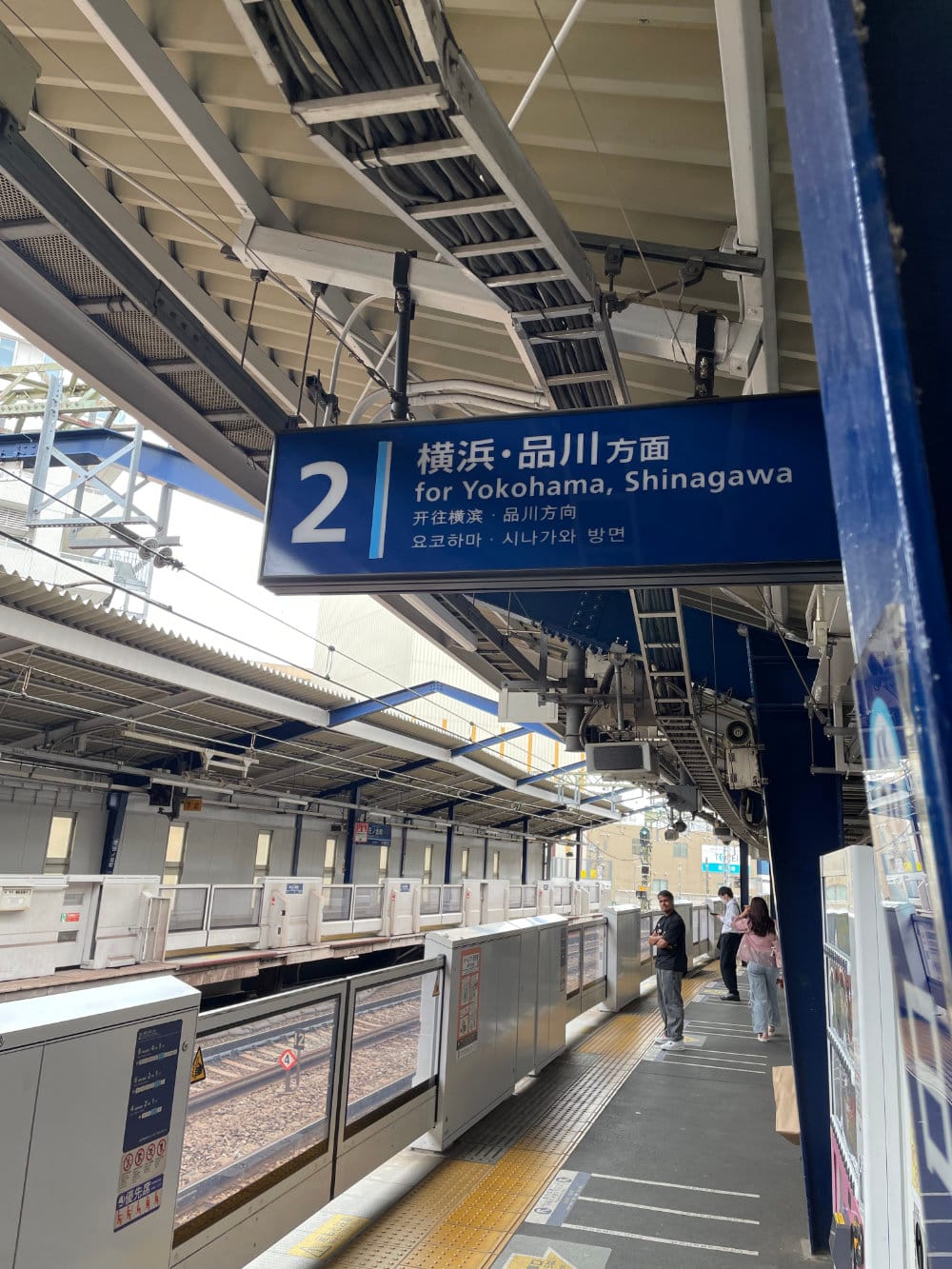
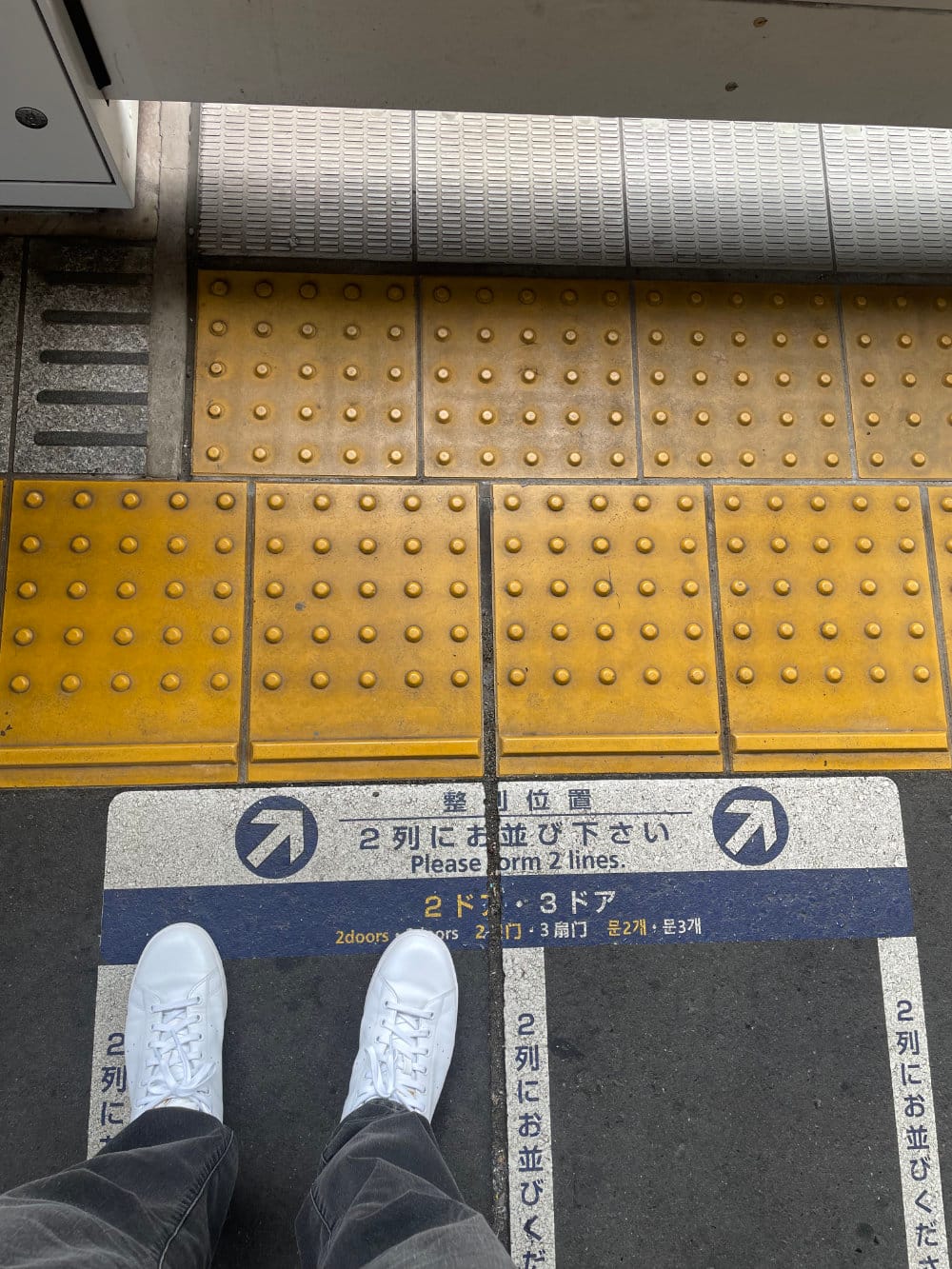
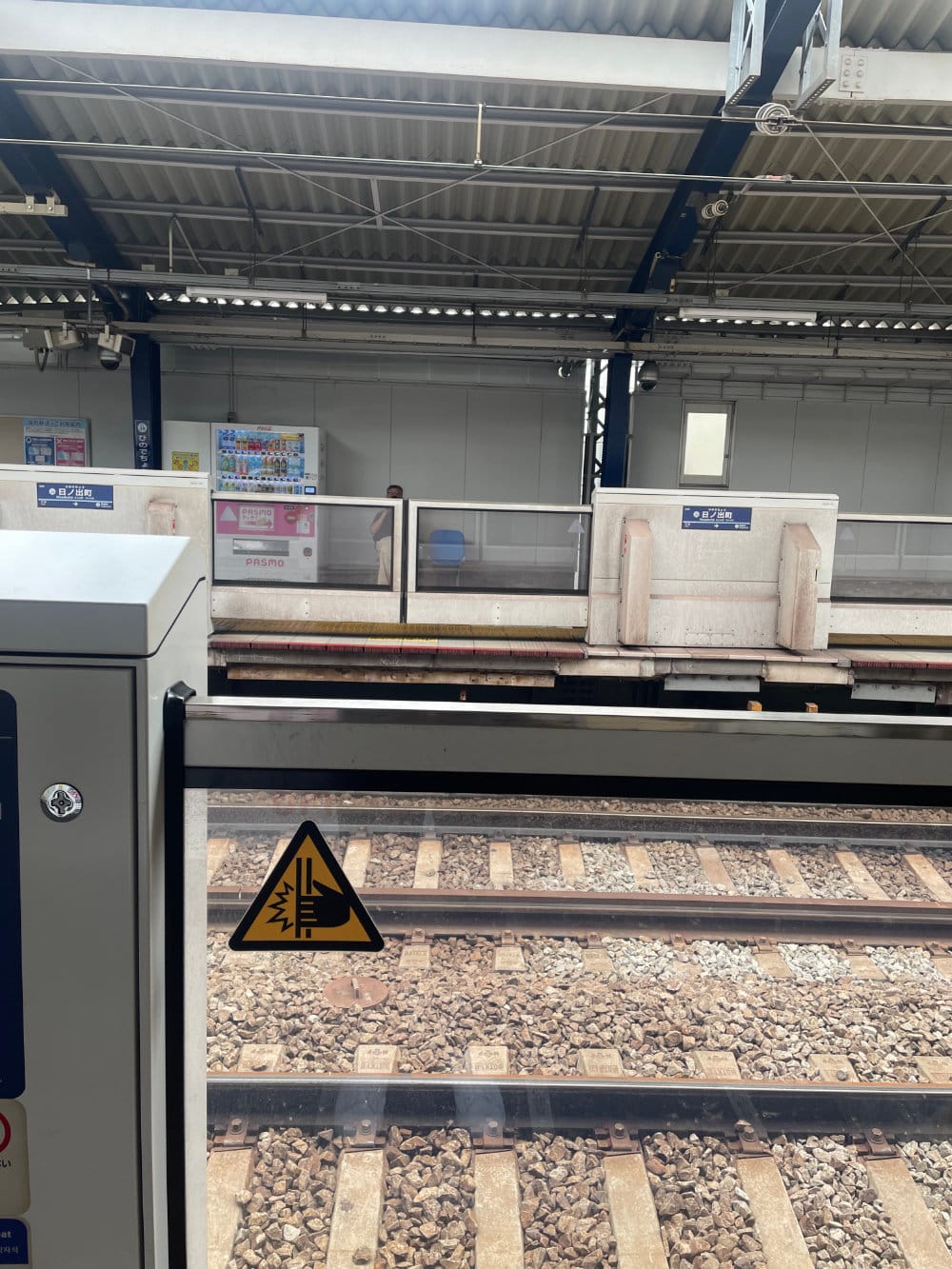
//
Yokohama Station Transfer
Almost every trip I make requires a transfer at Yokohama Station, two short stops away. It's the second busiest station in Japan, after Tokyo Central Station. I go from the Keikyu line to the JR line, via the tranfer gate. I see the "Not an exit!" sign and hear the scratchy little motion-sensor-plastic-speaker constantly announcing the same thing. Tap through with the Pasmo card, head to platform 7-8, JR's Tōkaidō Line. Check the arrival times and car length for optimal platform positioning, and wait.
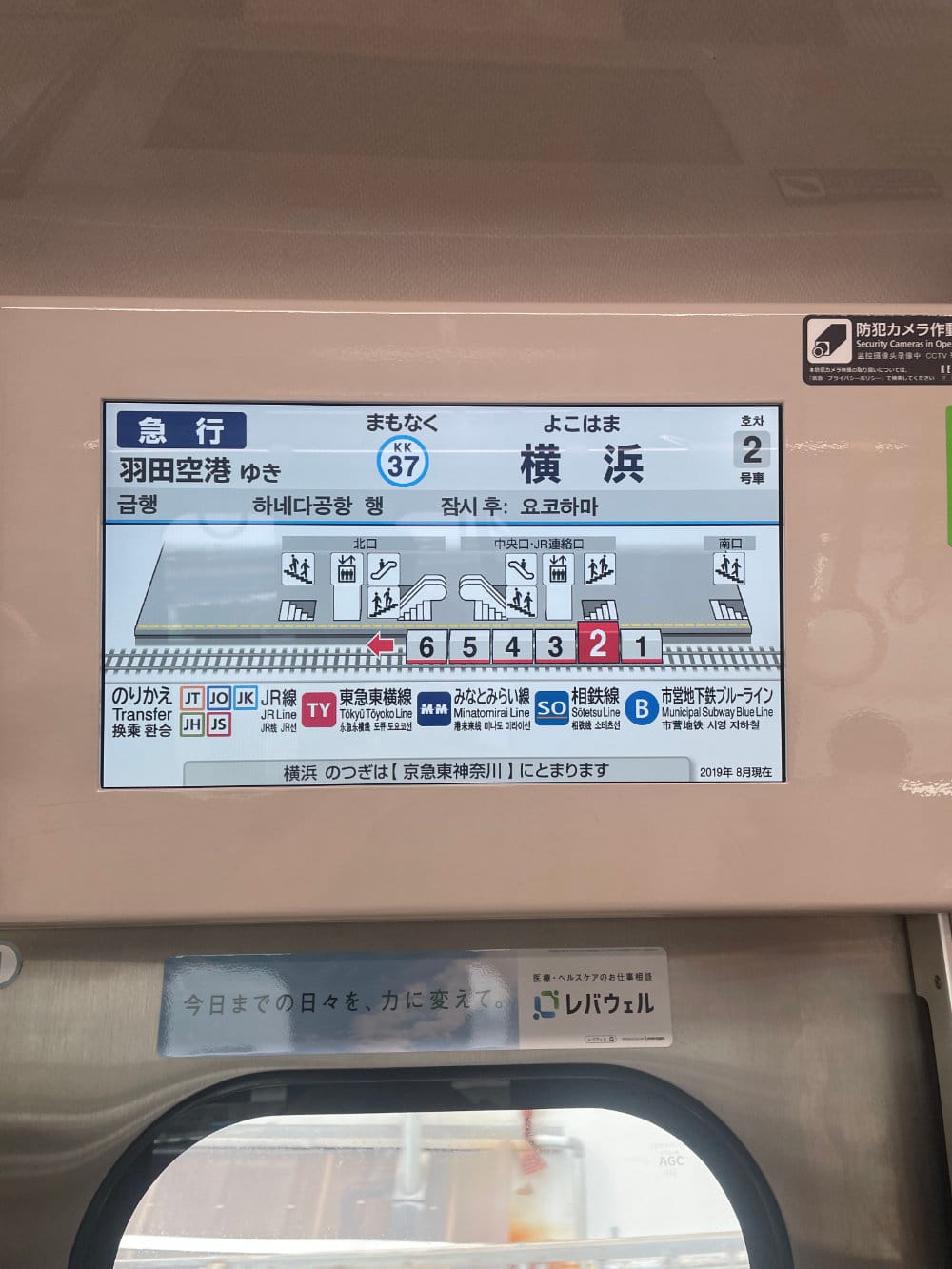
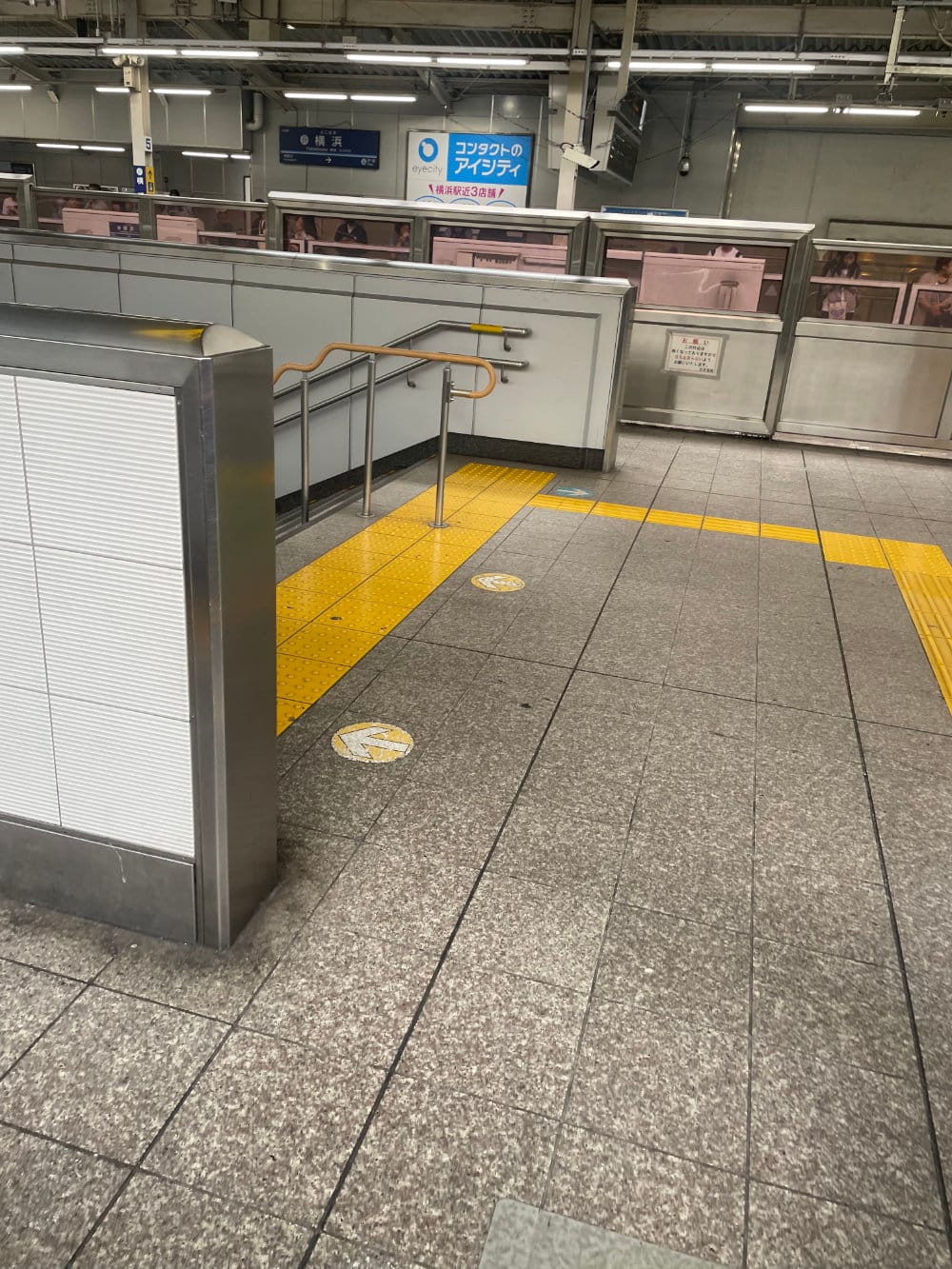
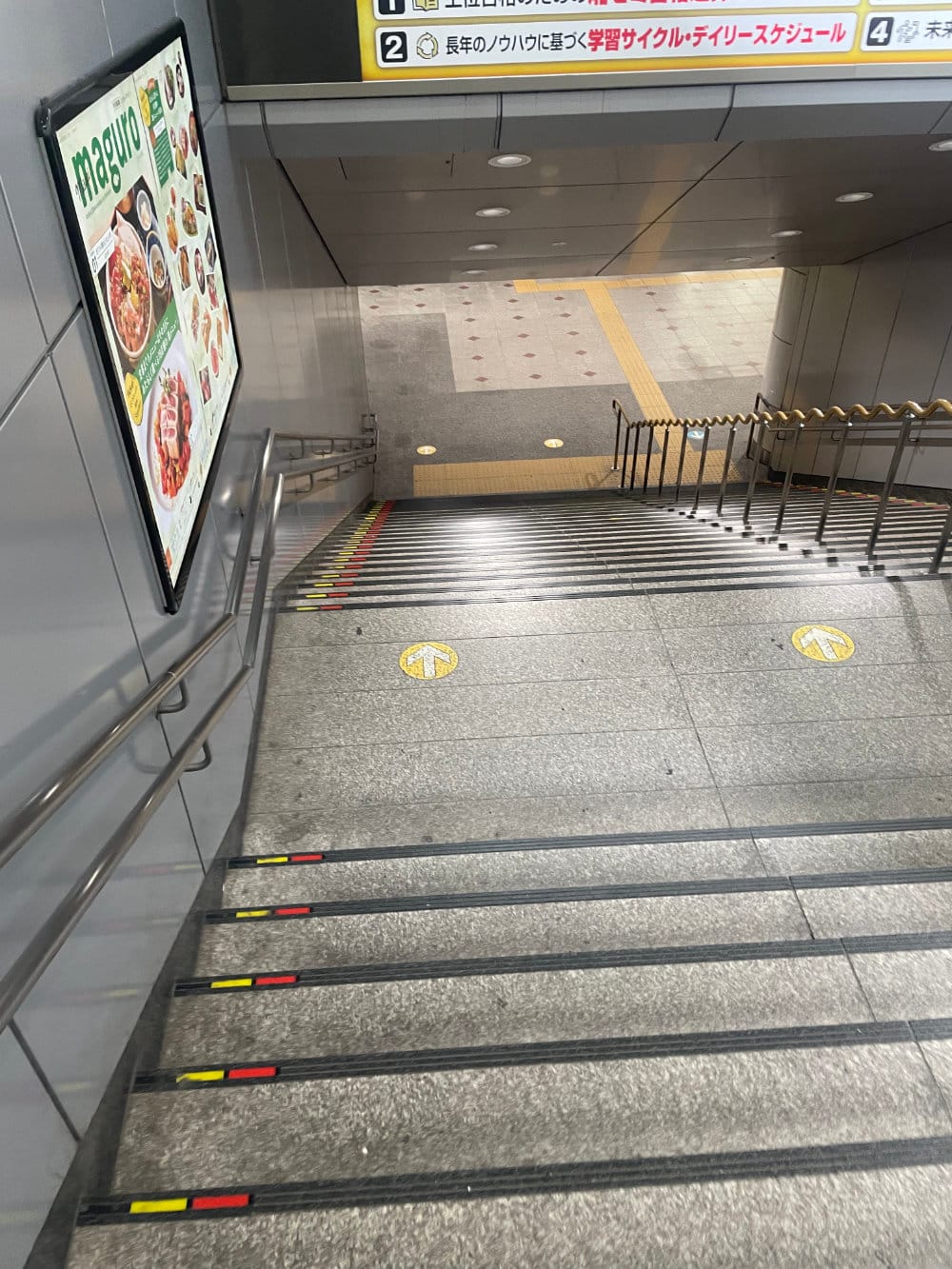
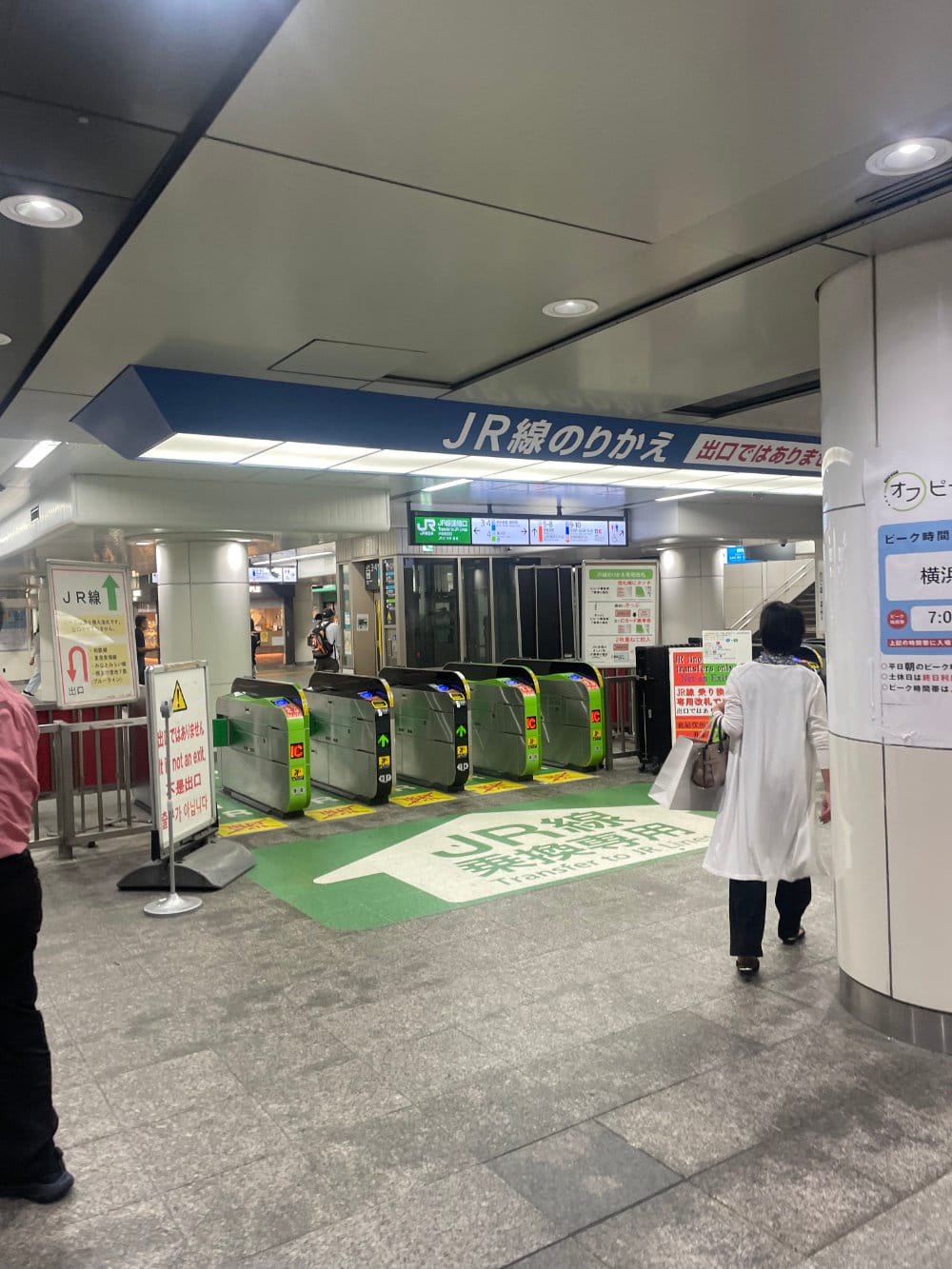
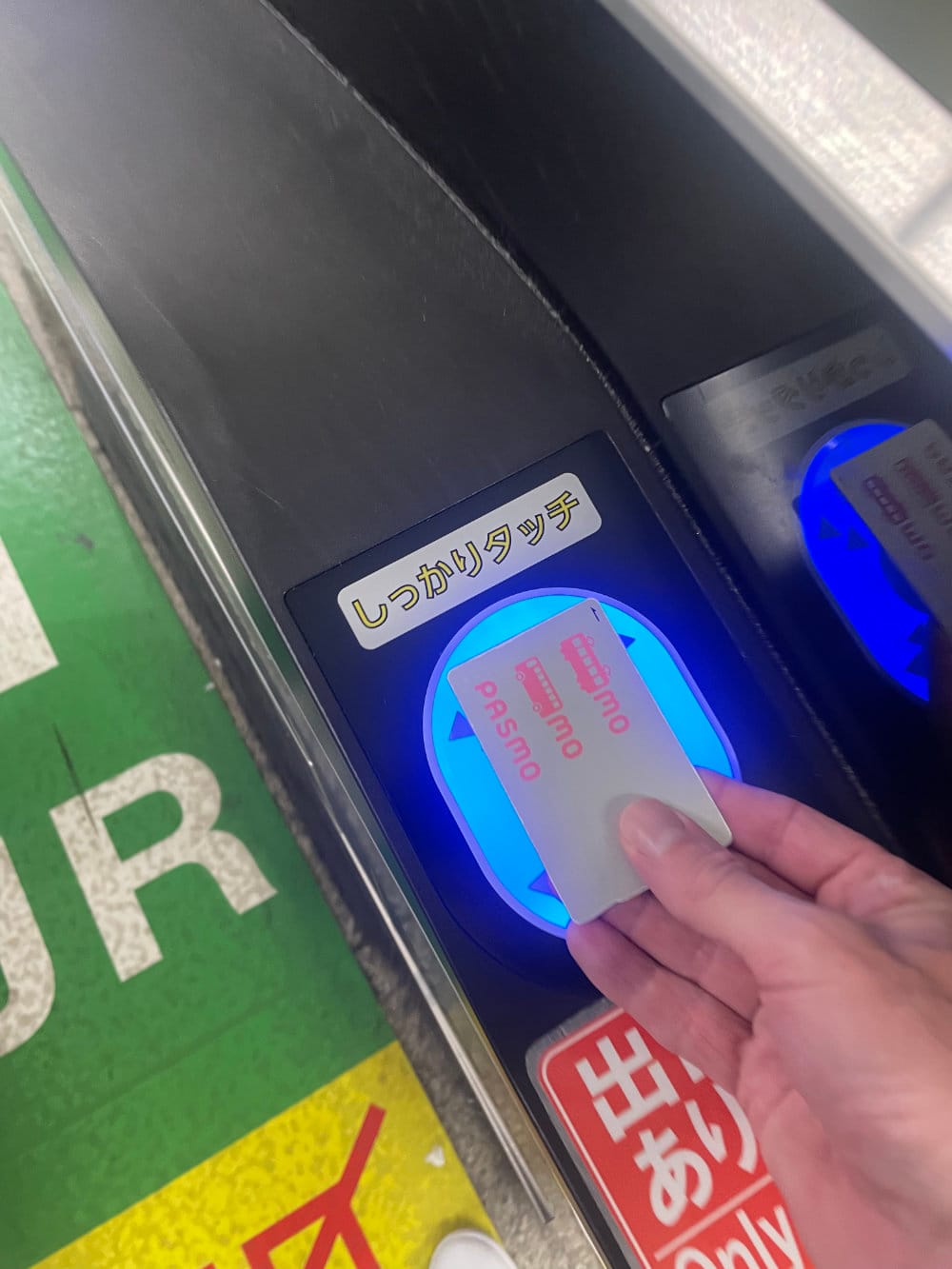
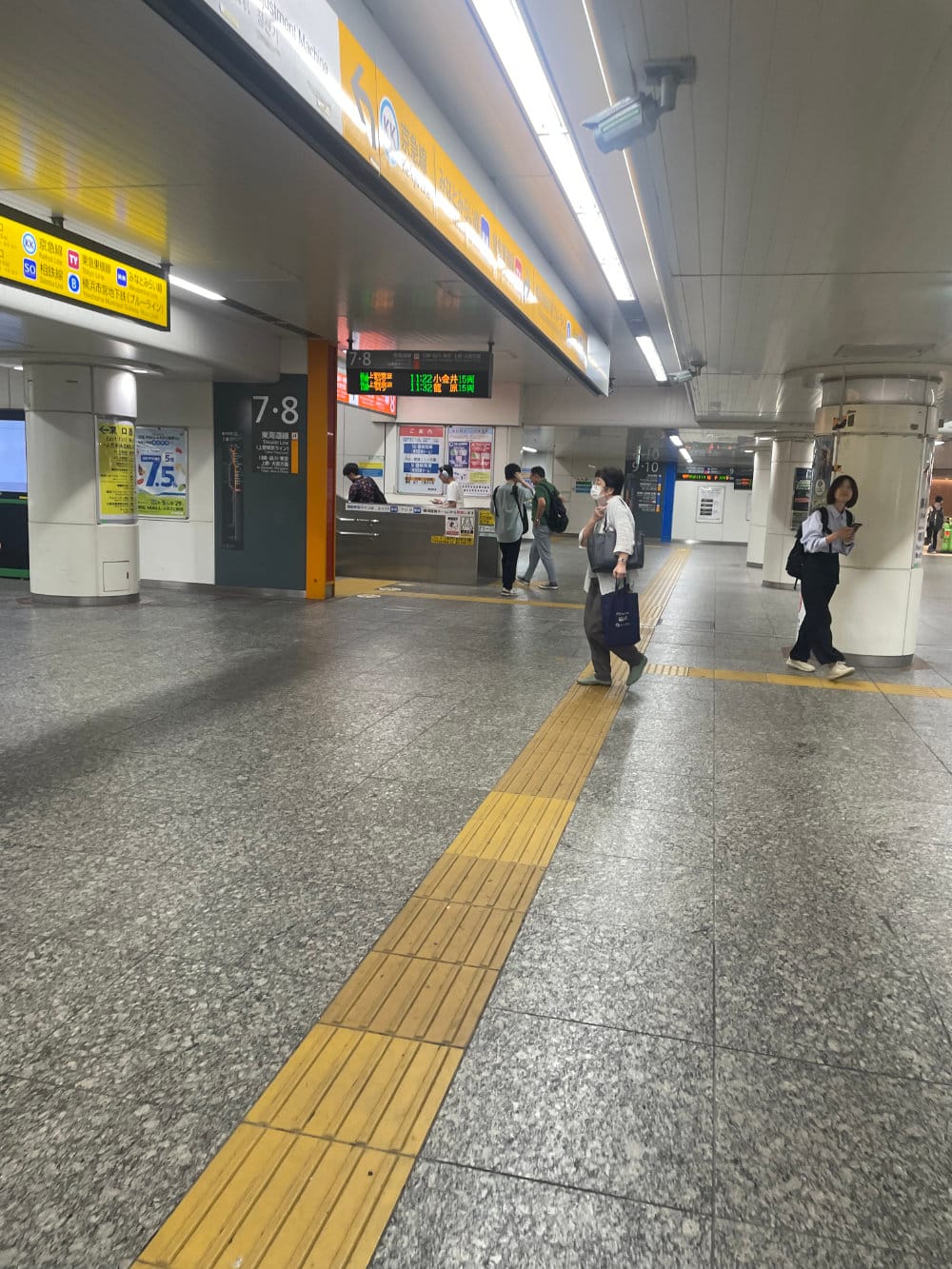
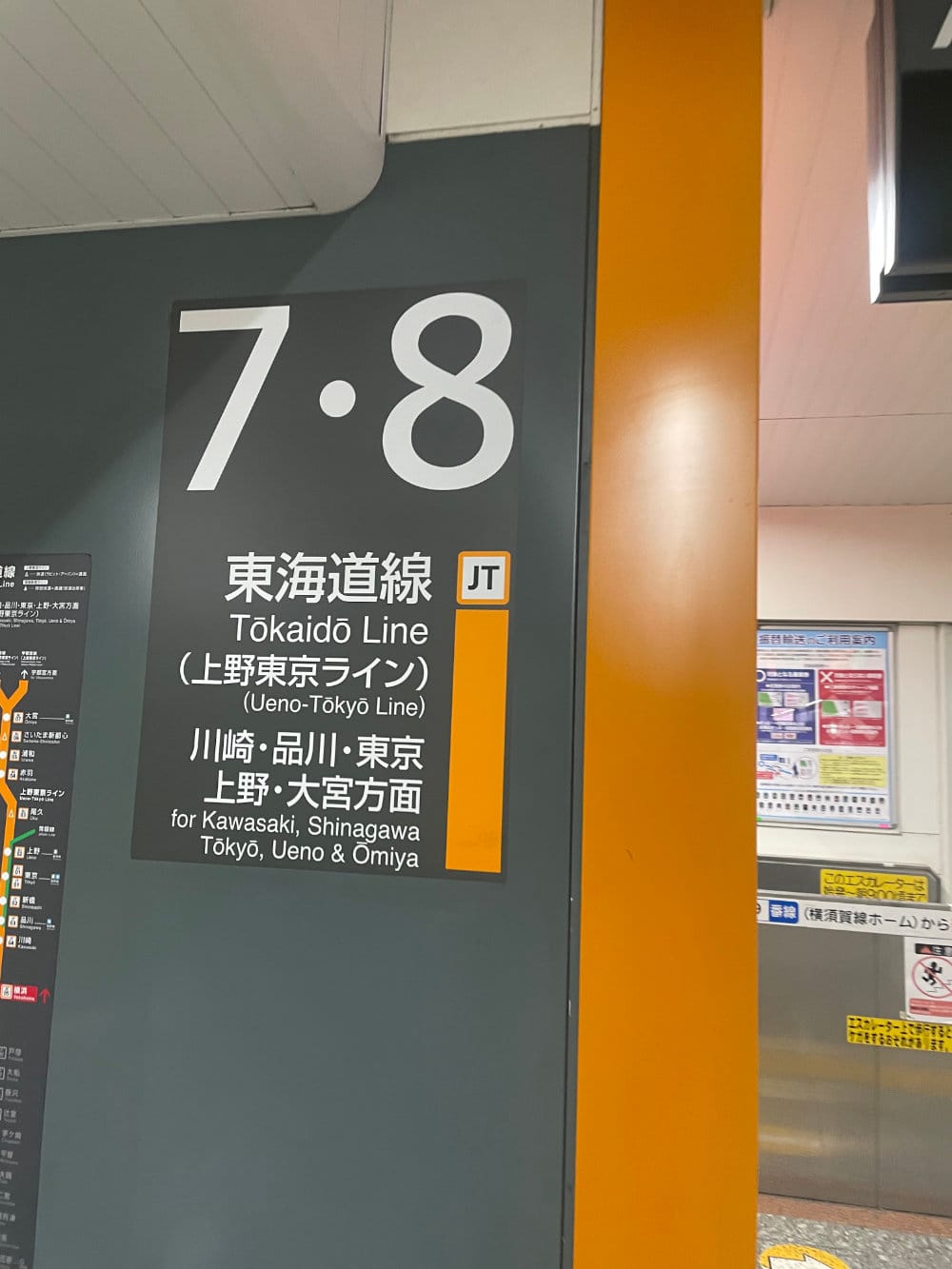
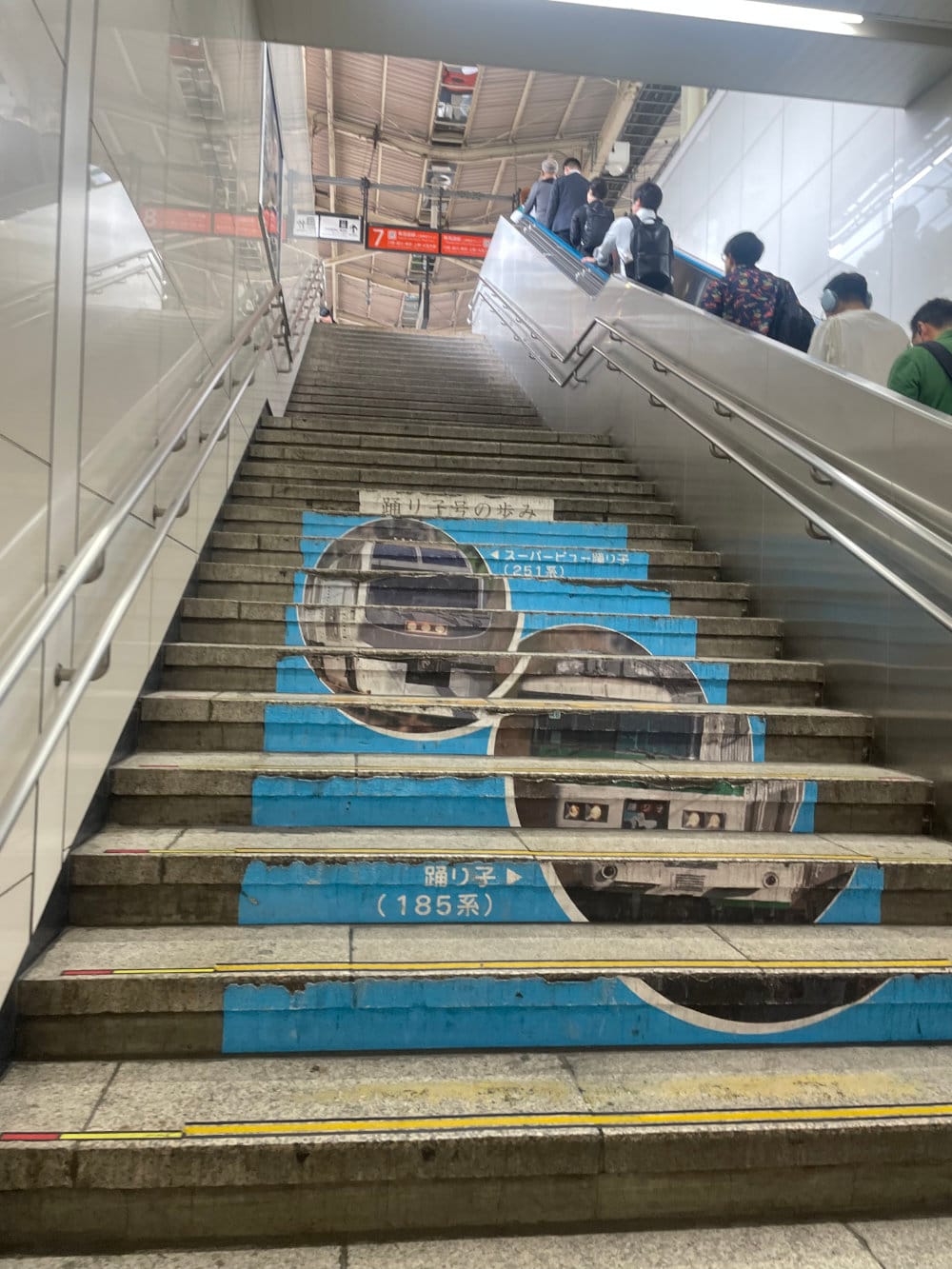
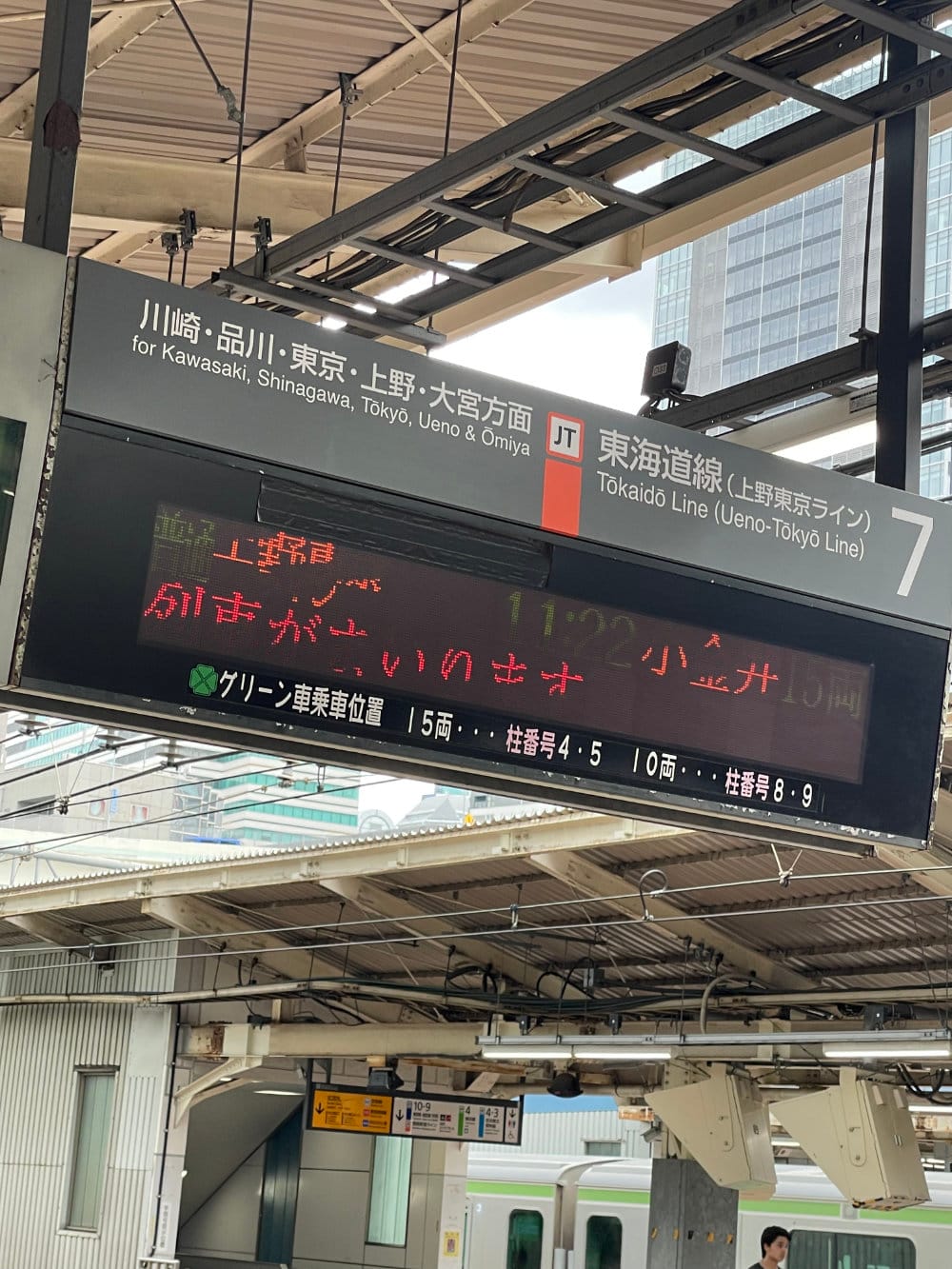
//
On the Train
The familiar green and orange of the Tōkaidō Line train pulls up. The people who are lined up—and there are always people lined up—politely stand to either side of the door while passengers exit straight out between the two lines, after which, those waiting smoothly and calmly enter the train. (Take notes and study this, The Rest Of the World. Everything goes far more quickly if you don't just push your way through the doors the second they open. Simply wait until everyone gets off, and then enter. Really. It works. Honestly.) The orange sign on the floor says "Boarding for Car 15" The green below it says "10 car trains do not stop here." Thus, one must check the length of arriving trains to make sure one is lined up in a spot where a train will actually arrive.
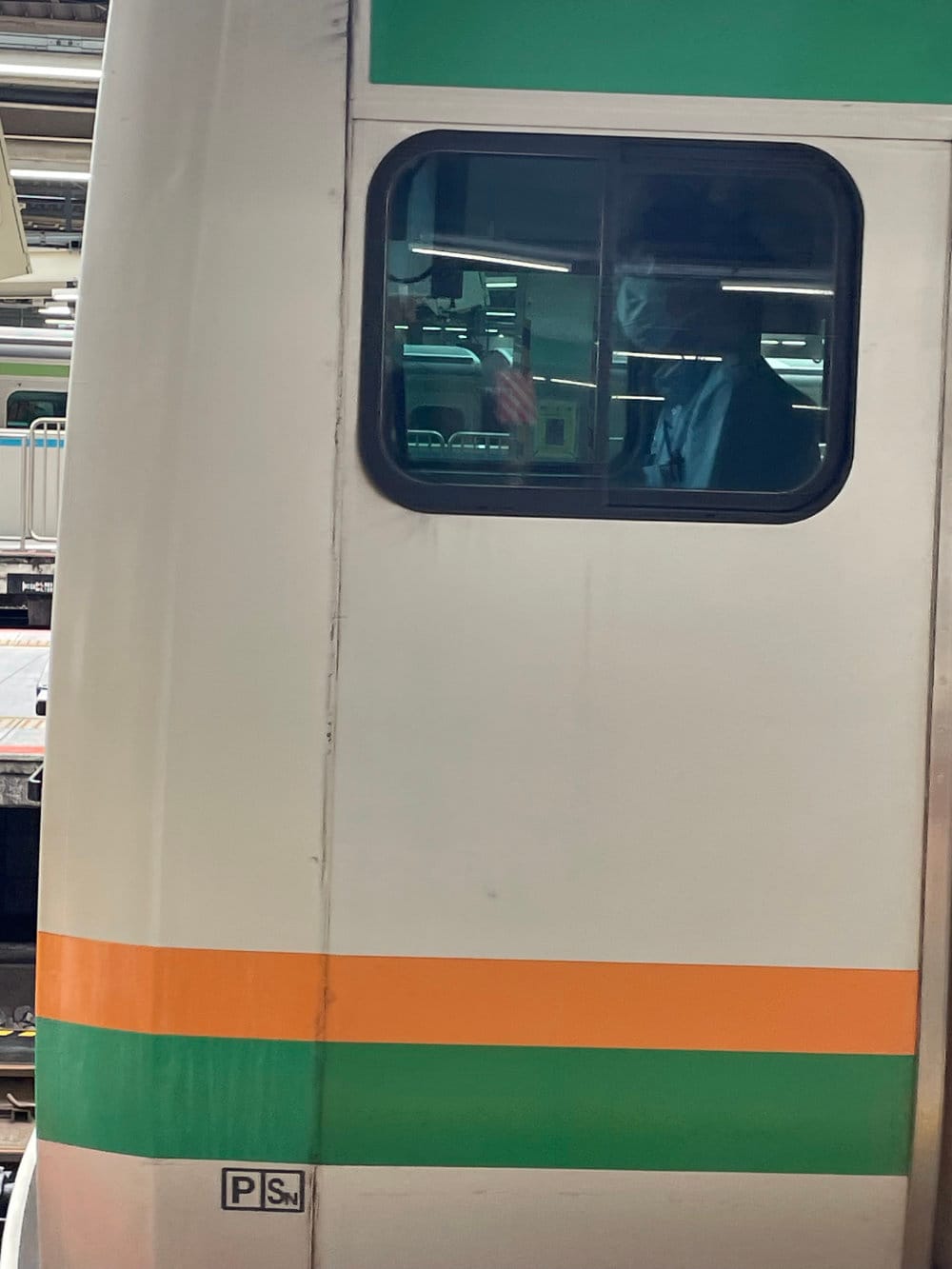
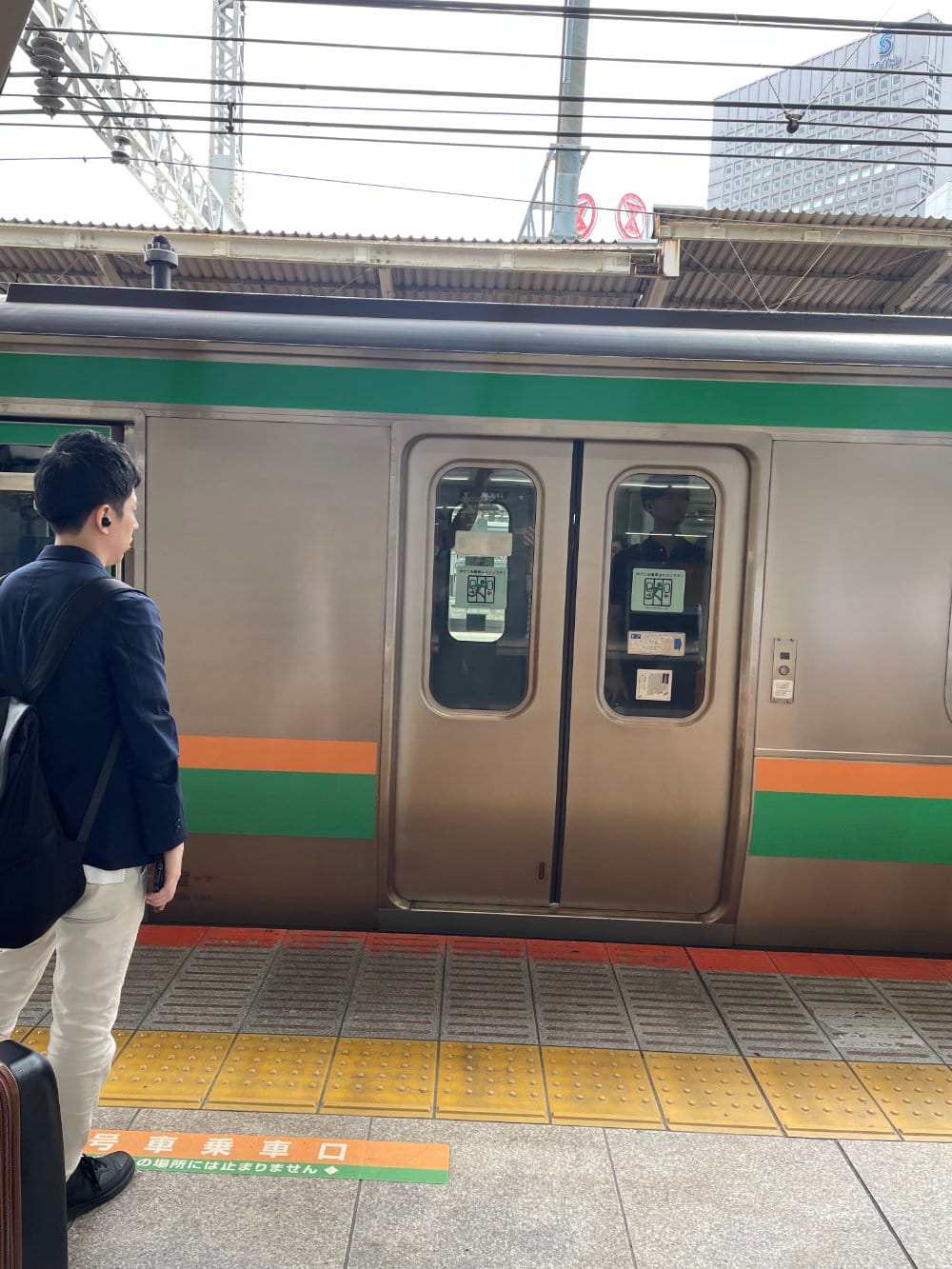
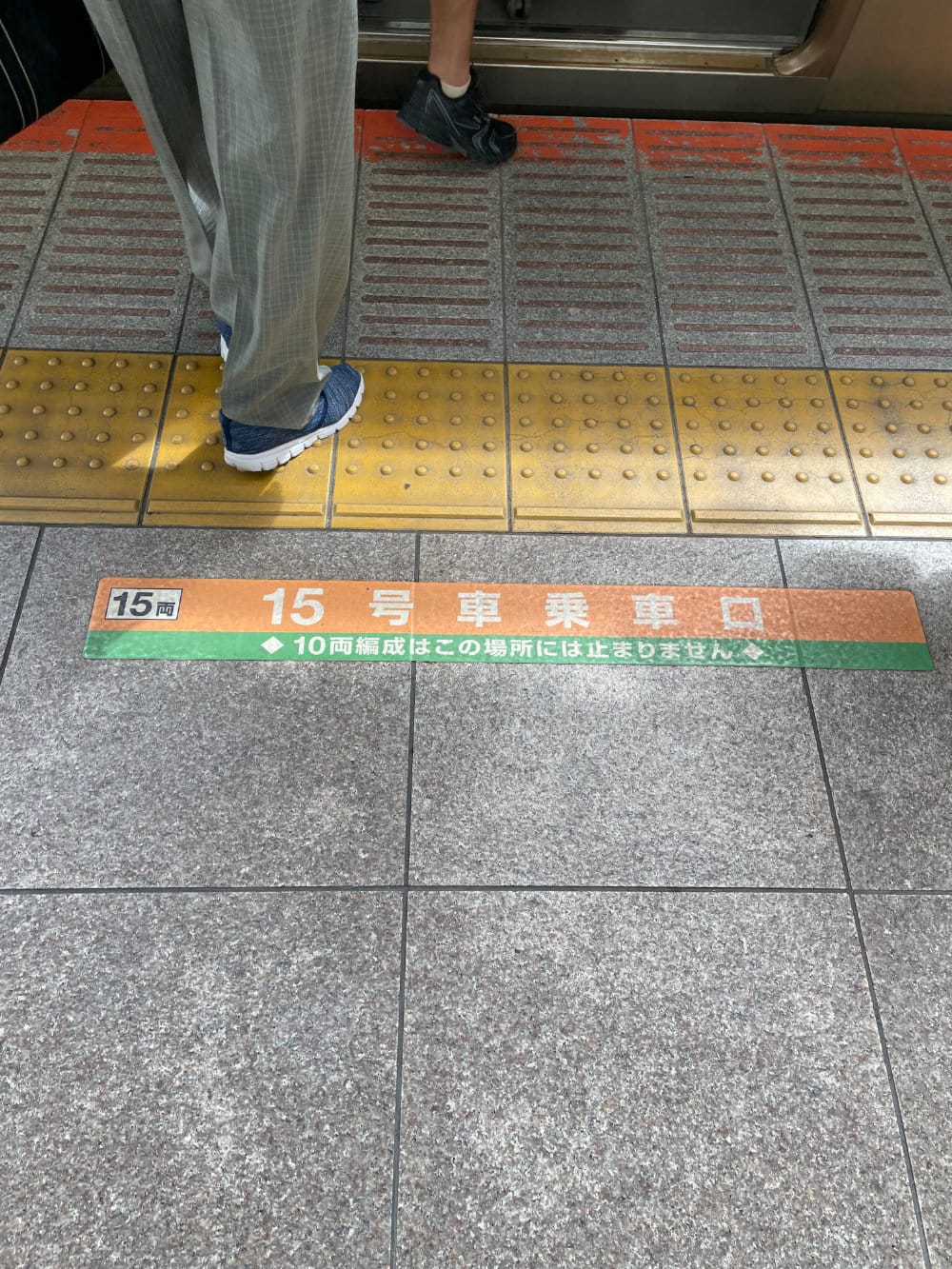
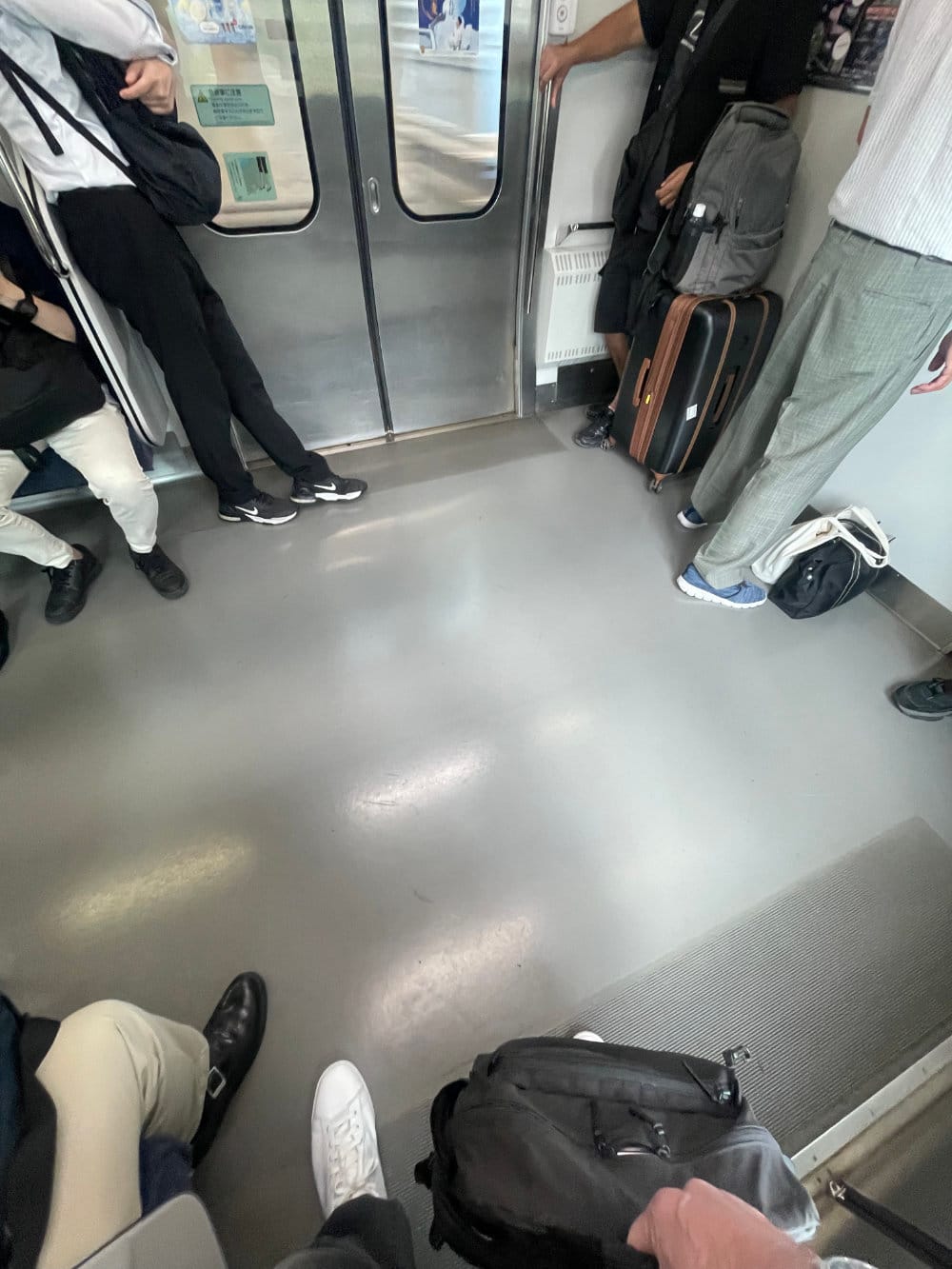
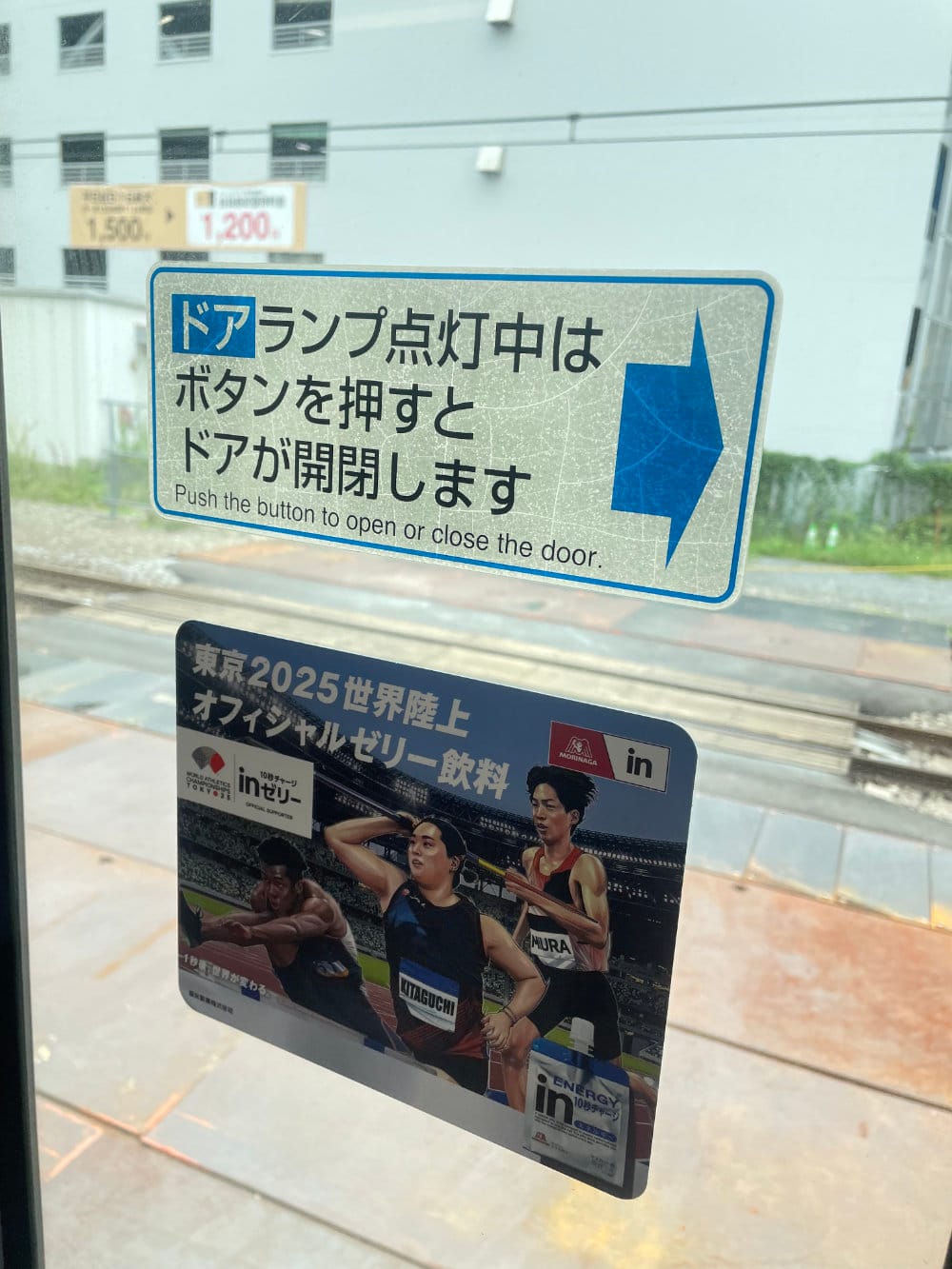
//
Tokyo Station Transfer
As I step off, I feel the humidity like a wall. Oof. The trains are air conditioned, which is wonderful, and makes the transition back to reality consistently jarring. I merge with the flow of people exiting the train heading for the pillar up ahead, to the left. One doesn't simply, nor suddenly, stop to check one's phone. That is disrespectful of others around you. (Again, take notes and study this The Rest Of The World) One gets oneself out of the way, preferably behind an existing barrier around which traffic will be naturally flowing. I duck behind the pillar to check my next transfer. The Yamanote Line, headed counter-clockwise (it is a more-or-less circular line around Metro Tokyo), platform 4. I want the local, however, Akihabara is a major stop, so an express is likely to stop there as well.
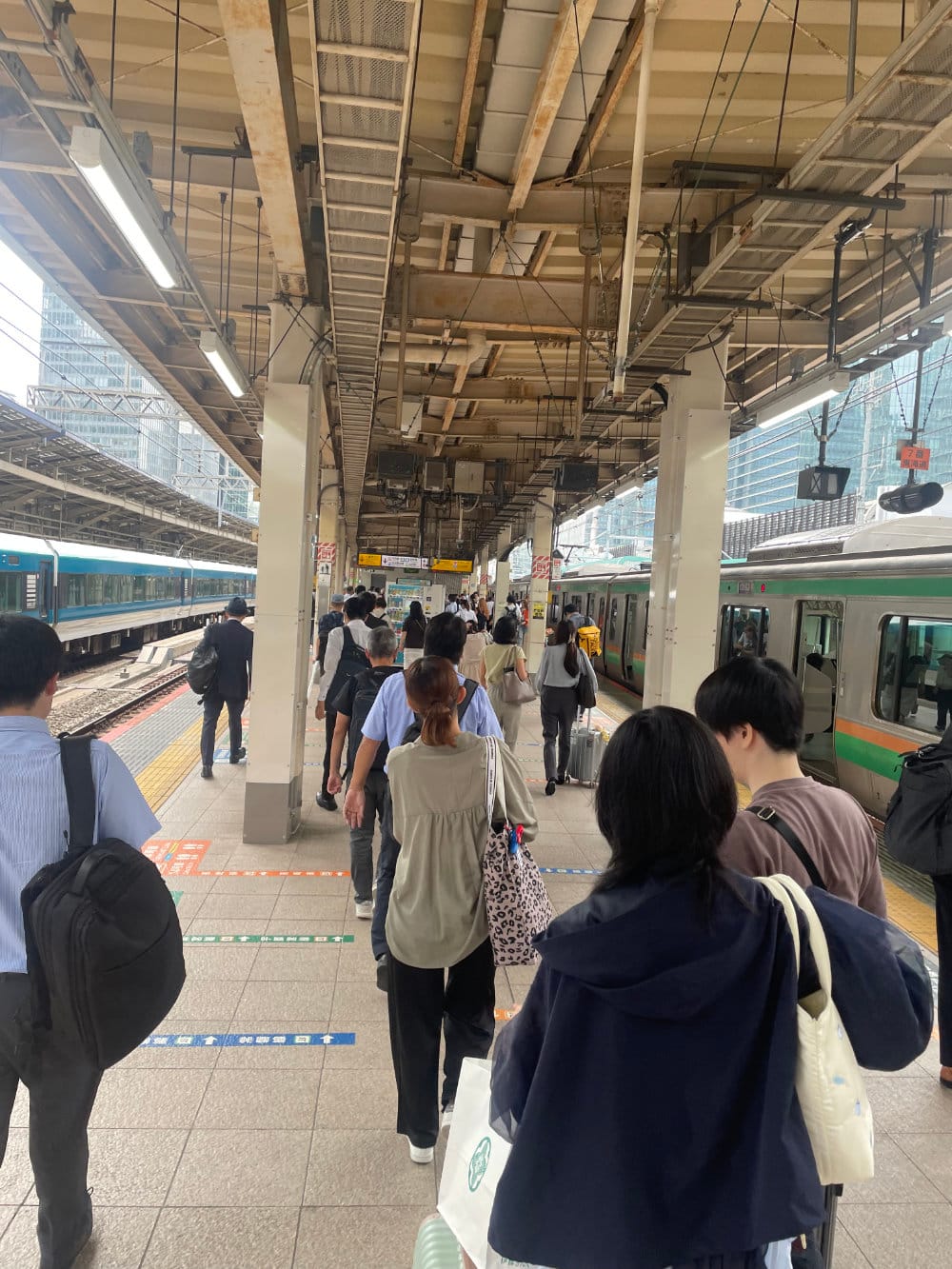
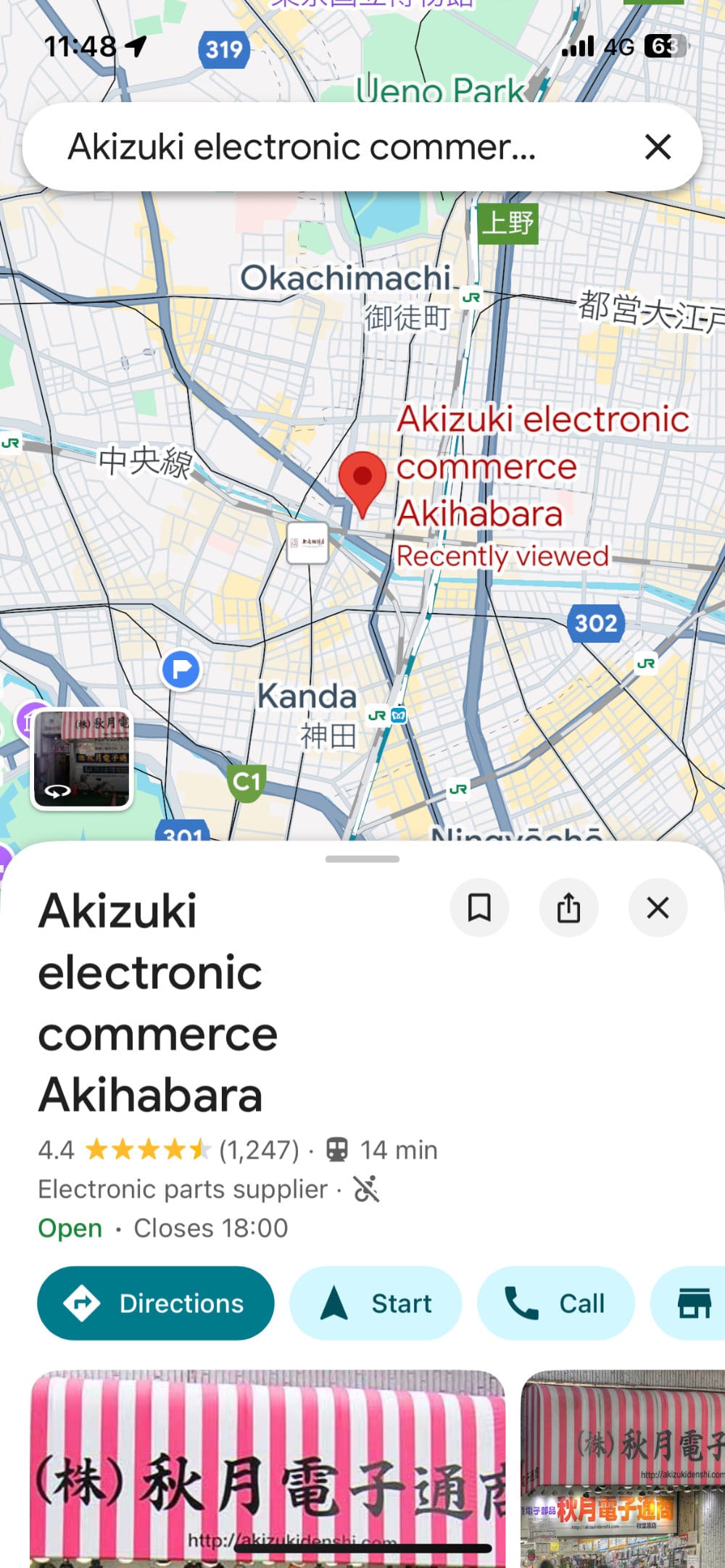
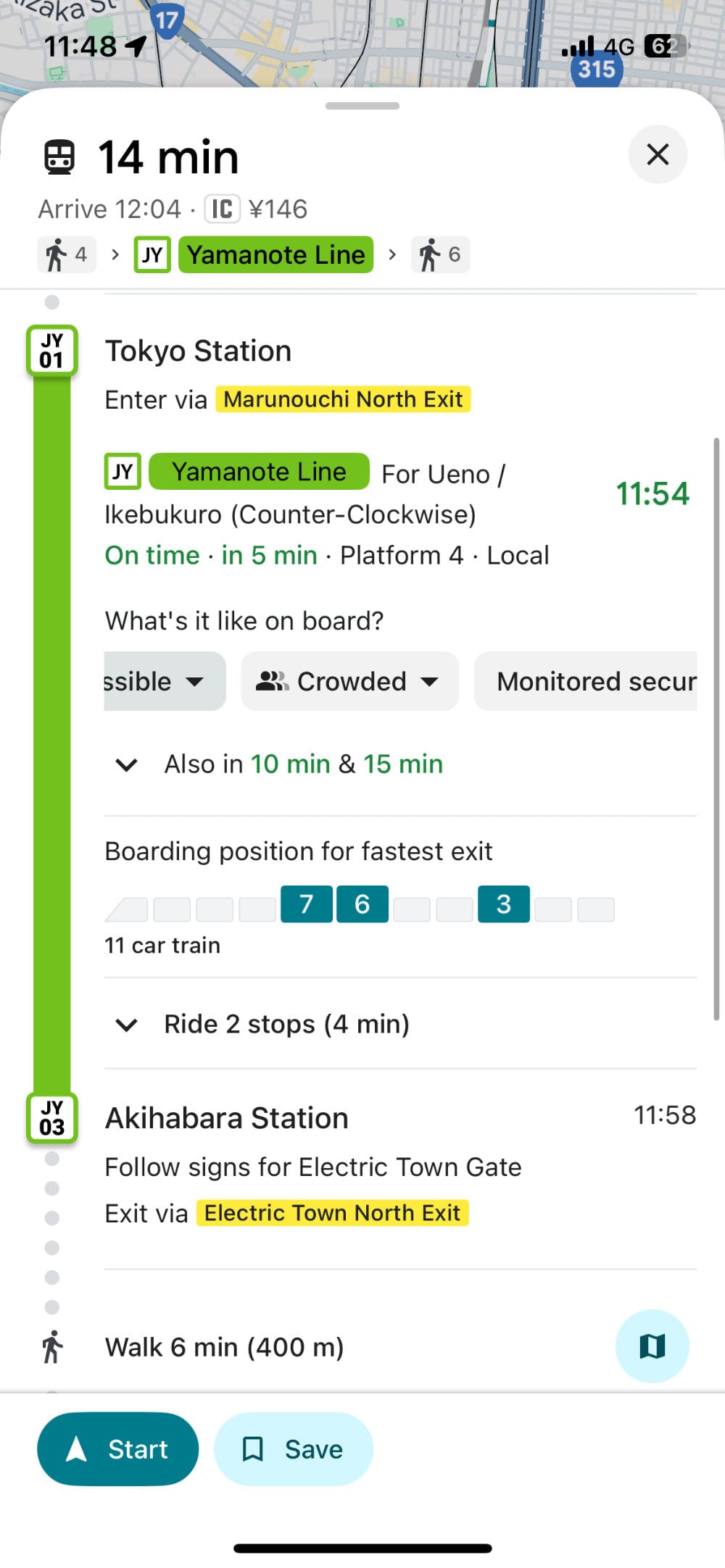
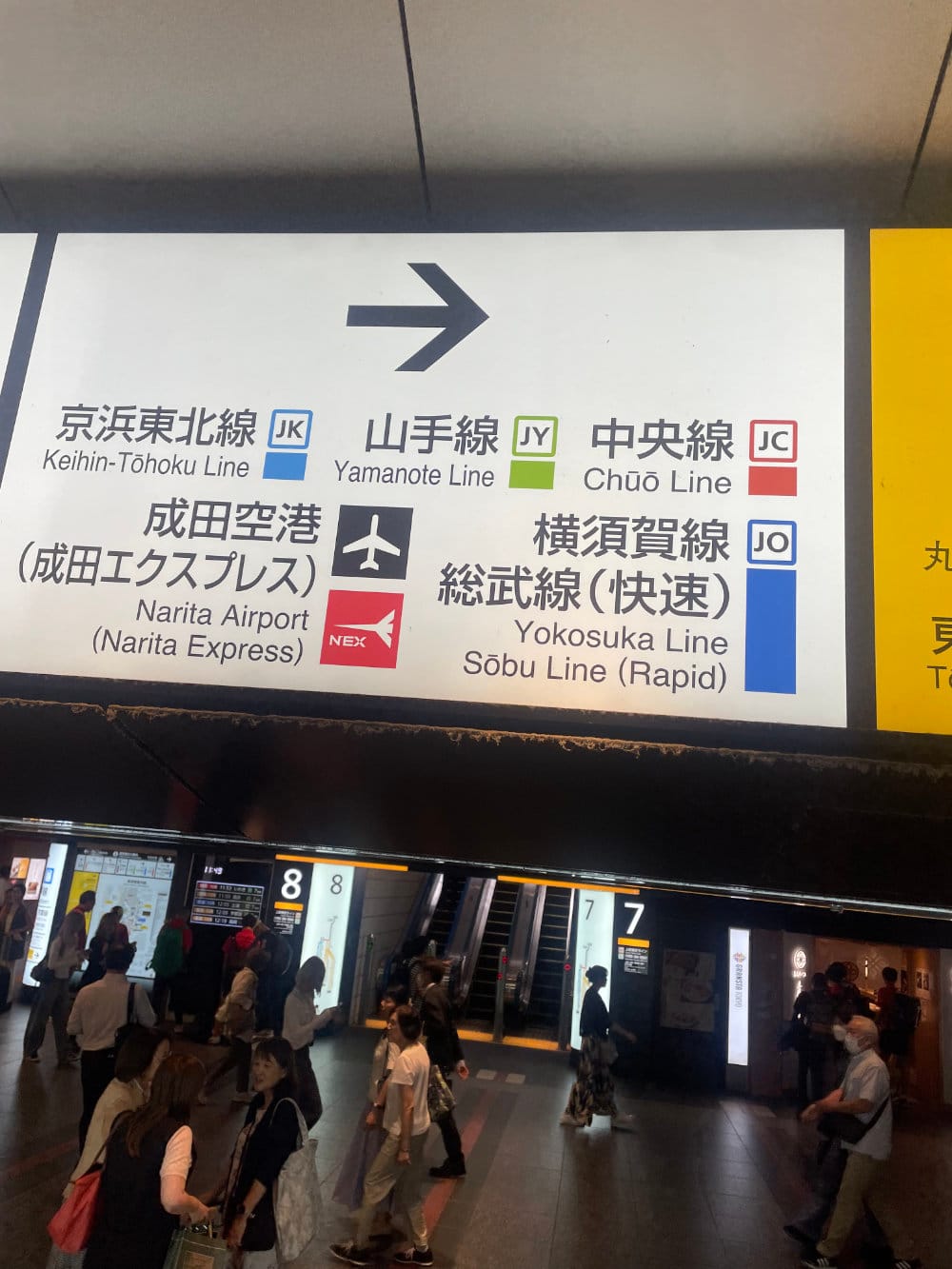
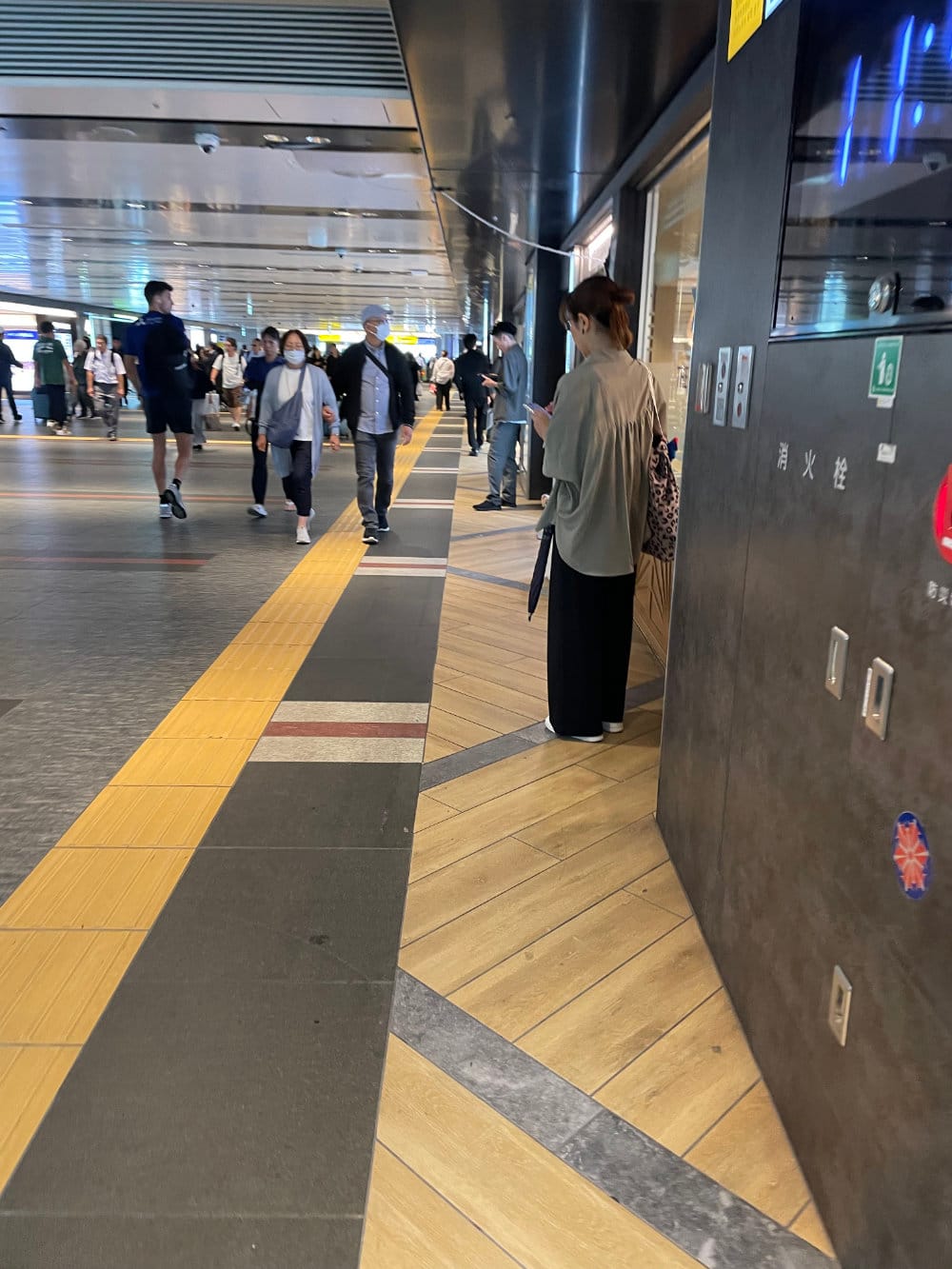
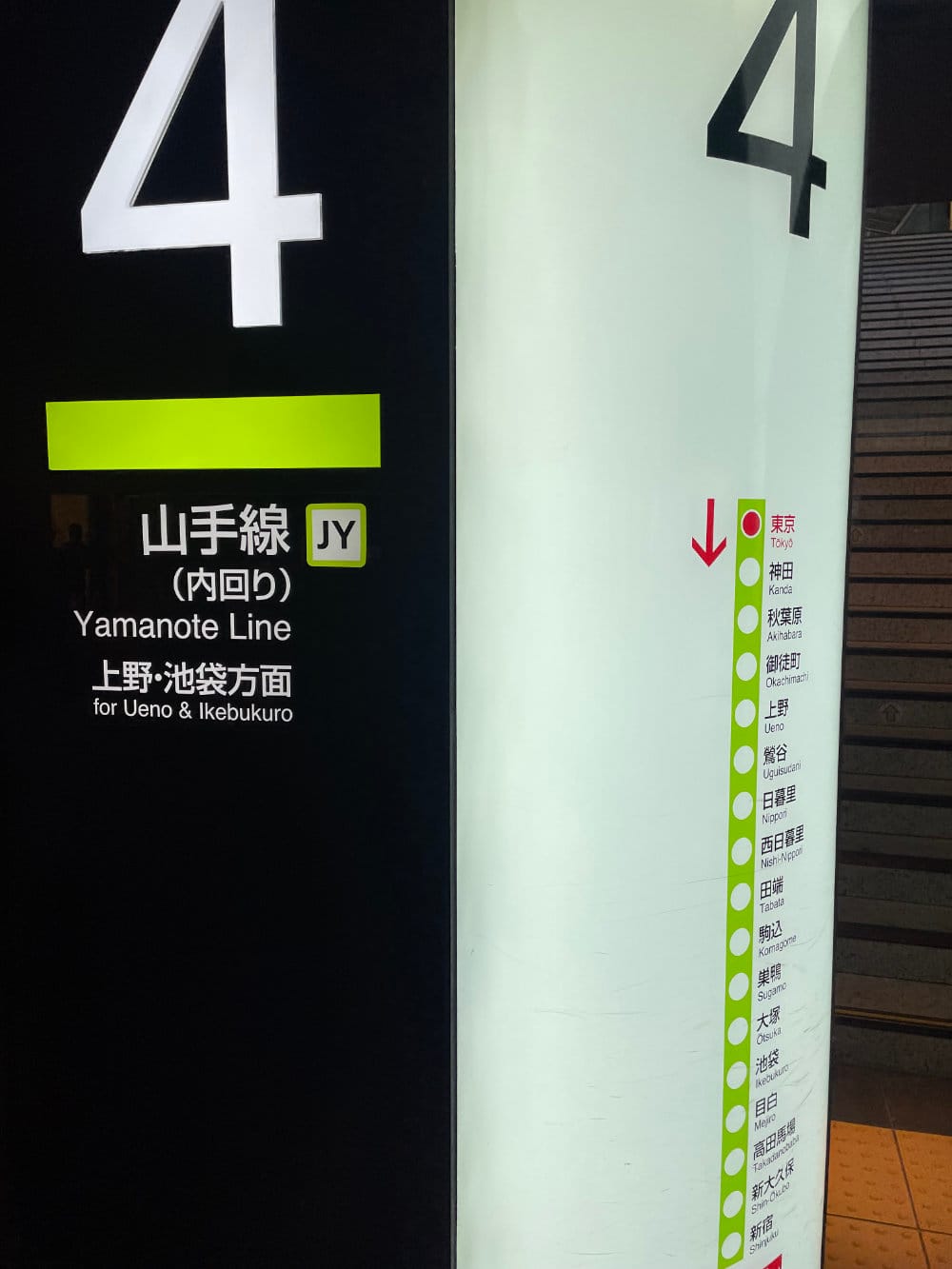
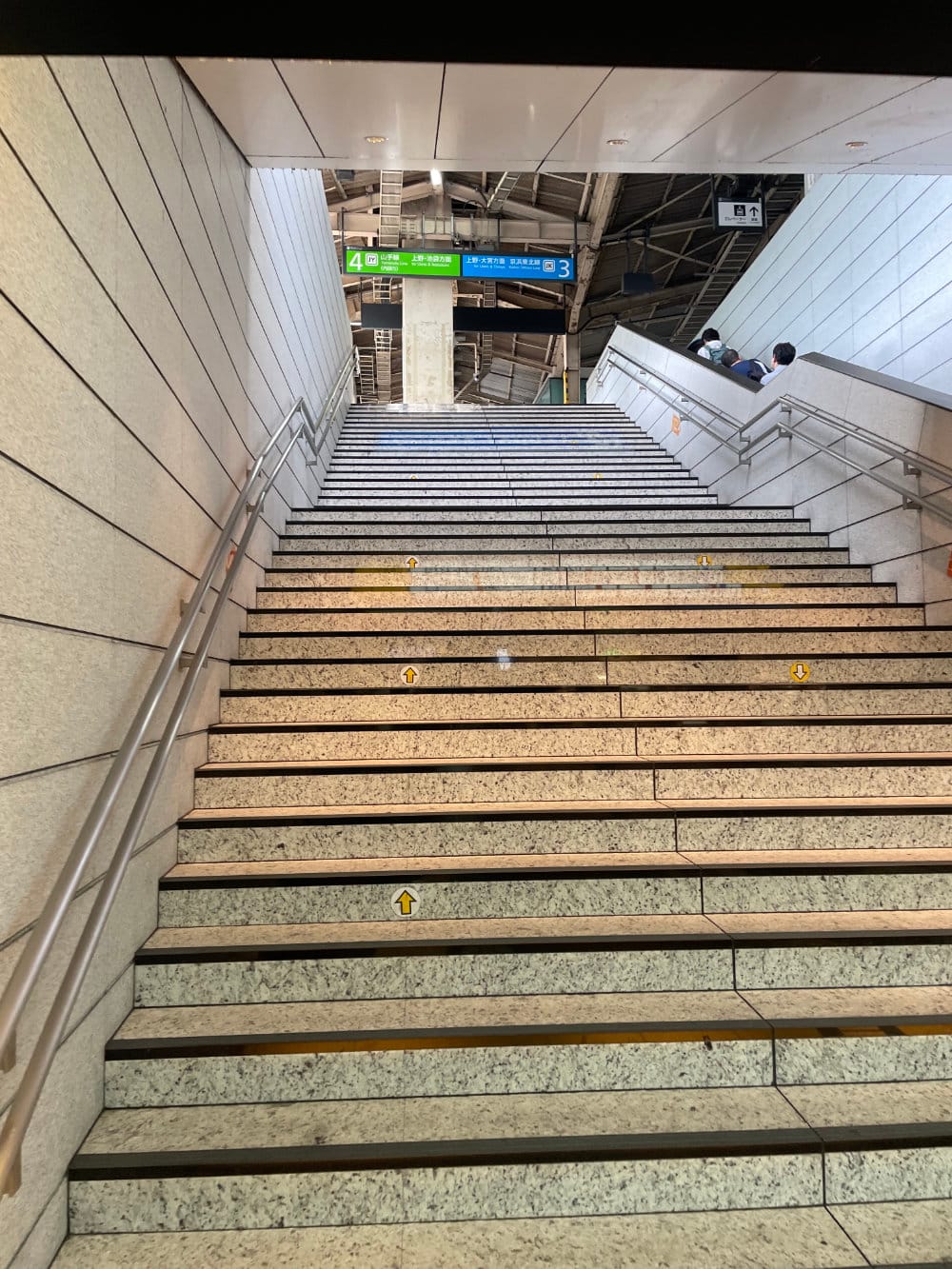
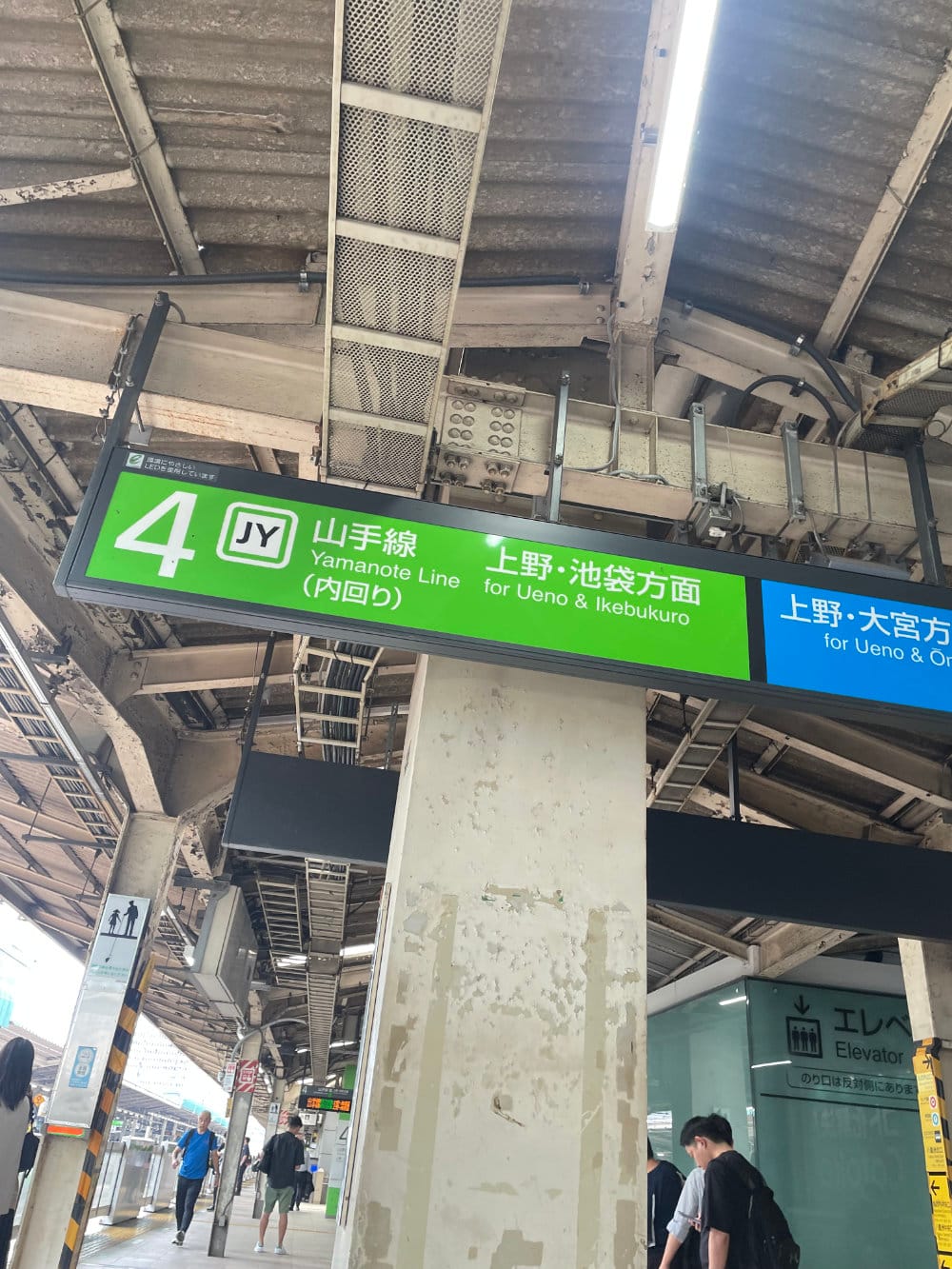
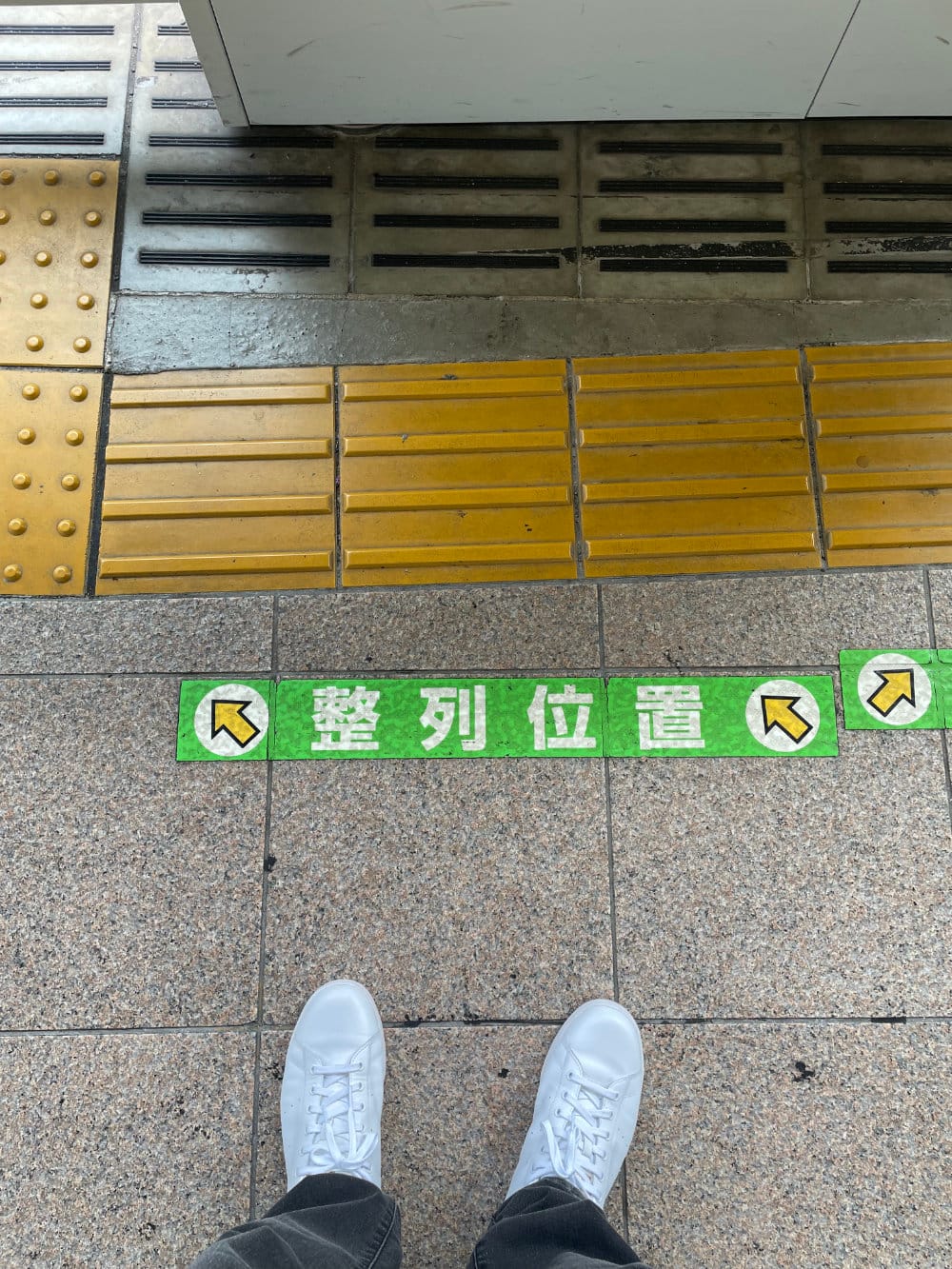
//
On the Train
The green Yamanote Line train pulls up. Akihabara (秋葉原), I note, means fall (秋) leaf (葉) field (原). Reading kanji is fun. I find the signs to Electric Town Gate (電気街改札). More kanji reading fun. Weird anime signage. Check. I am in Akihabara. In the 50's and 60's it was a vast jumble of tiny electronics shops specializing in very specific segments of the electronics market. Not completed products, rather all the bits and pieces you would put together to make, for instance, a radio. i.e. batteries, transistors, dials, etc. It's fair to say, Japan's current electronics retail culture was born in Akihabara. Now it's a manga and anime haven. (manga =graphic novels; anime = animated TV shows and movies) I get my bearings and head out, making my way past weird maid cafe signs. Yep, I'm in Akihabara. (A maid cafe is simply a cafe where the staff are all dressed up as maids. Don't ask me. I don't get it either.)
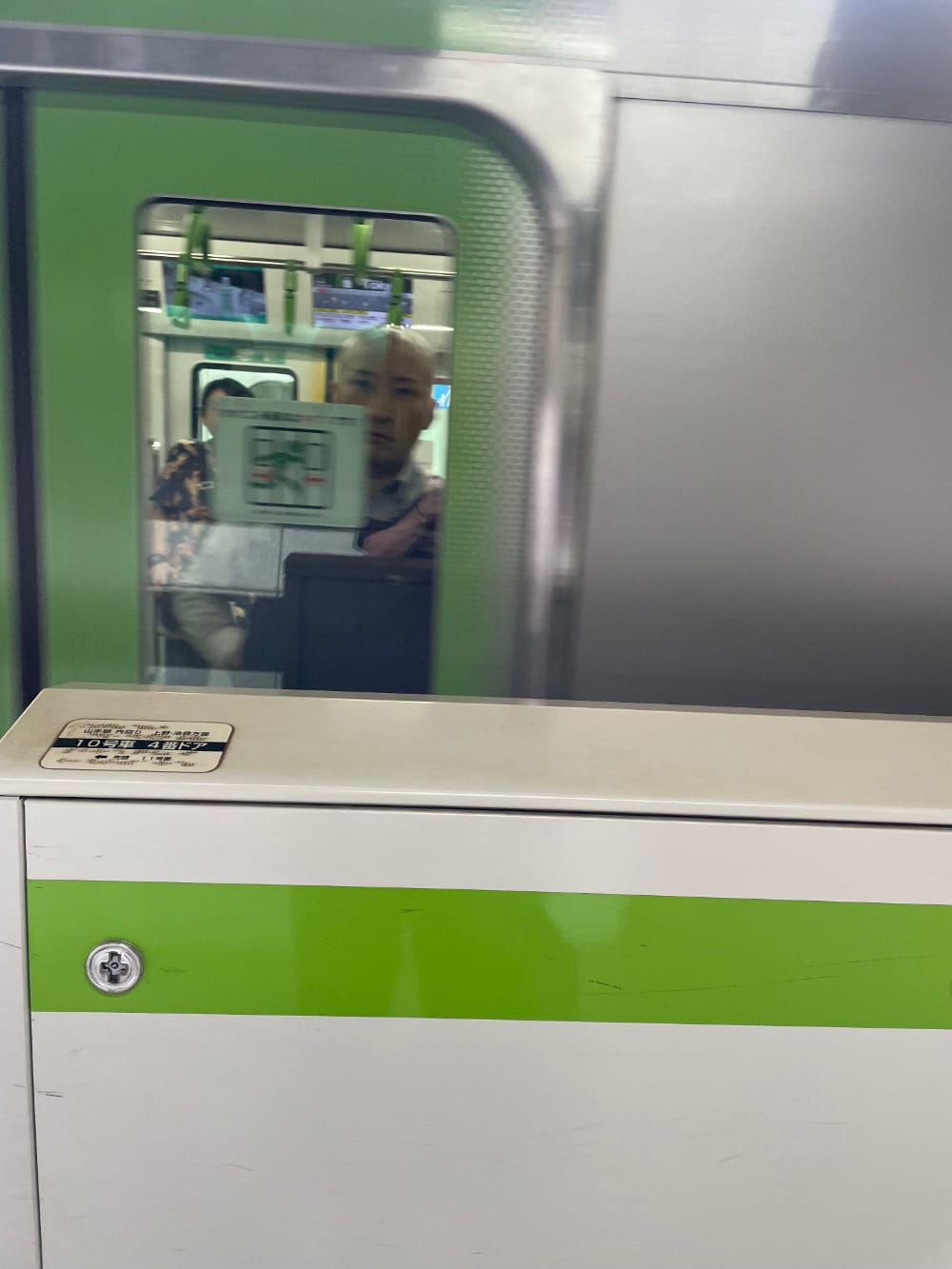
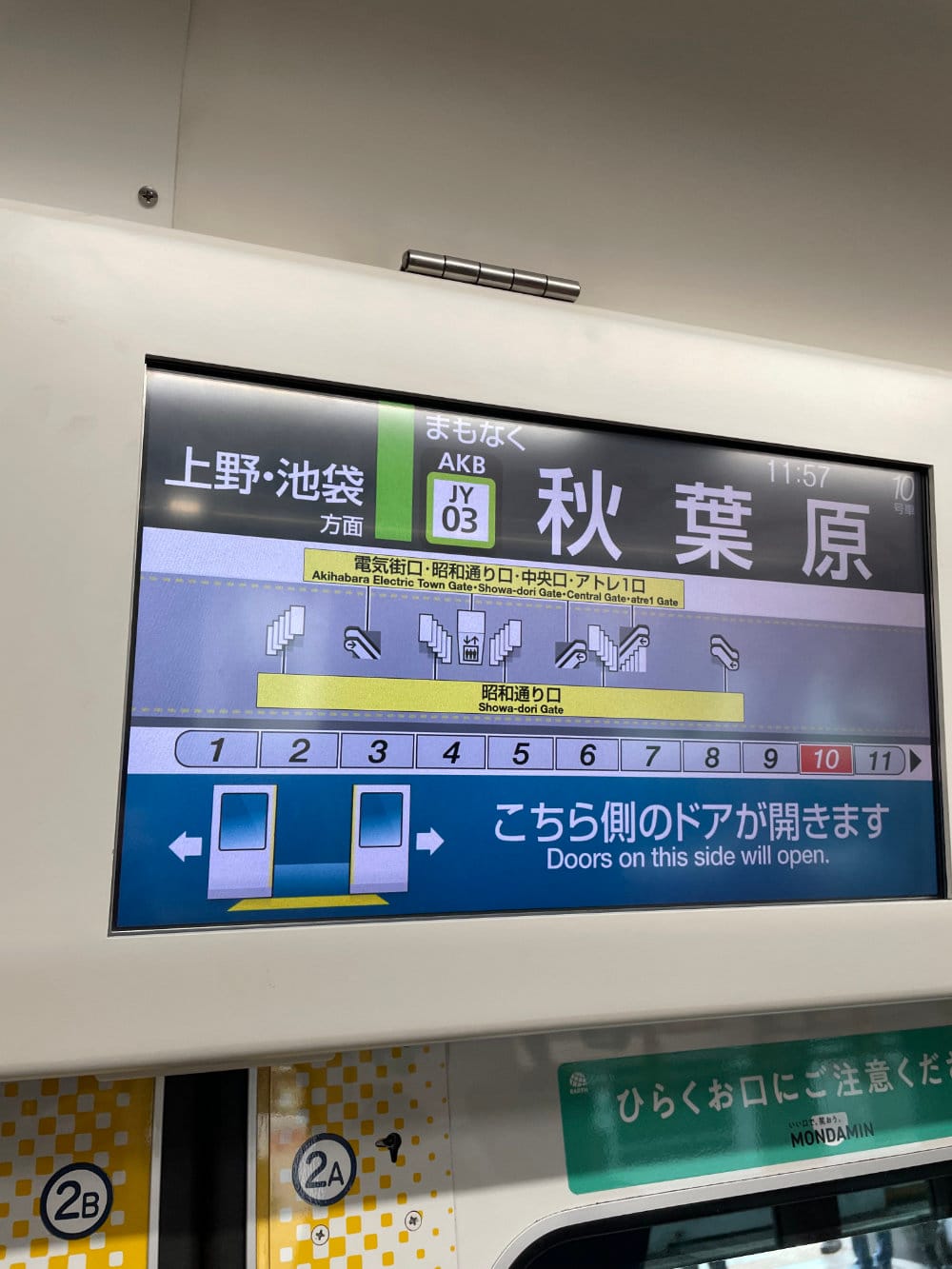
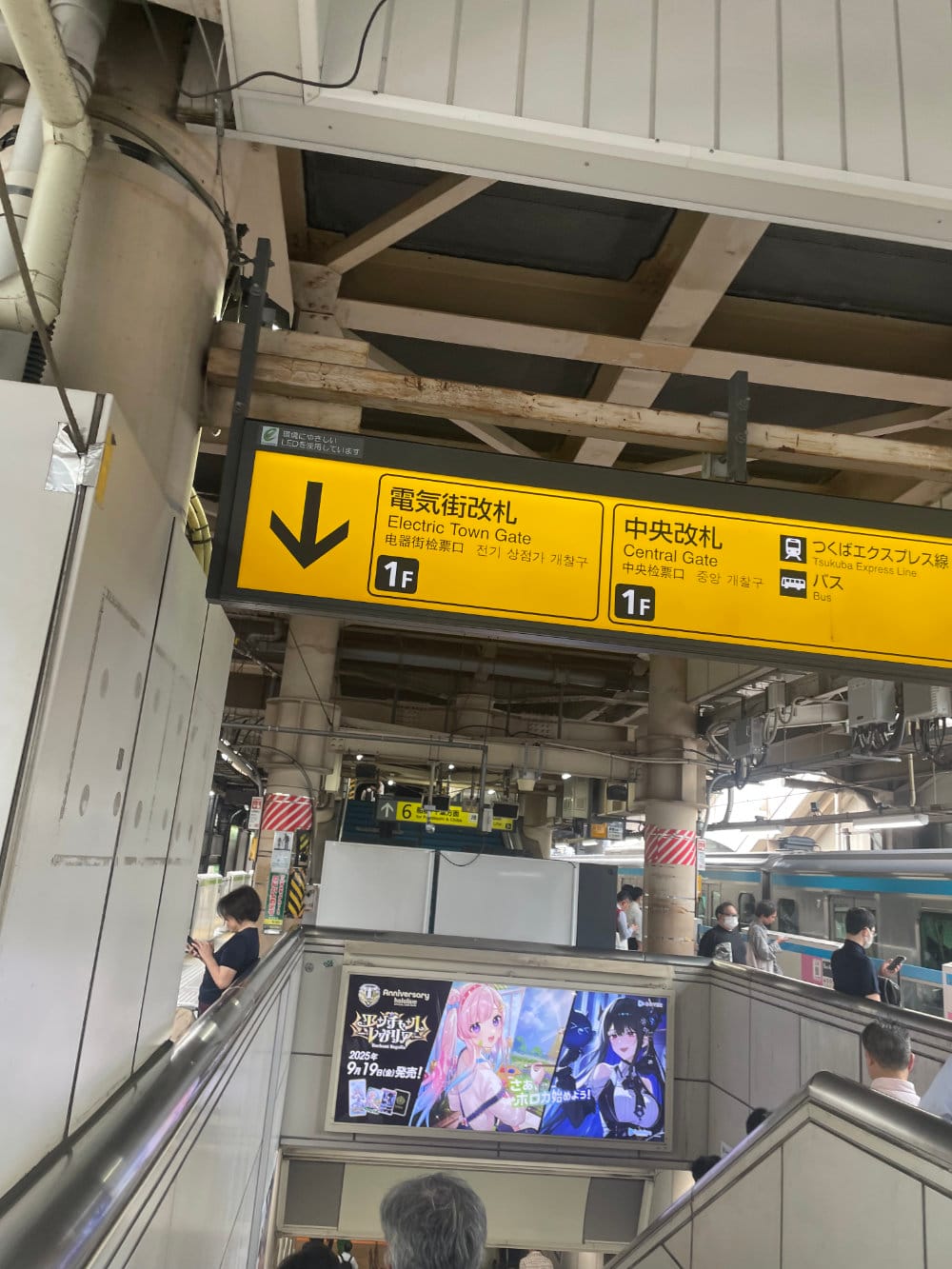
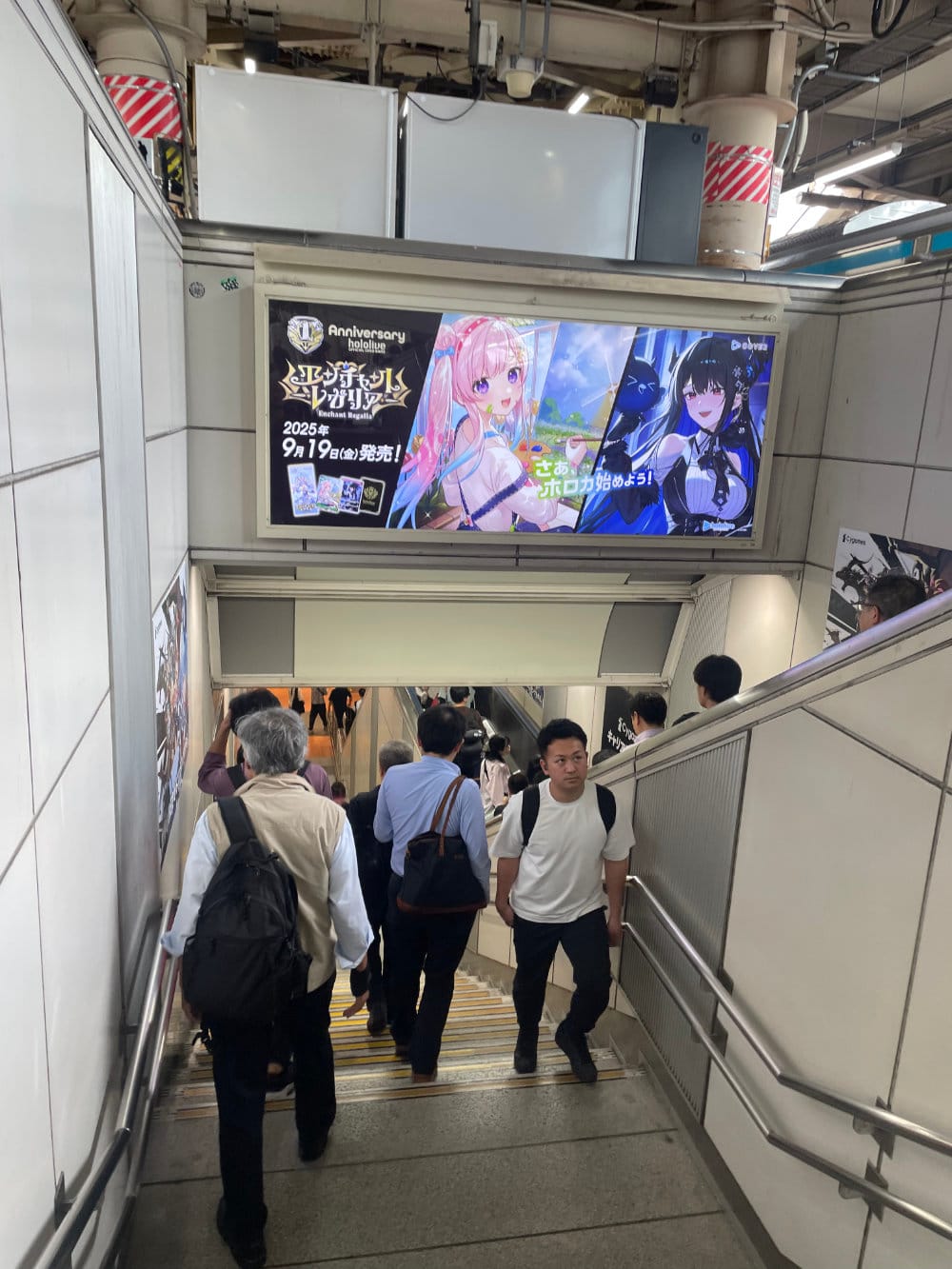
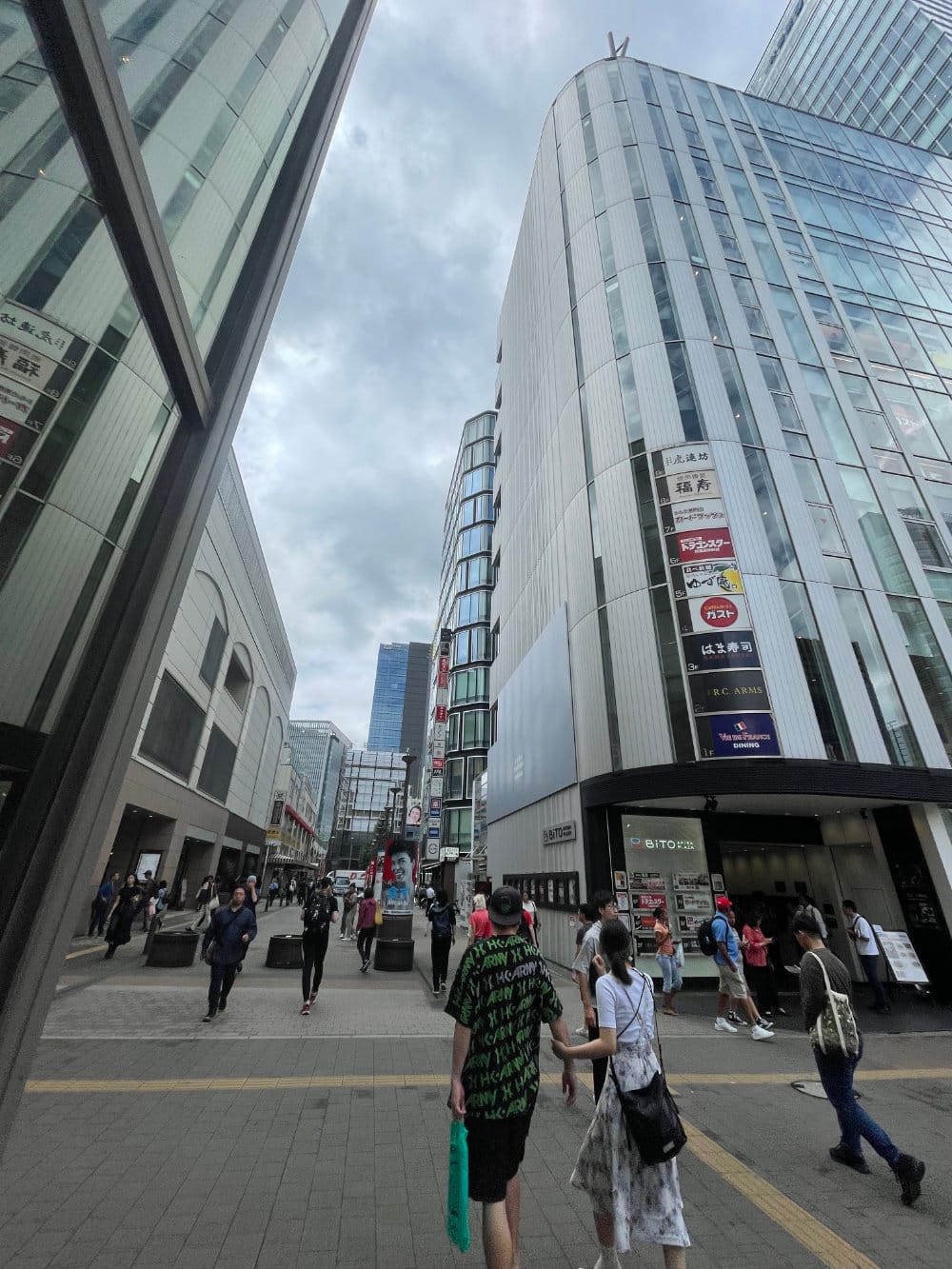
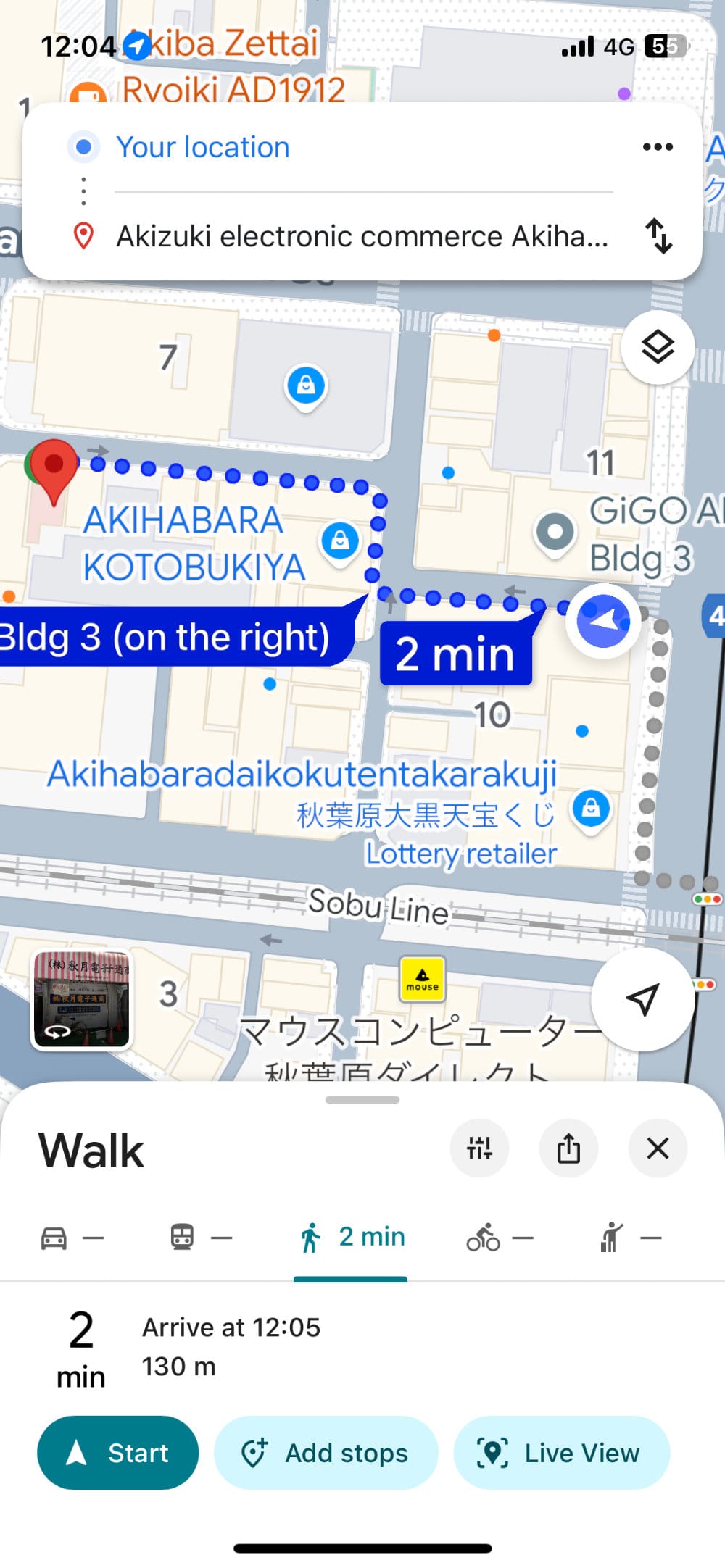
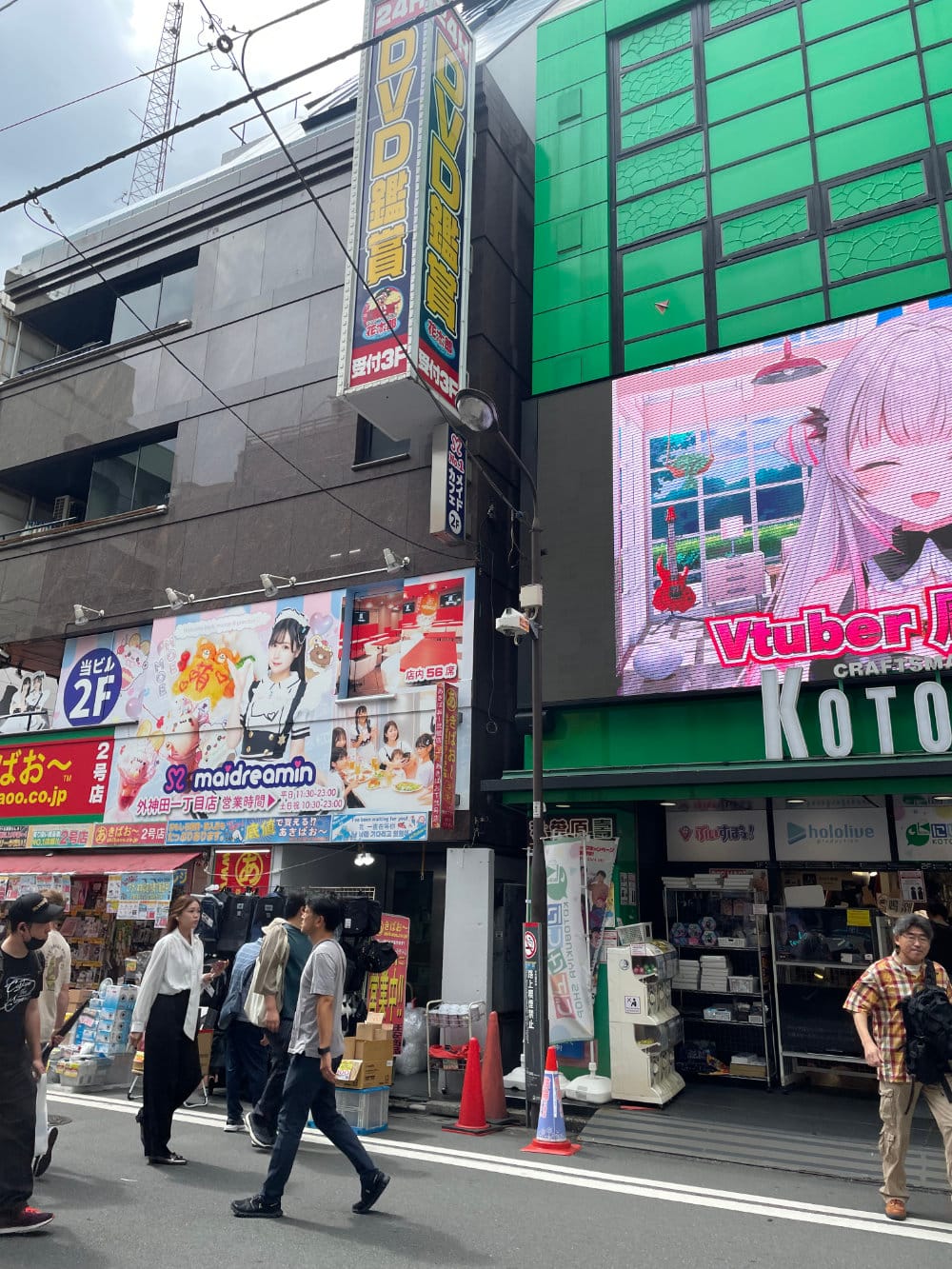
//
Destination Achieved!
I find the shop I'm headed to. It's small and busy. I am focused on talking to staff in Japanese. I don't take any photos inside. Sorry. Also, they don't carry NFC Tags as the website suggested. That's okay. The trip was worth it, just for the opportunity to document a trip.
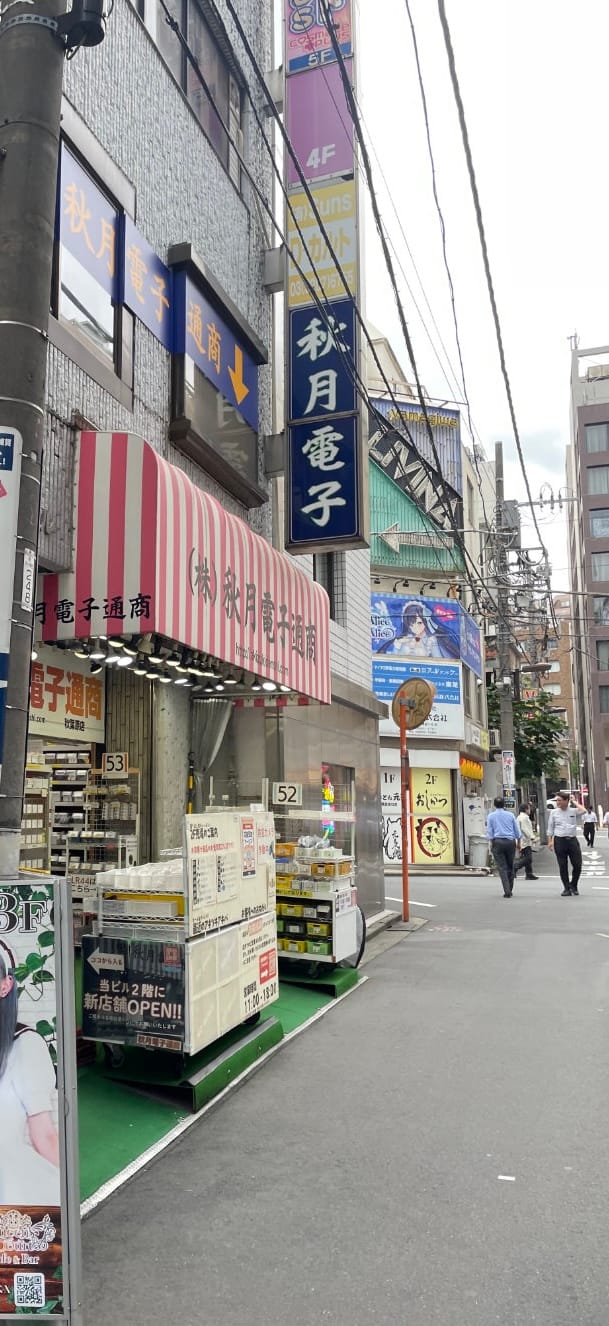
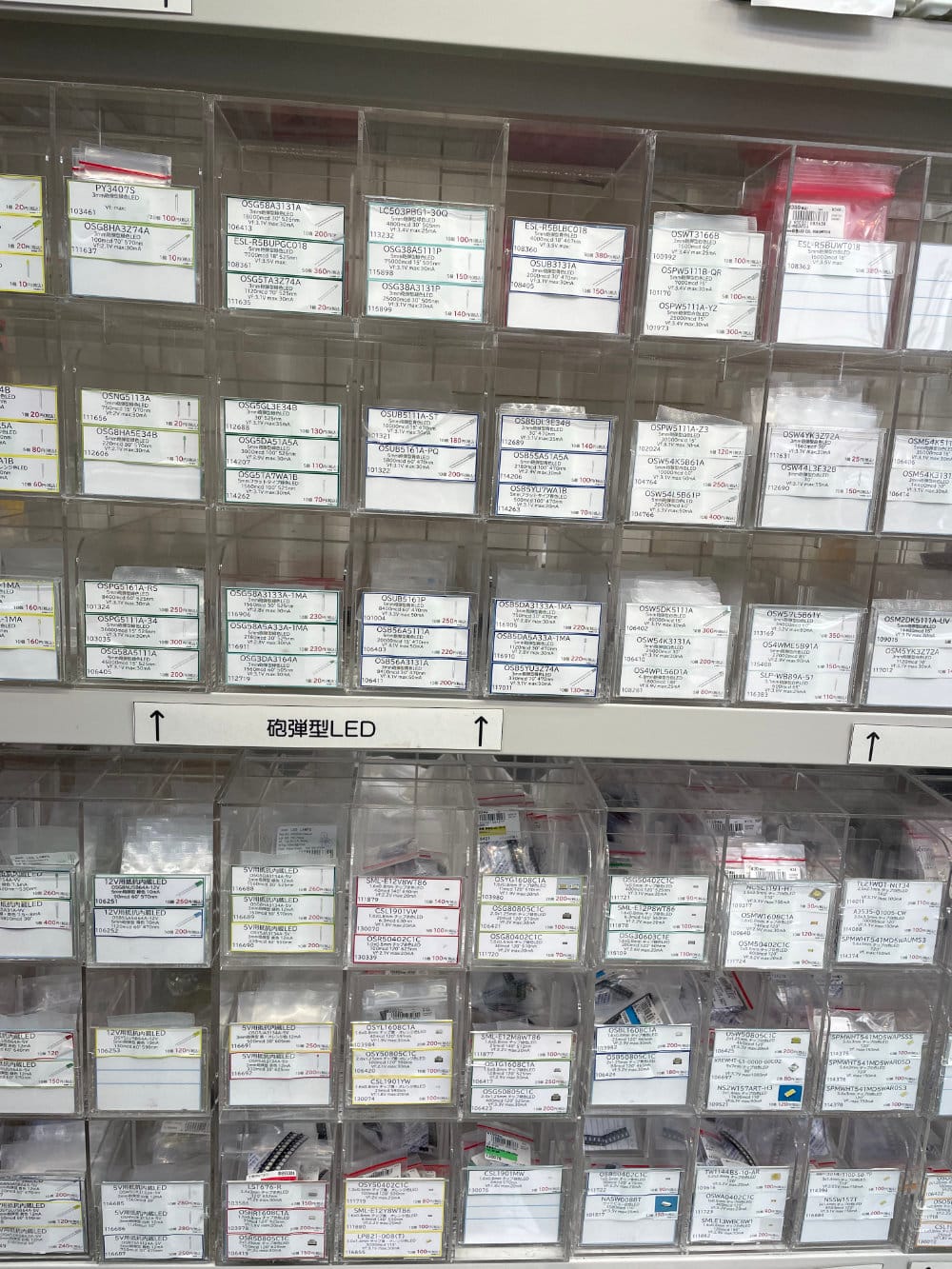
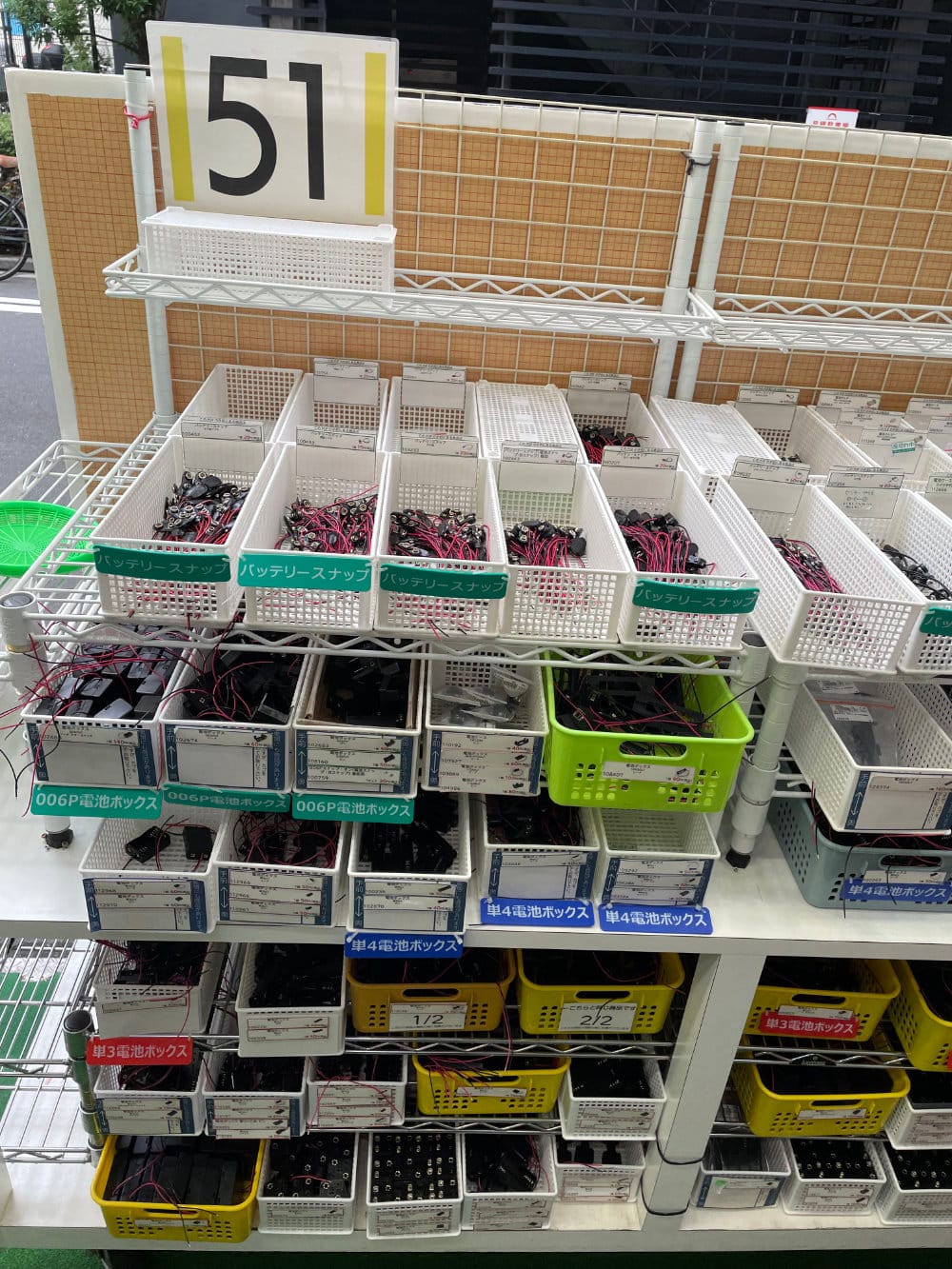
//
Heading Home
Same thing, backwards.
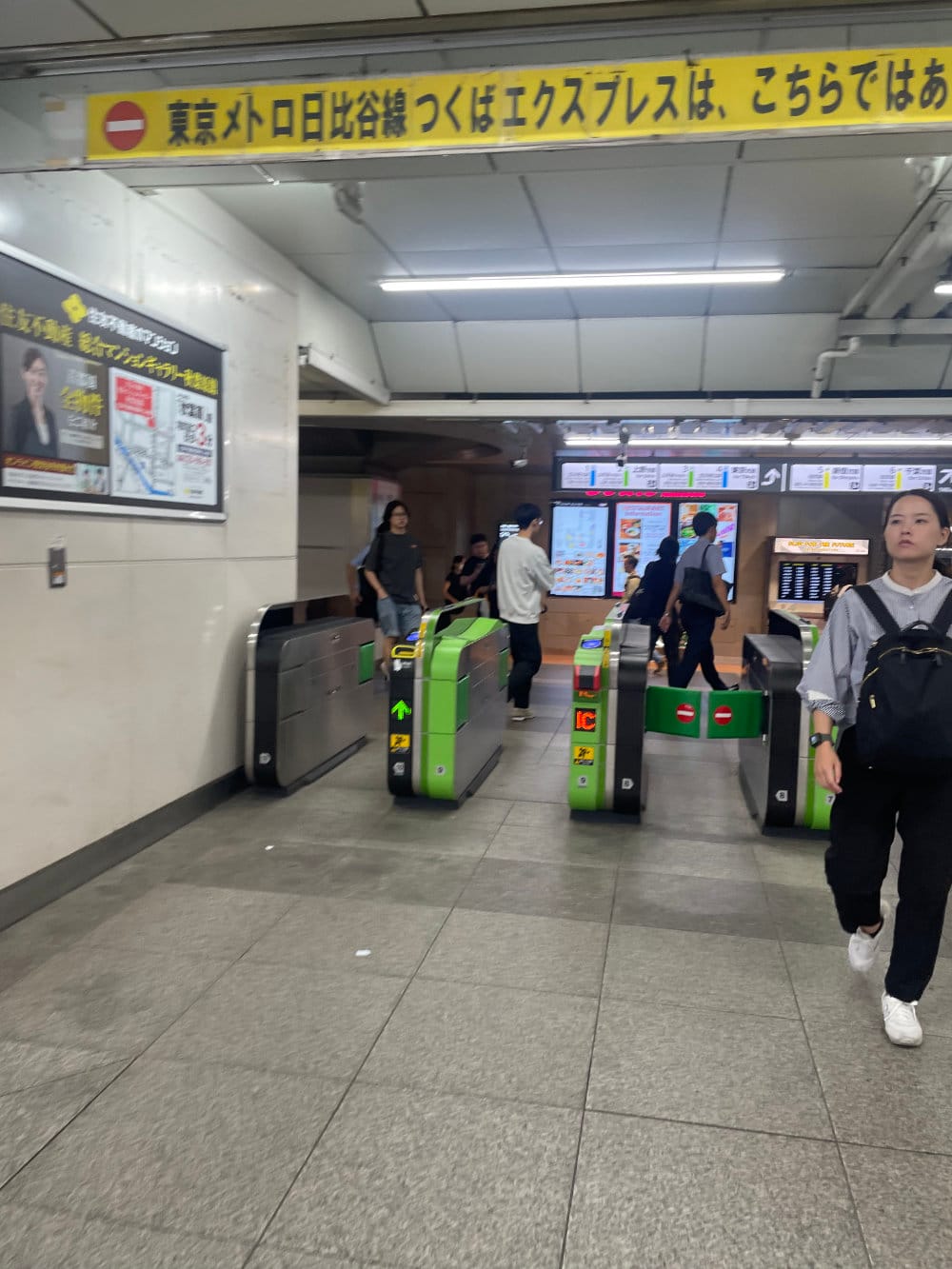
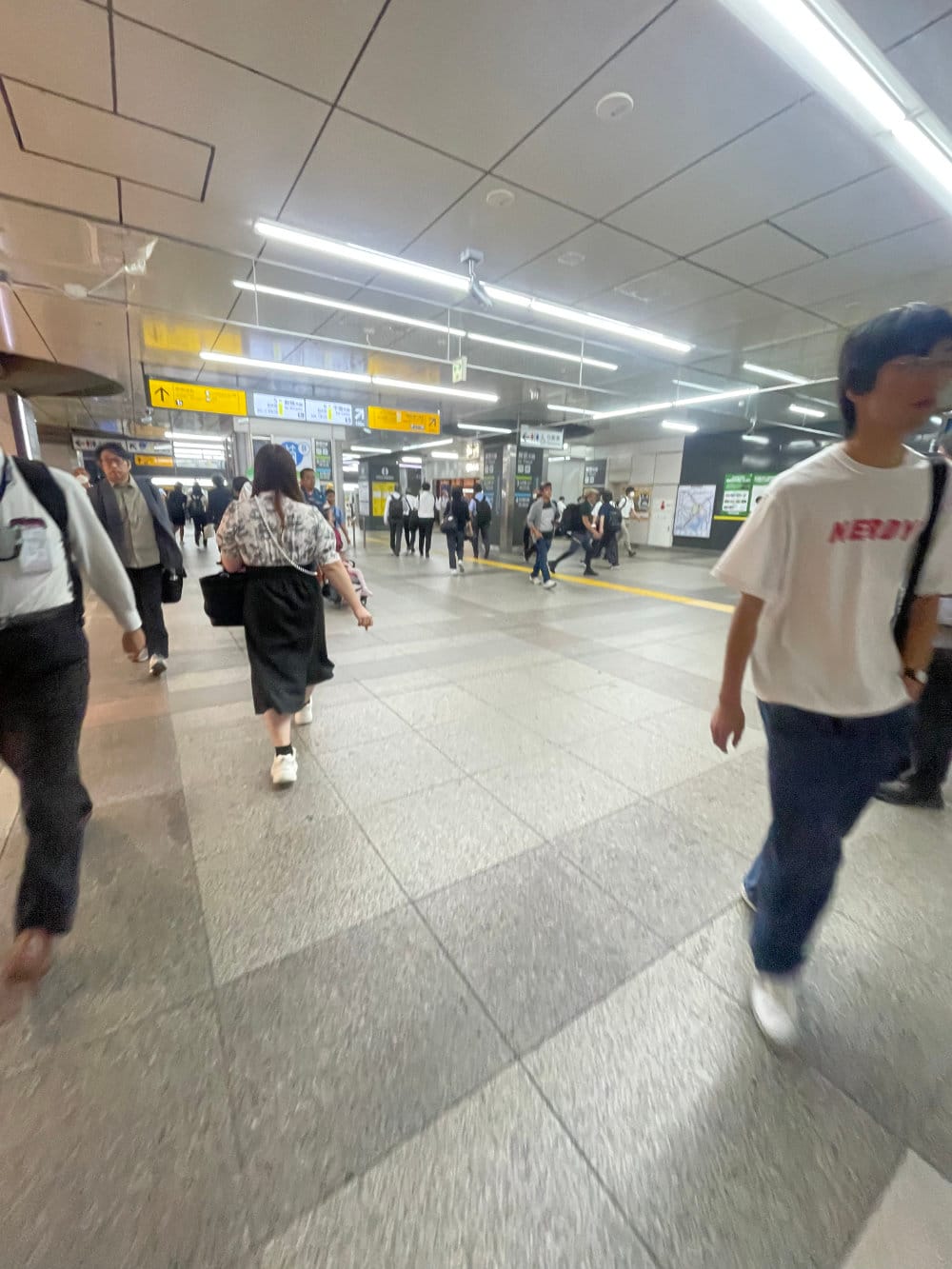
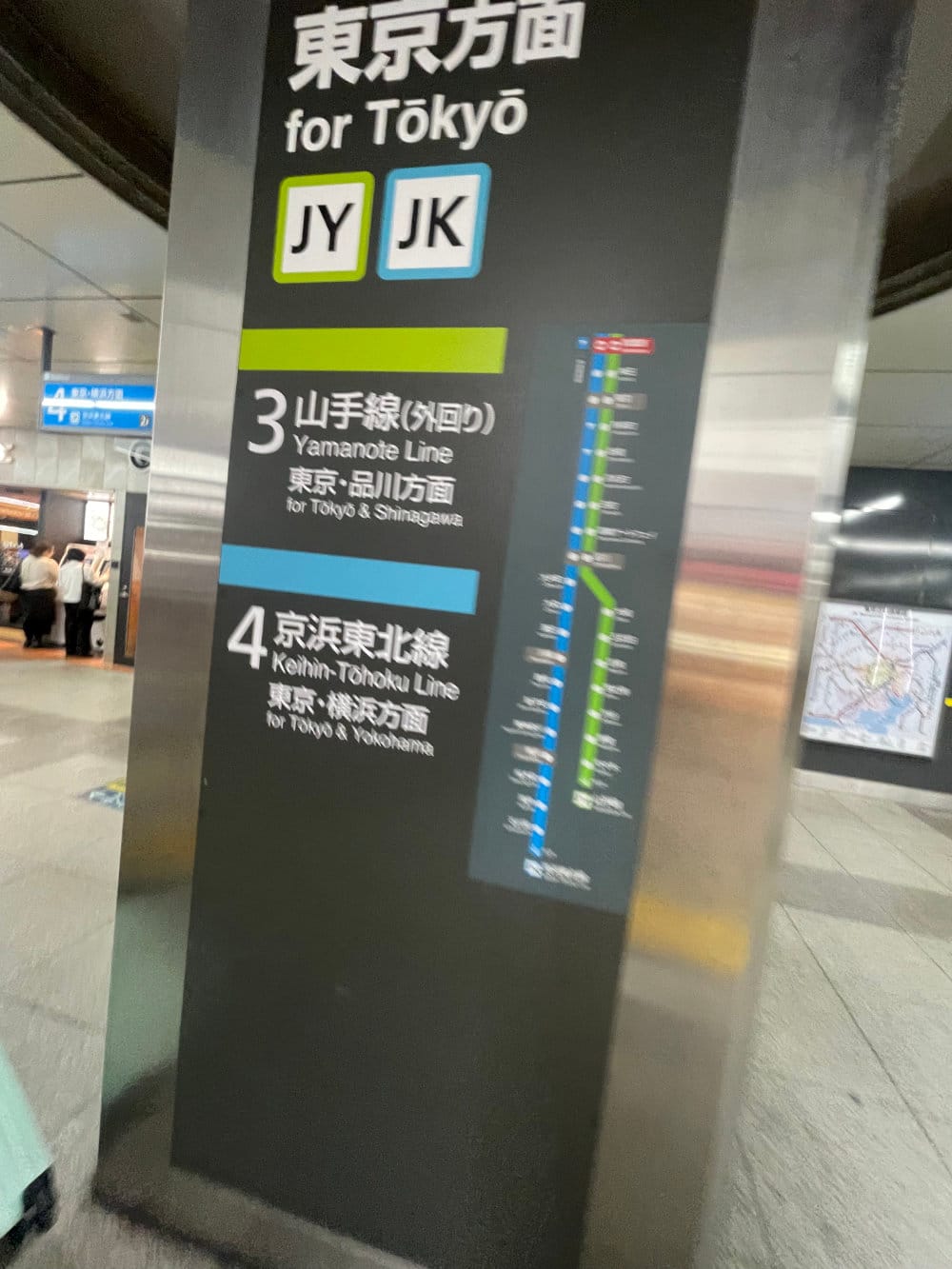
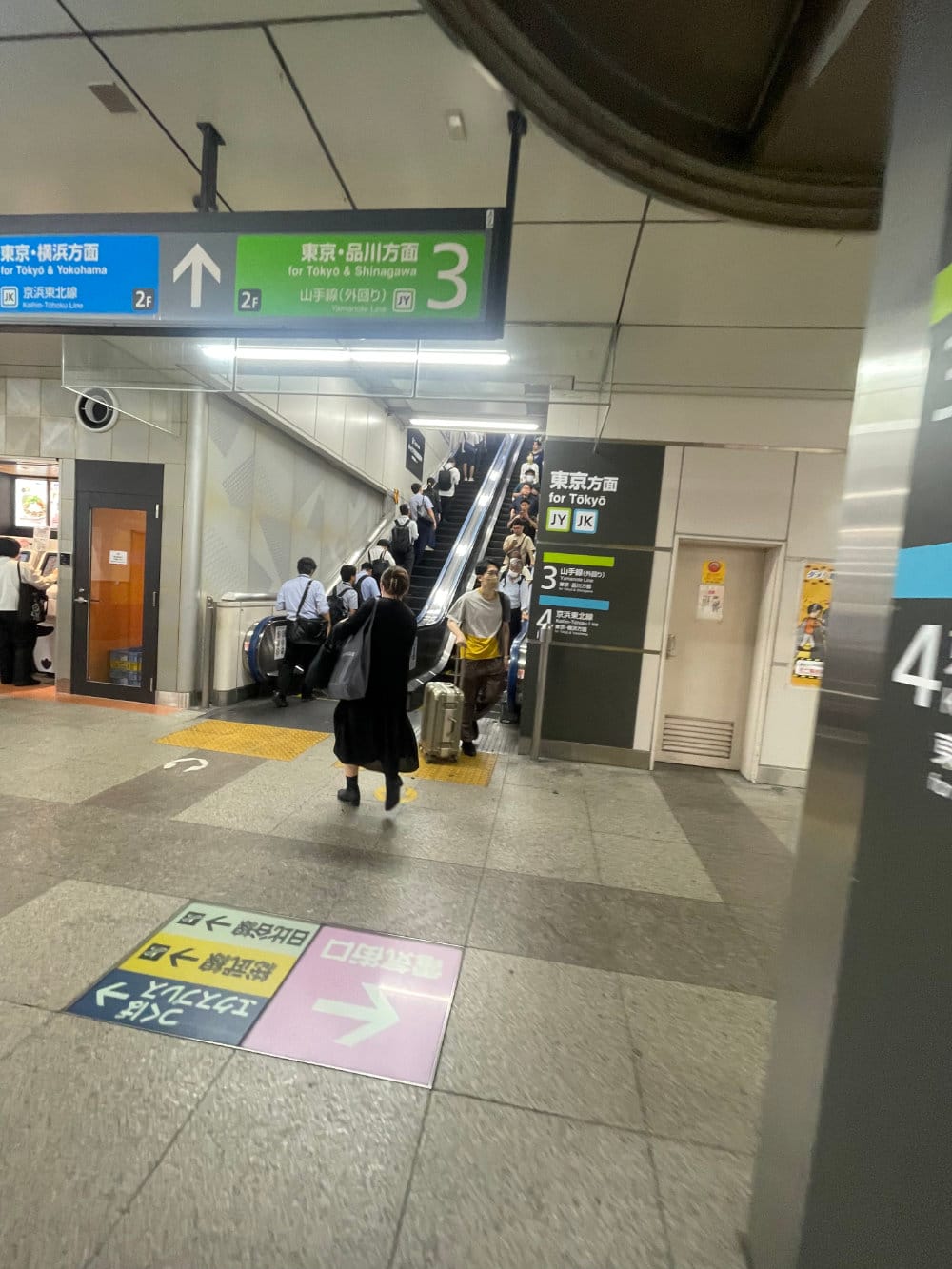
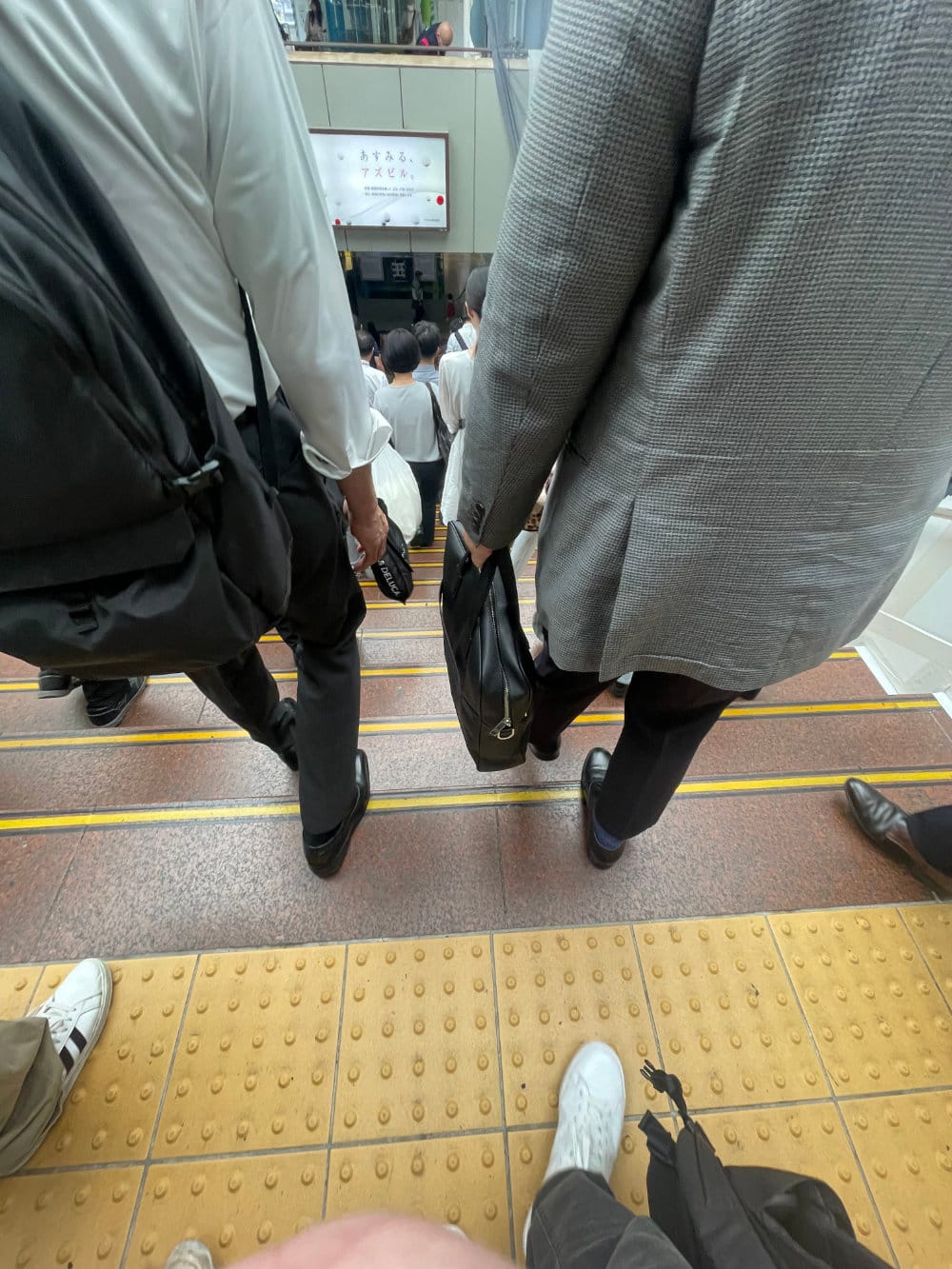
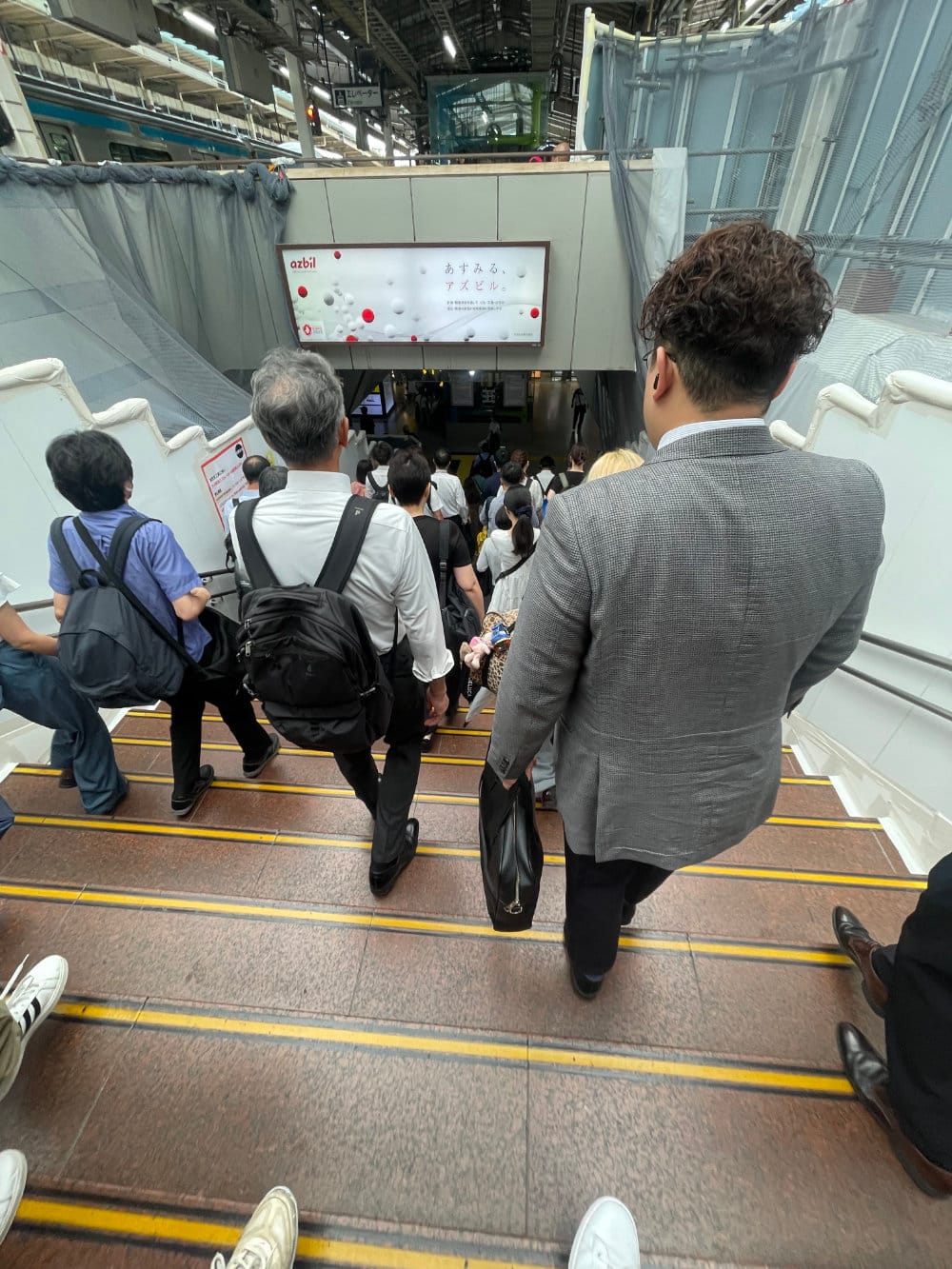
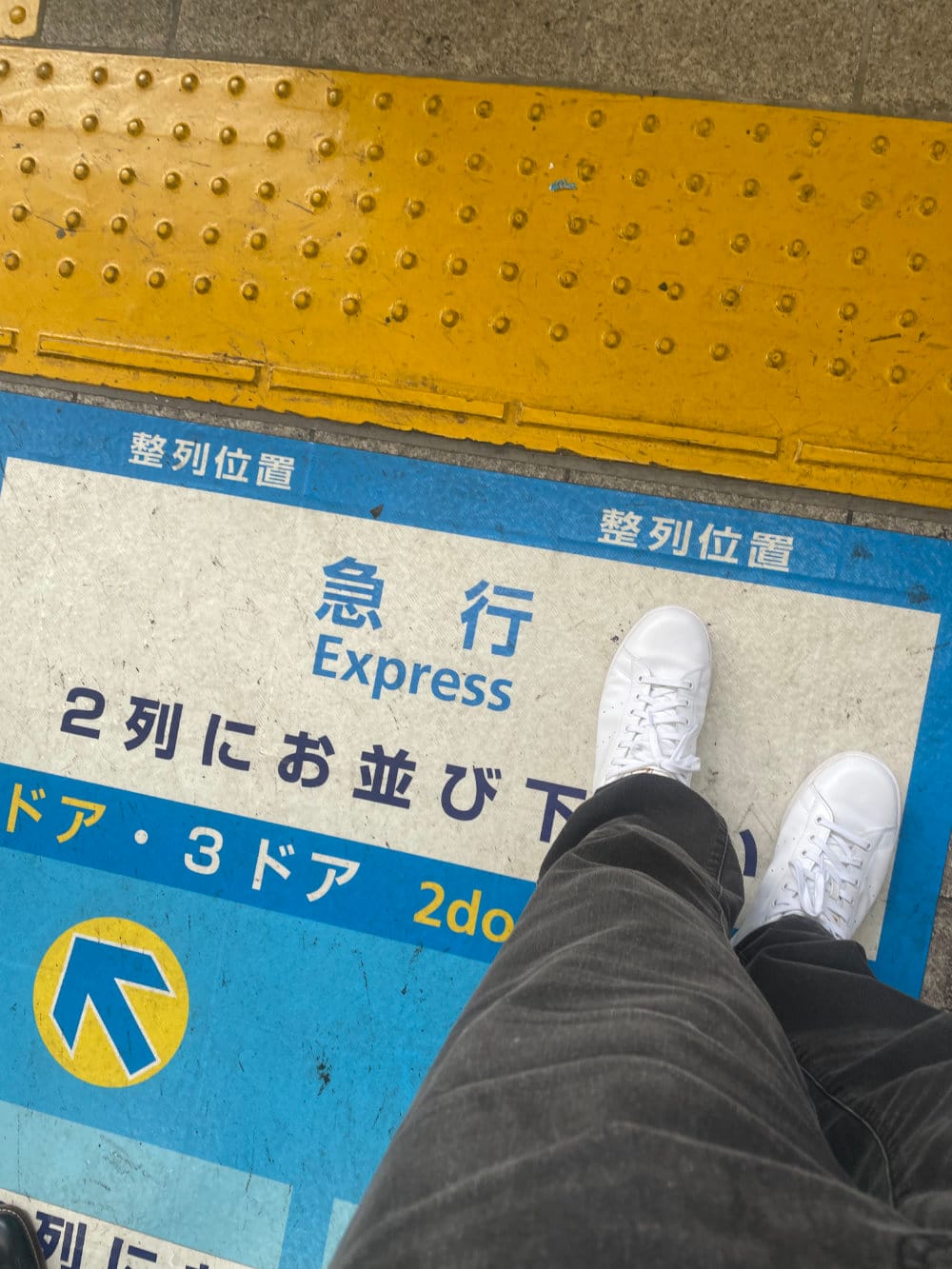
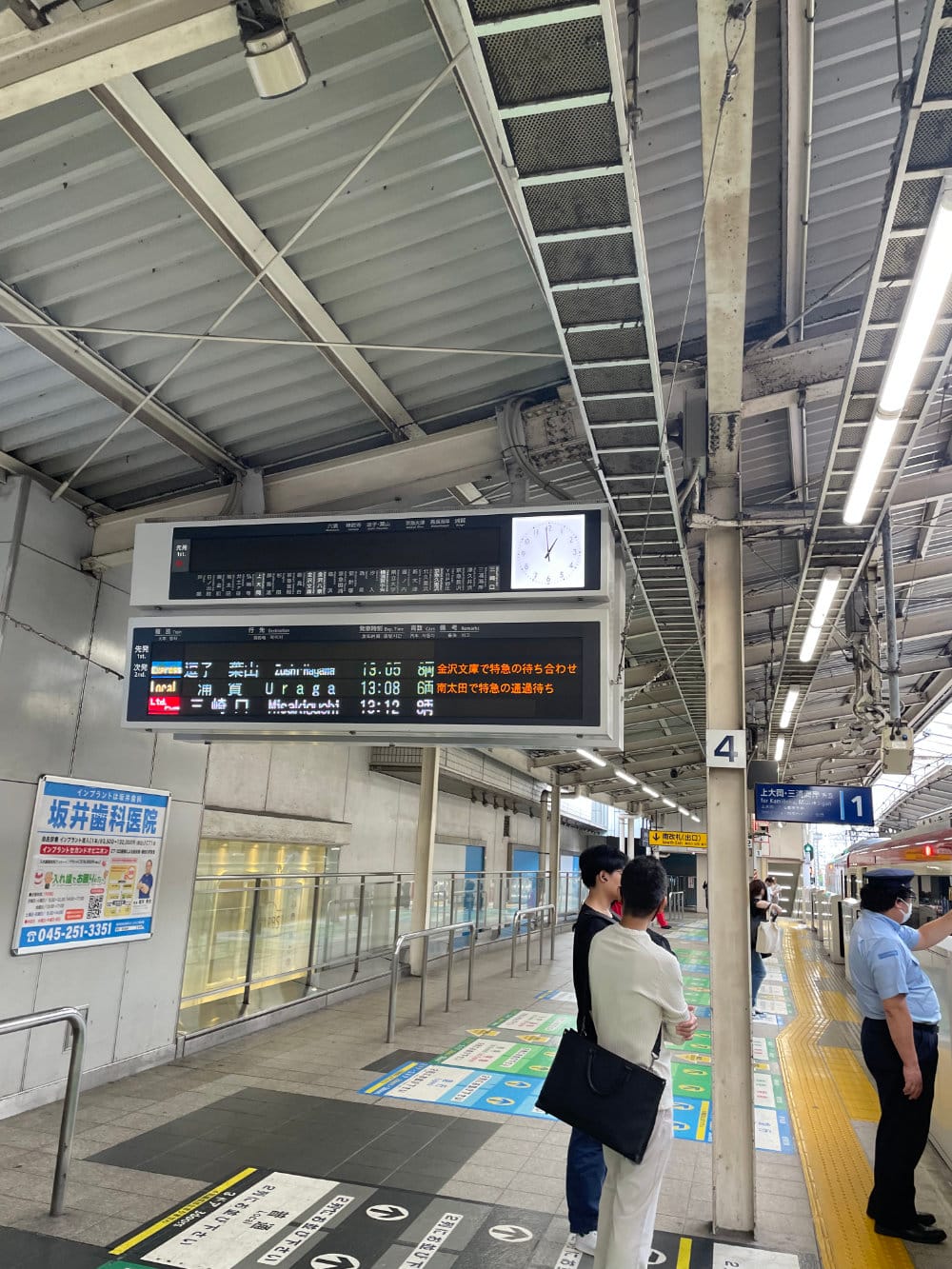
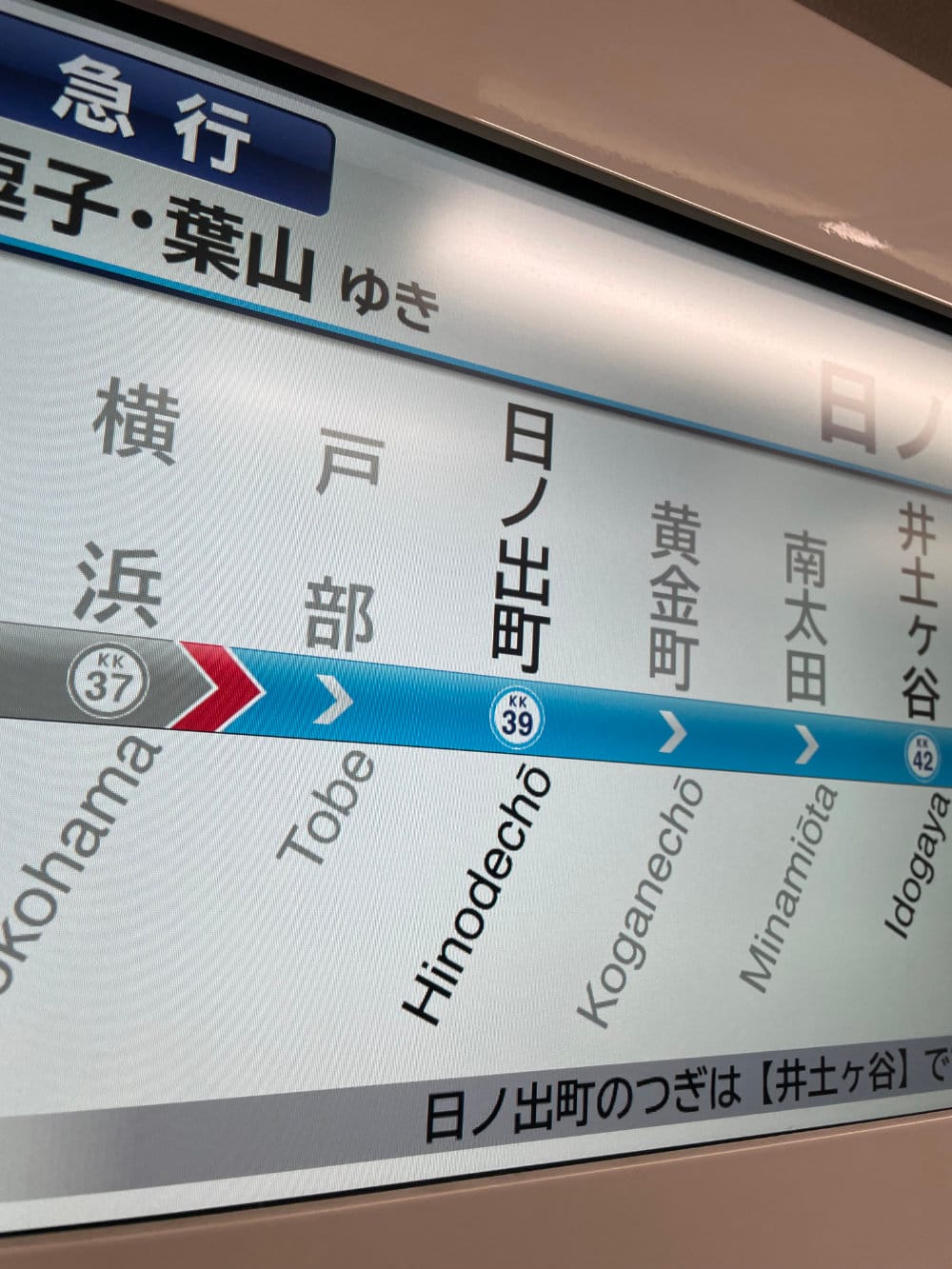
//
Hinodecho Station. That's my stop. Home.
//
Until next time...
